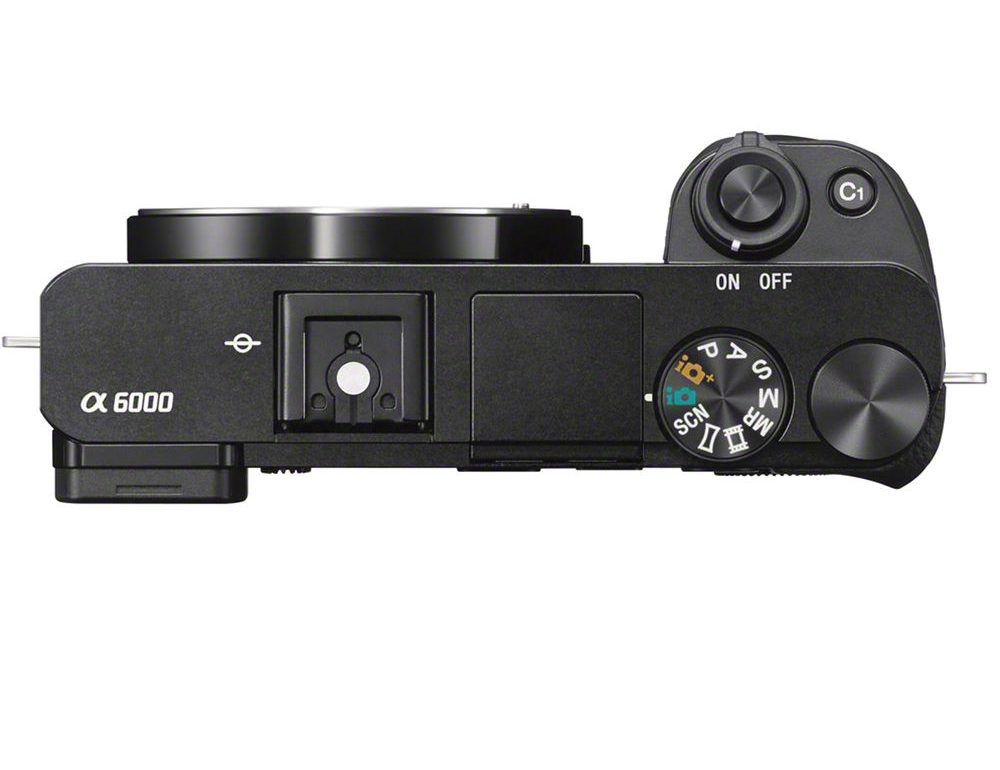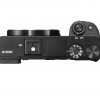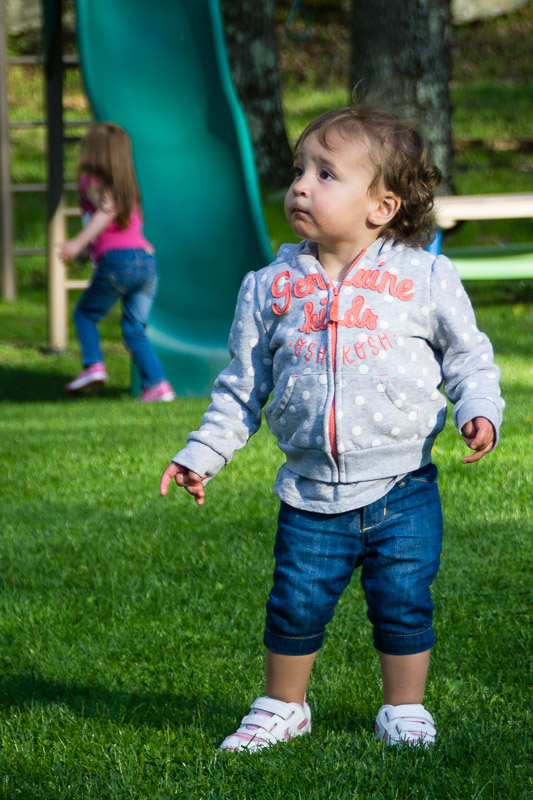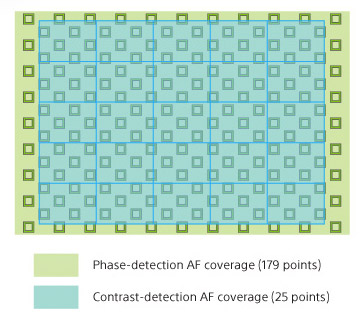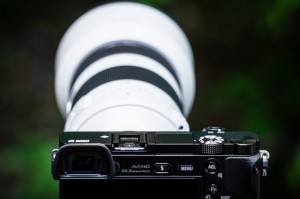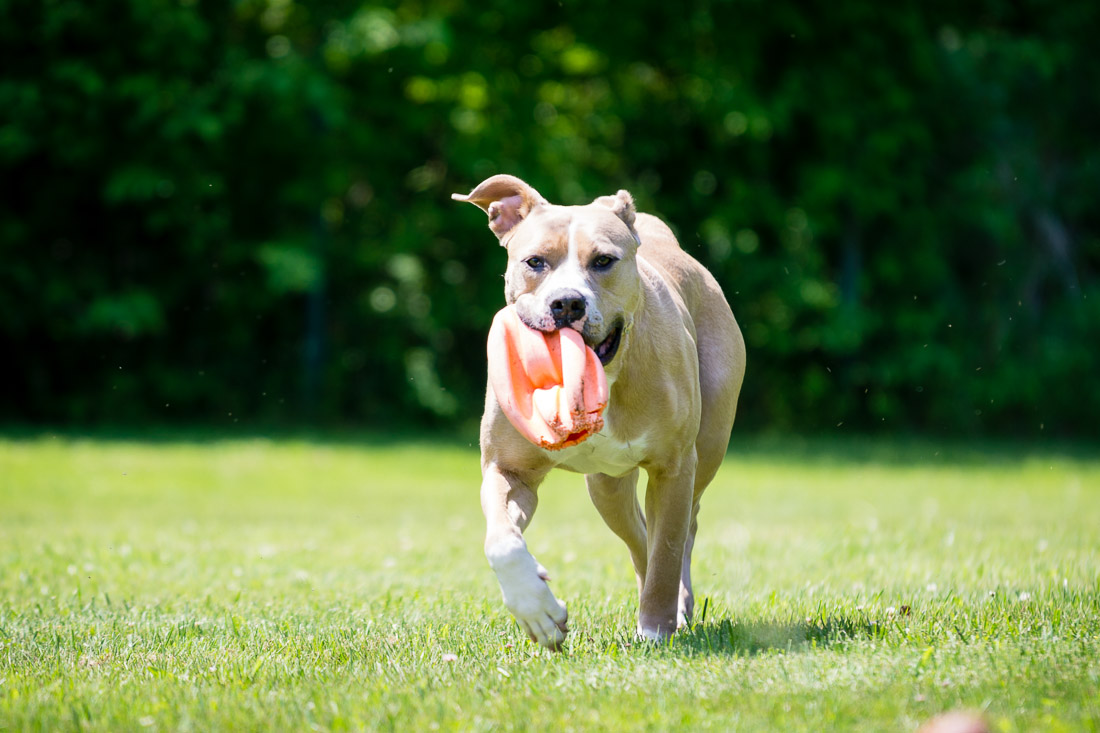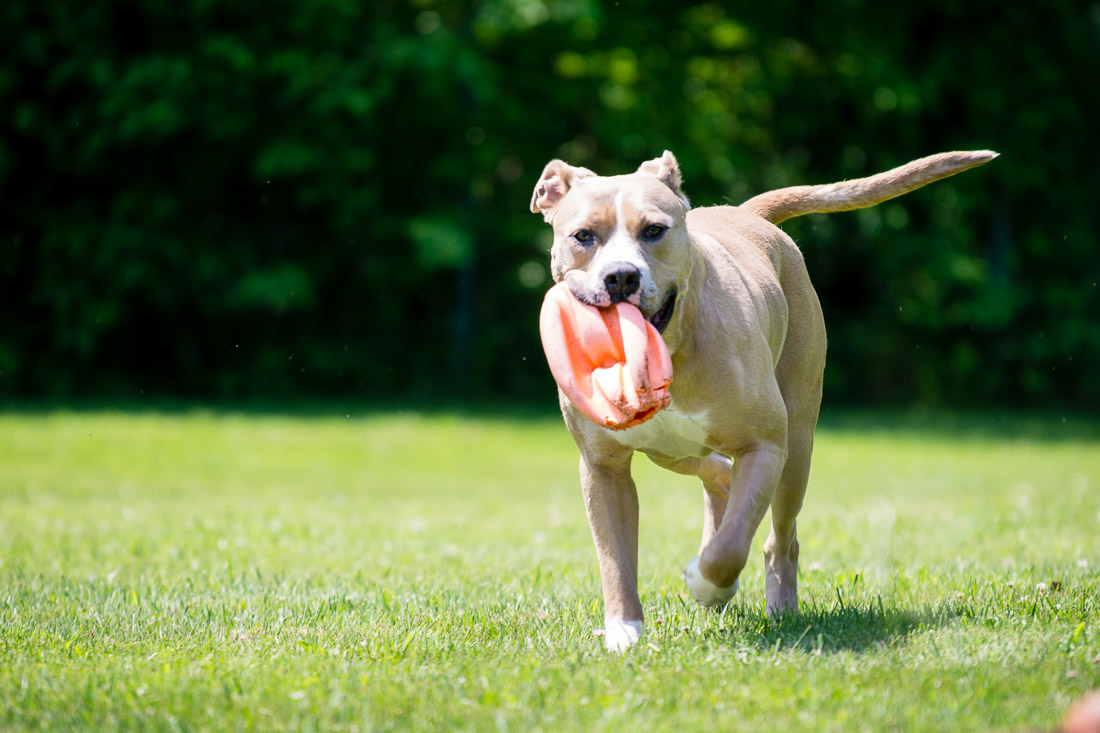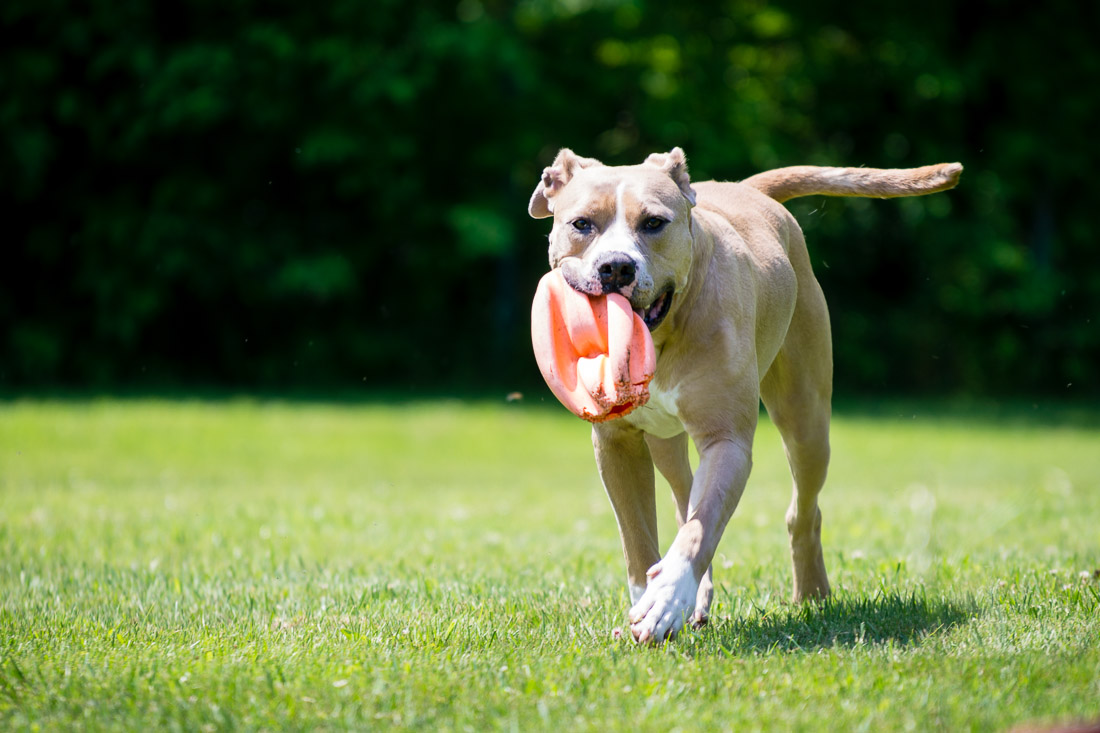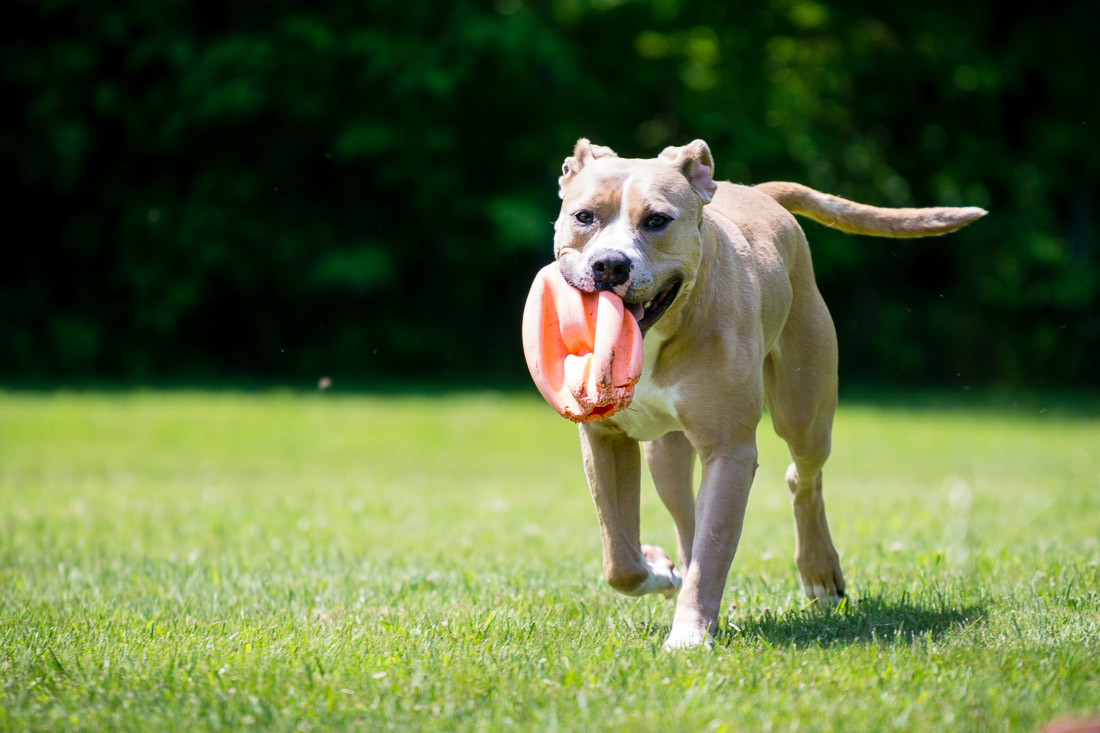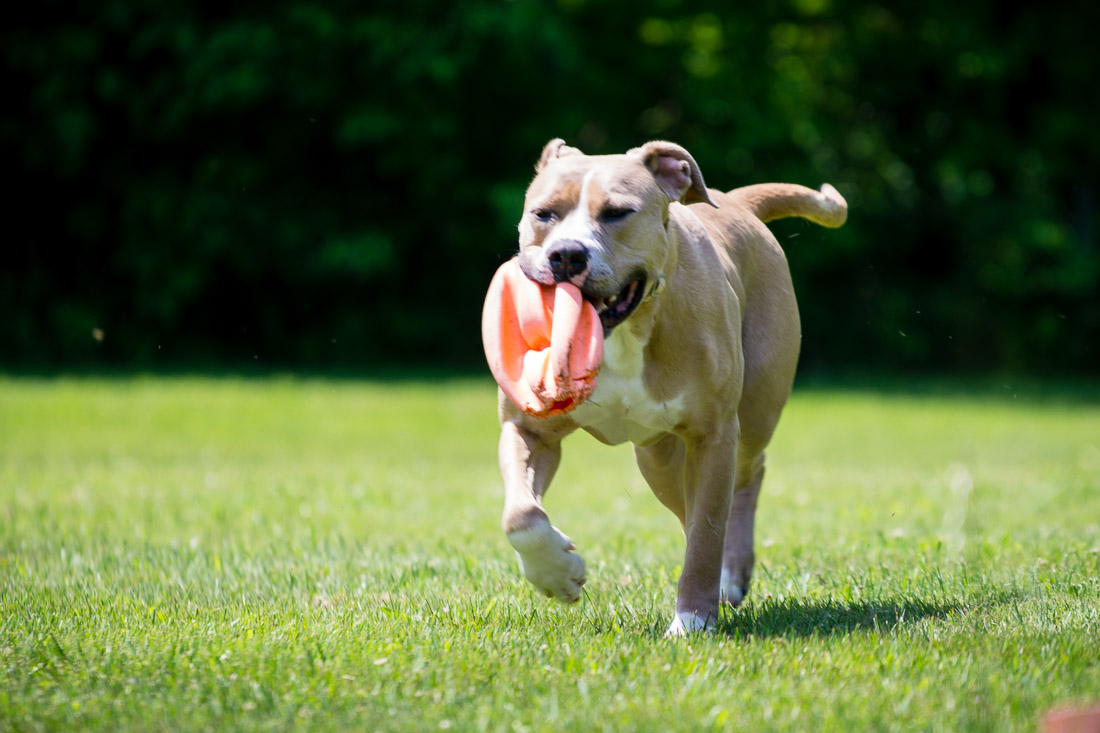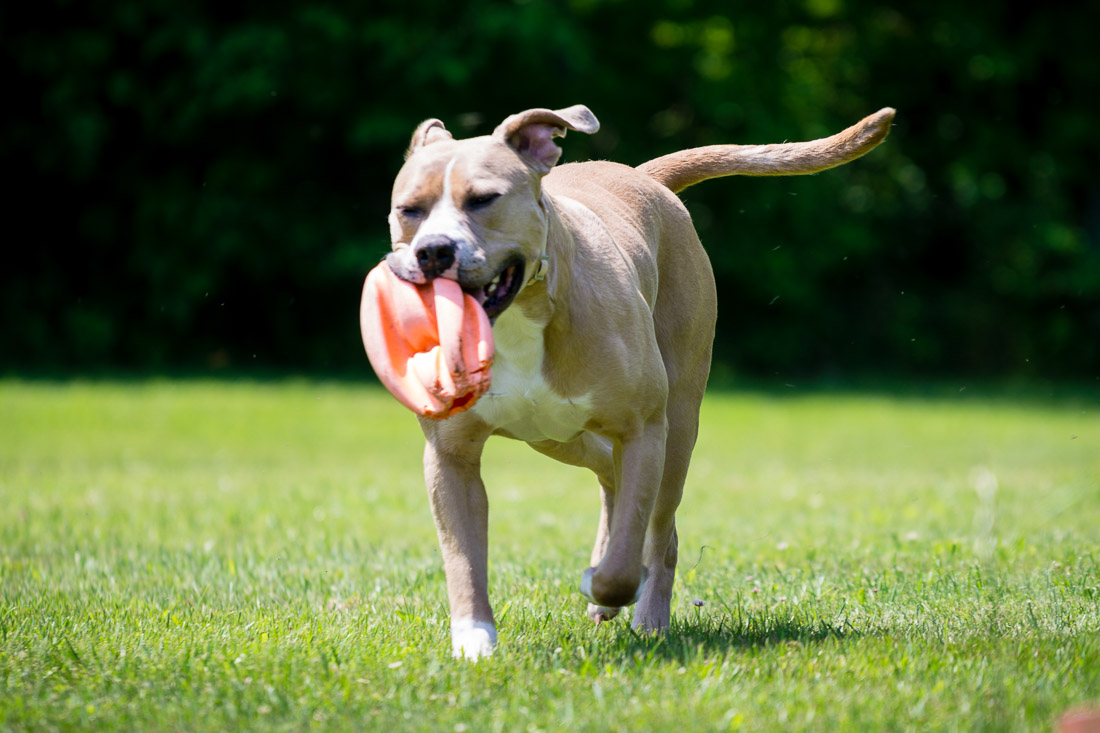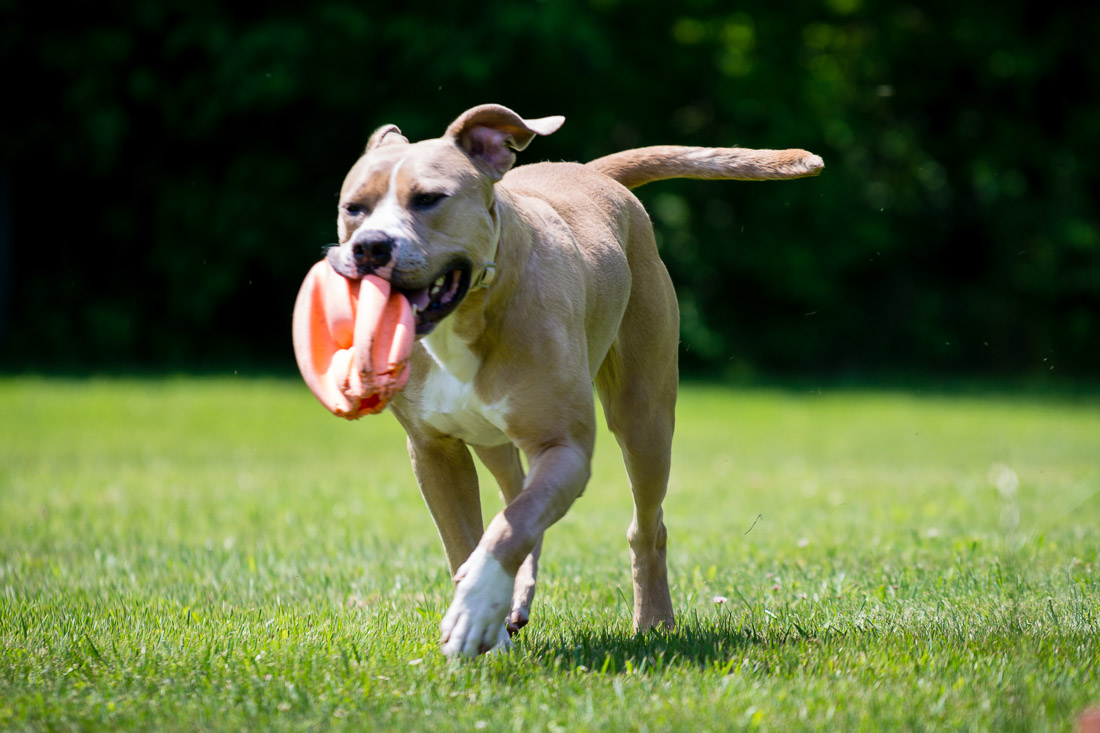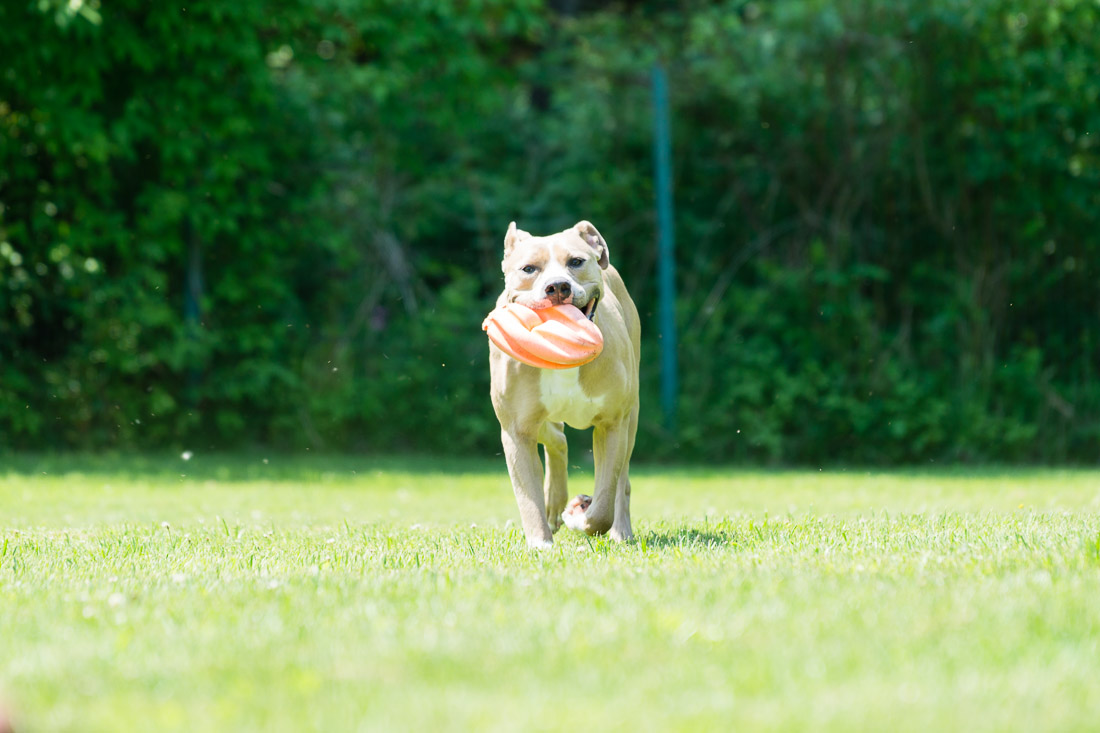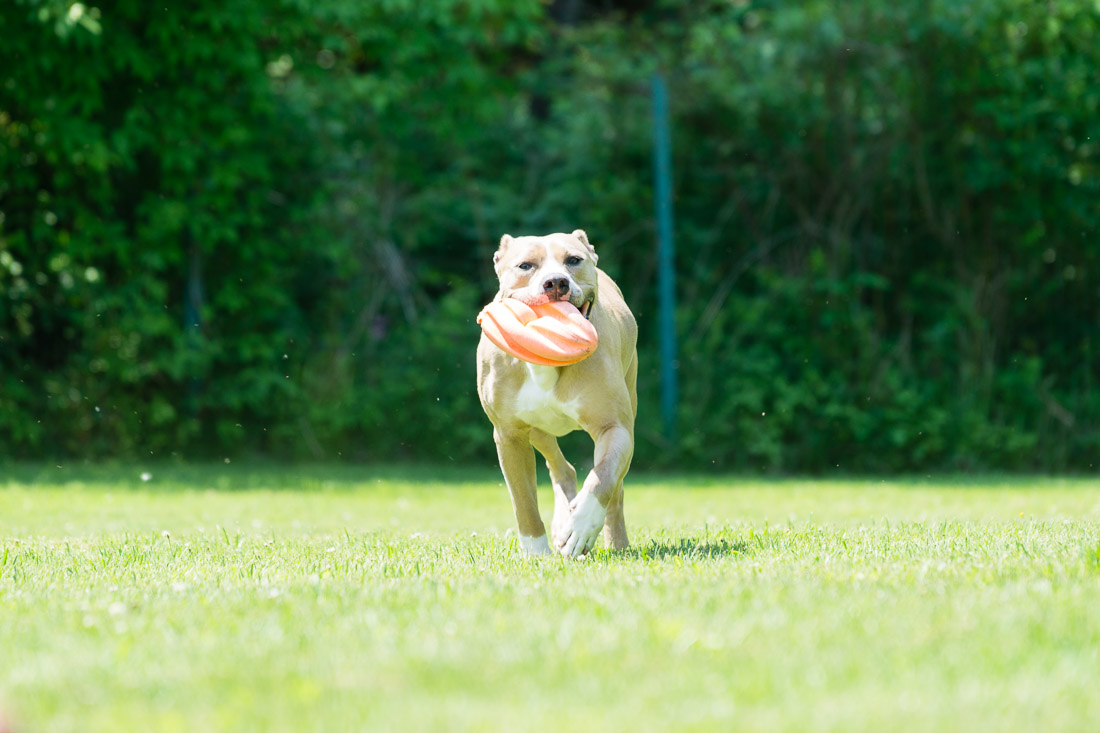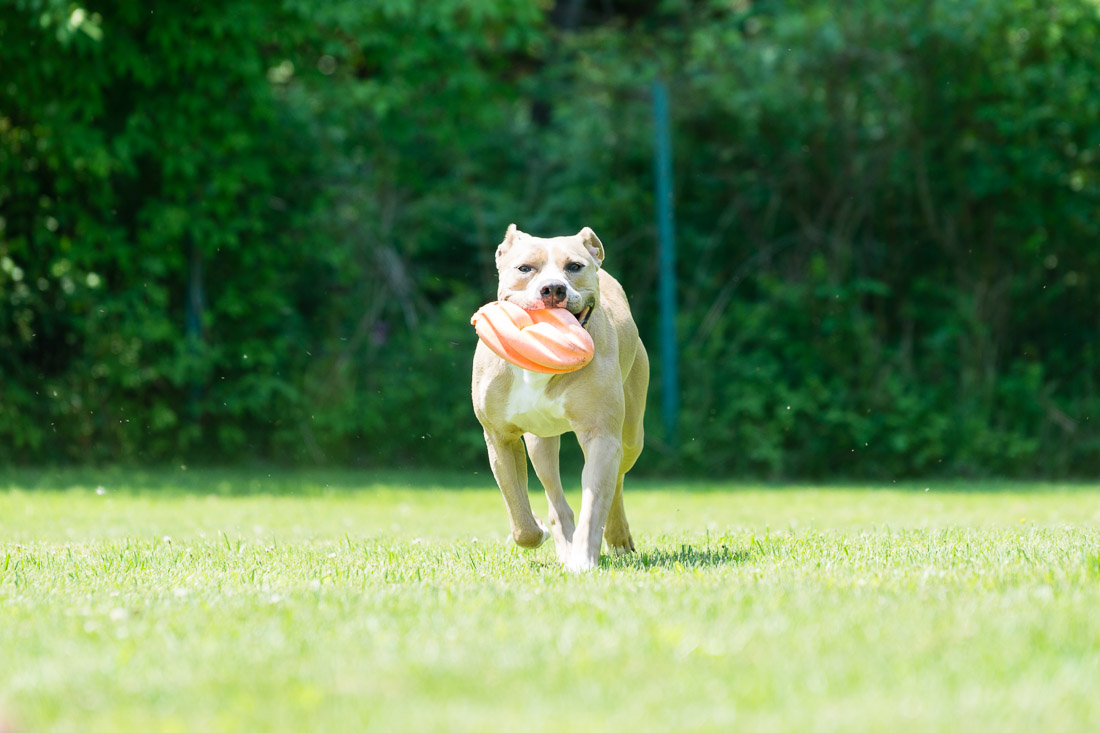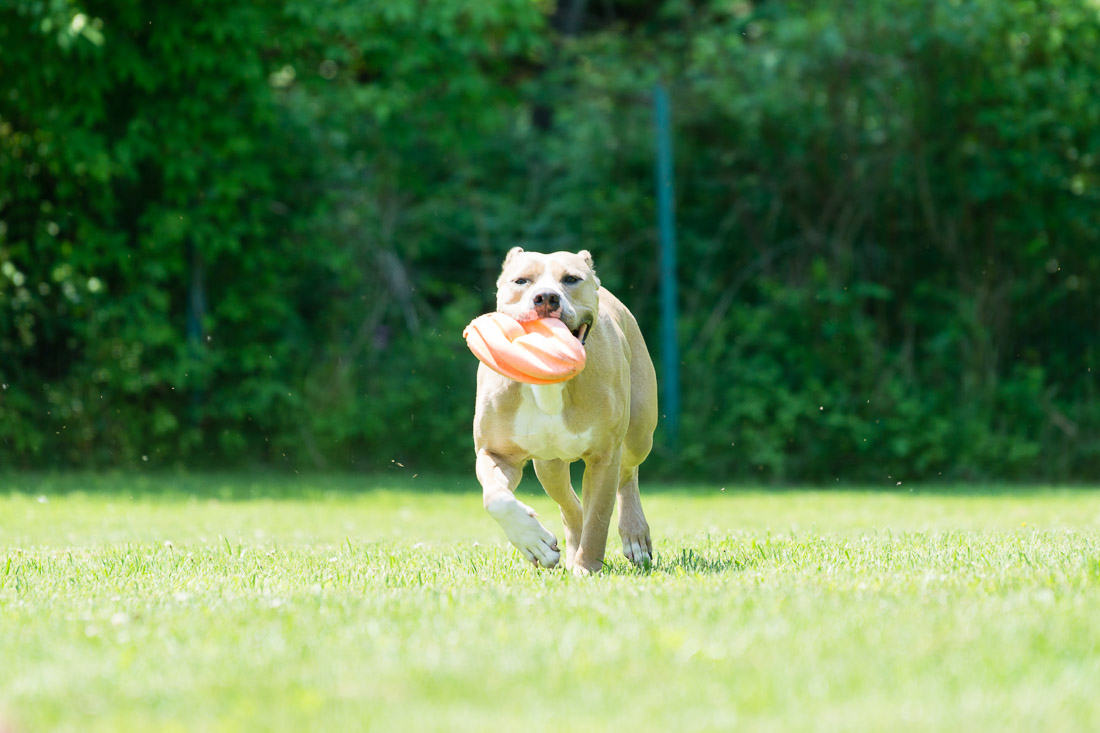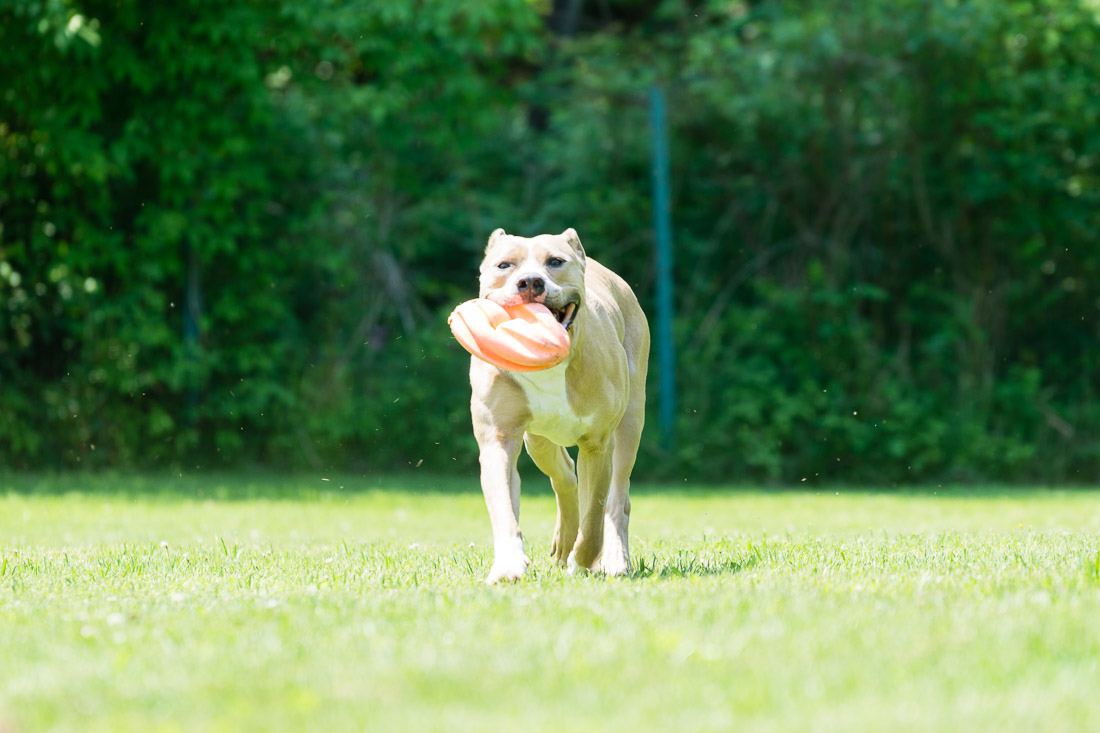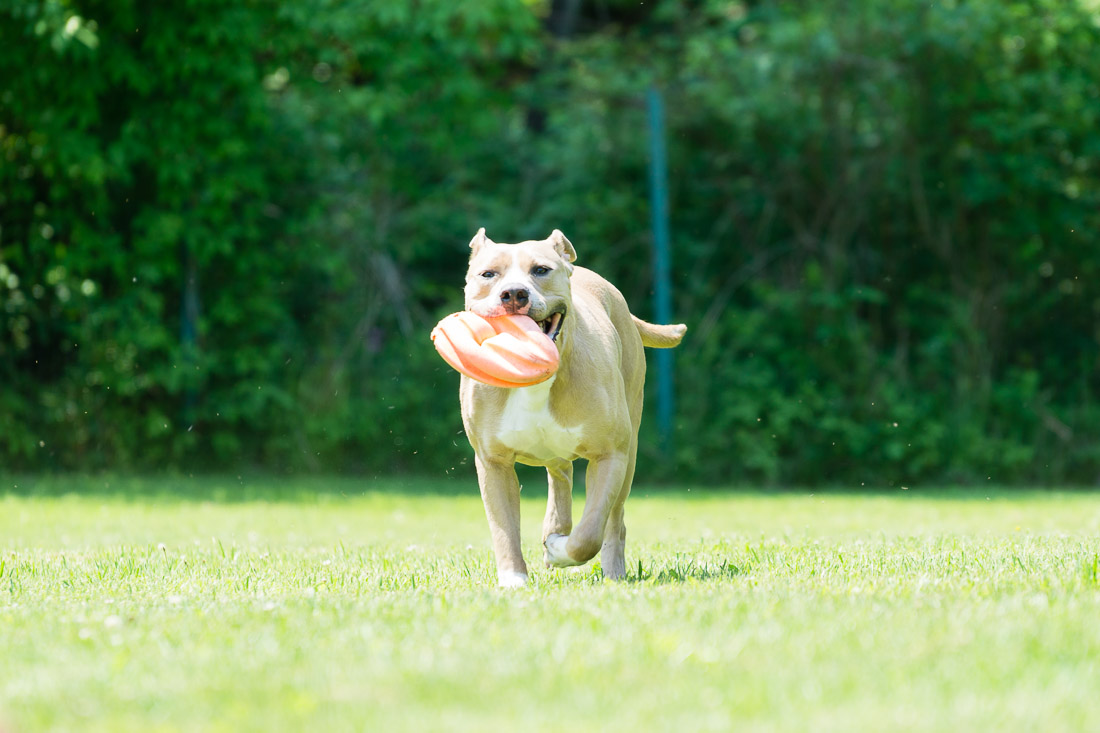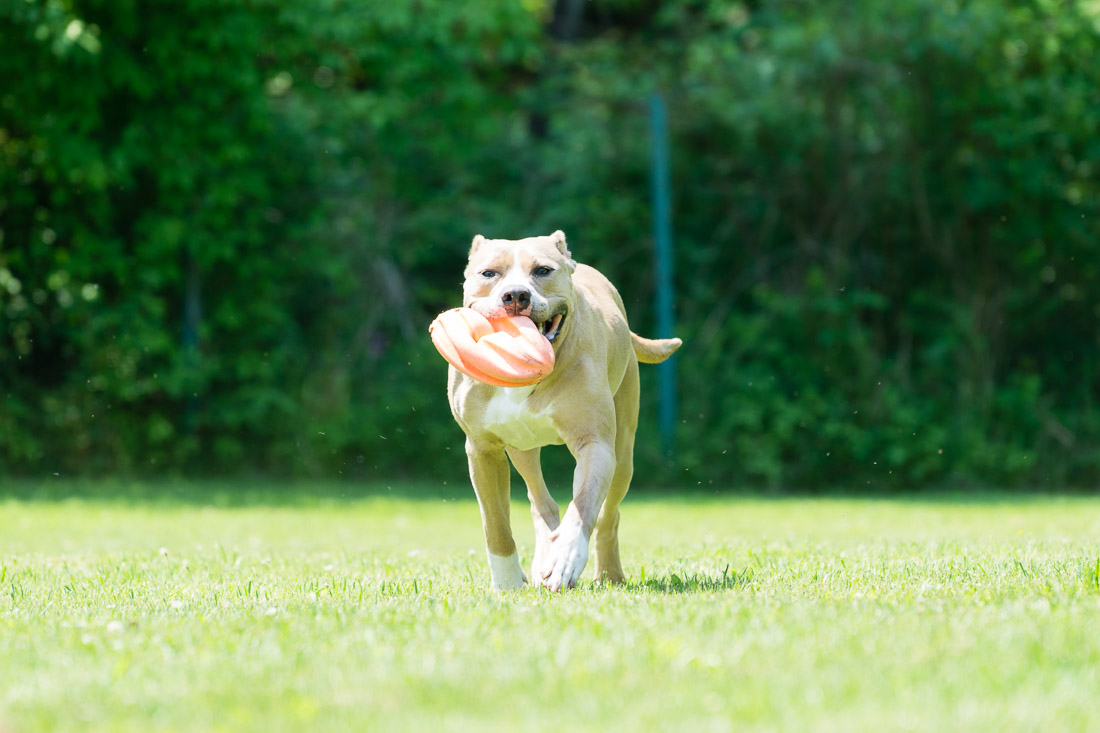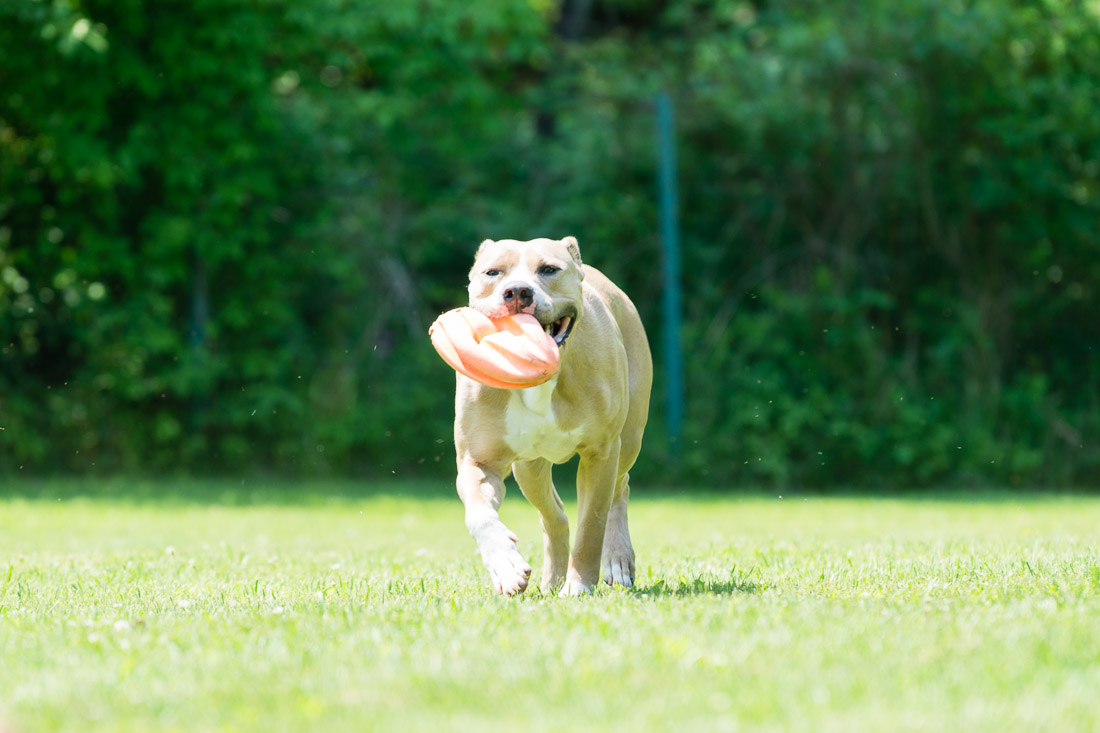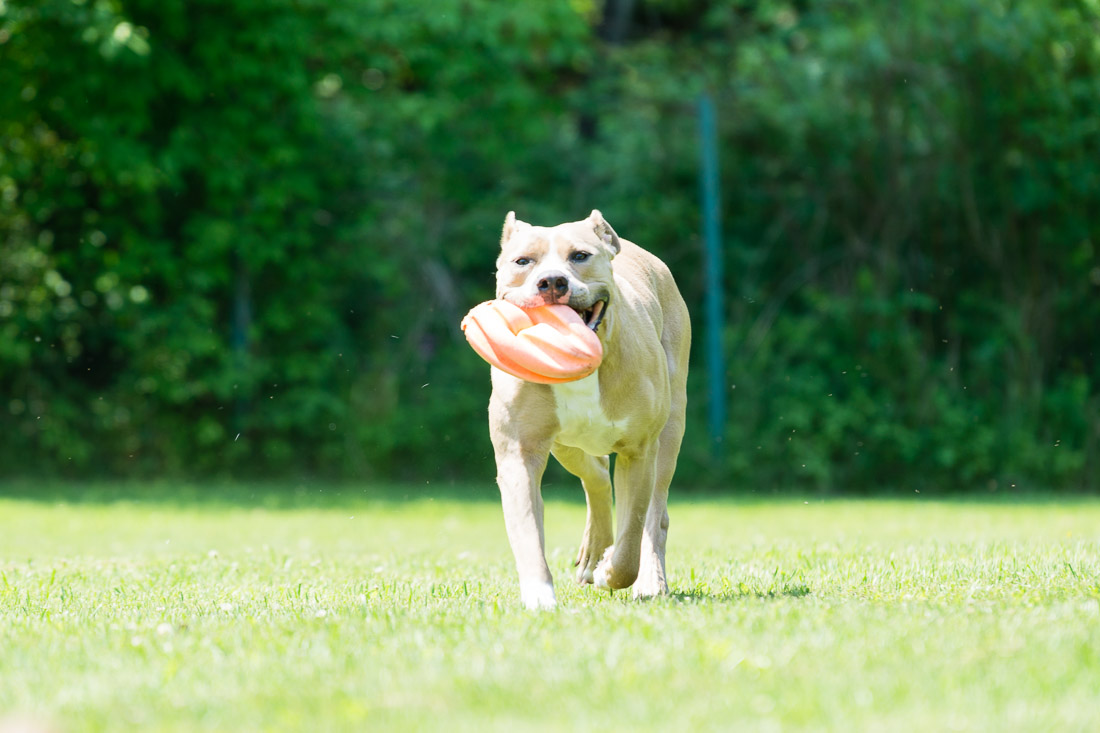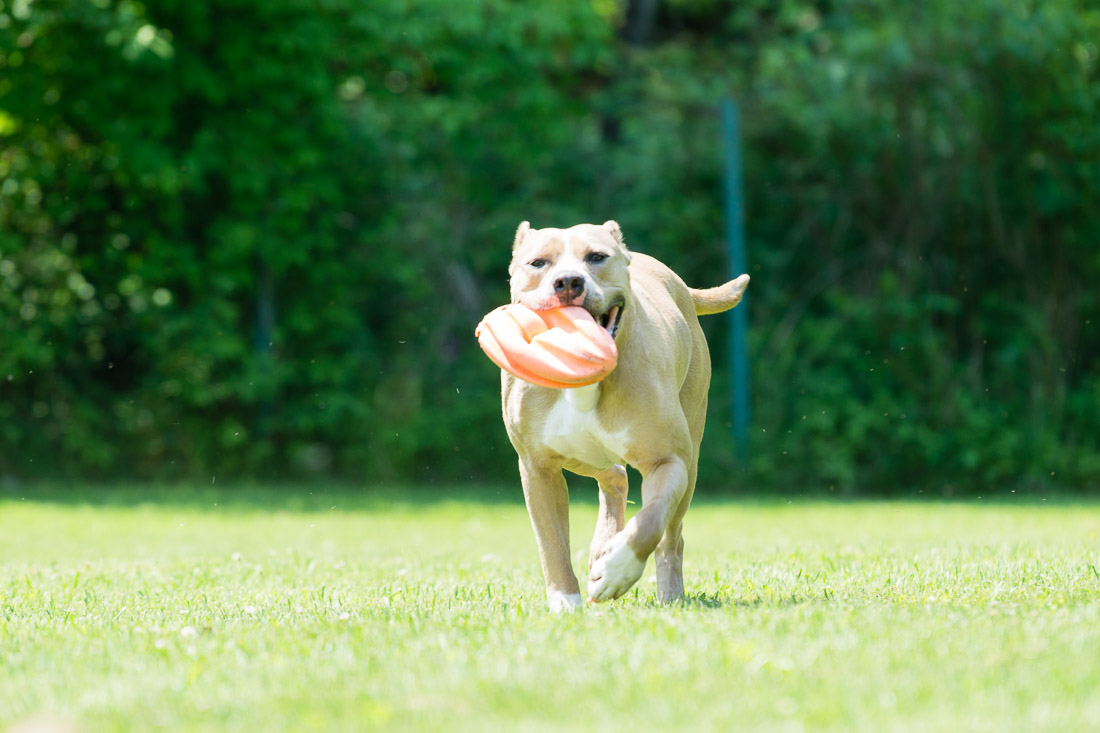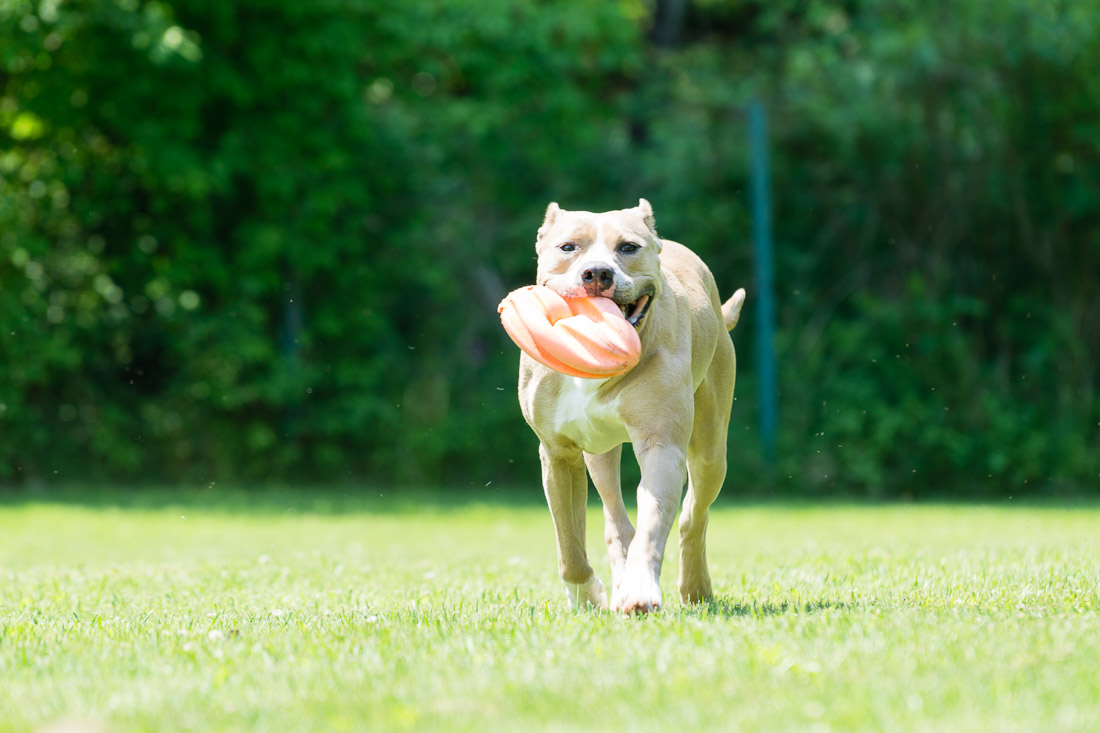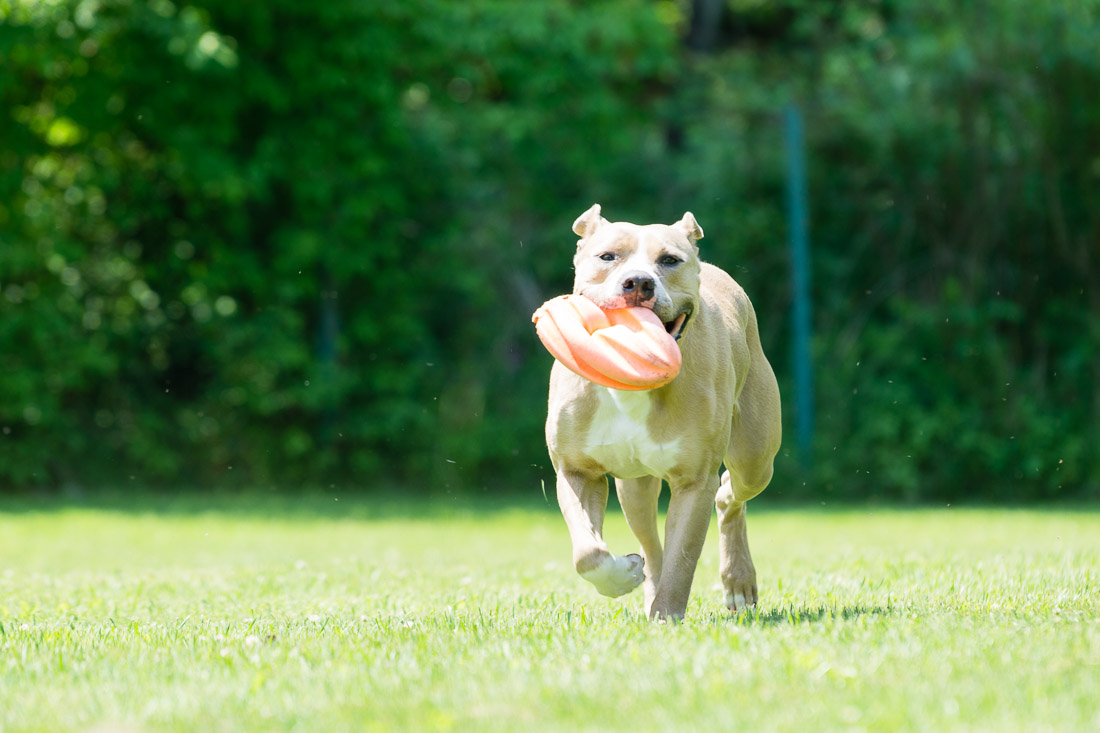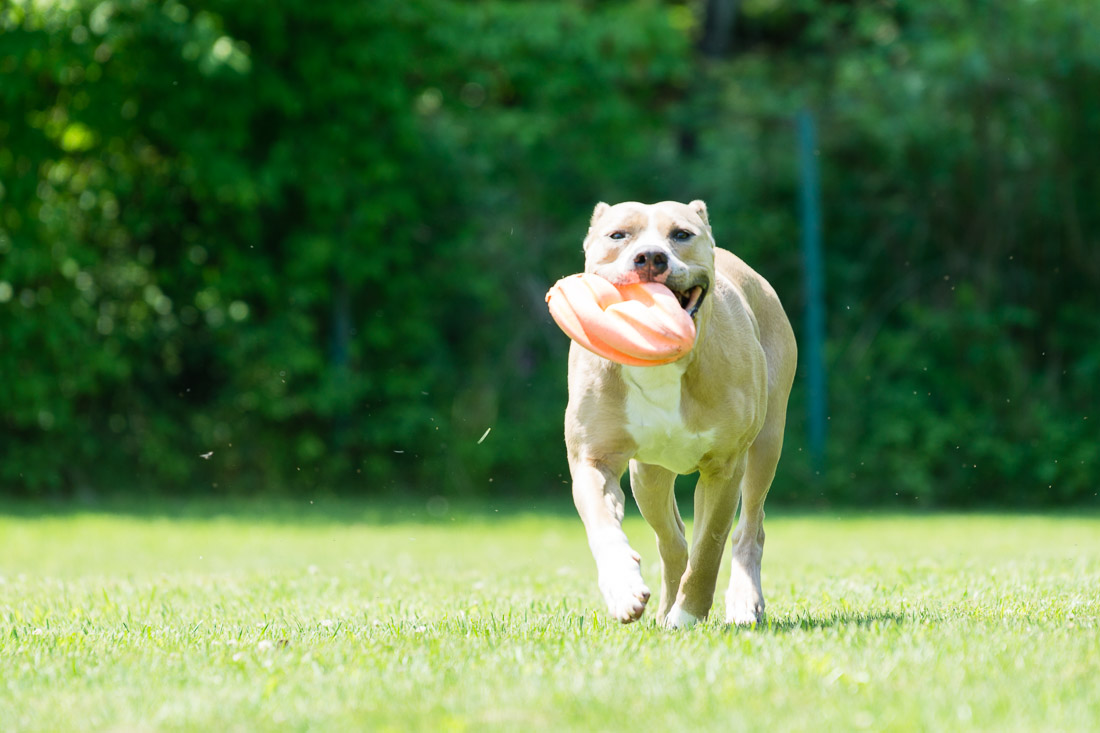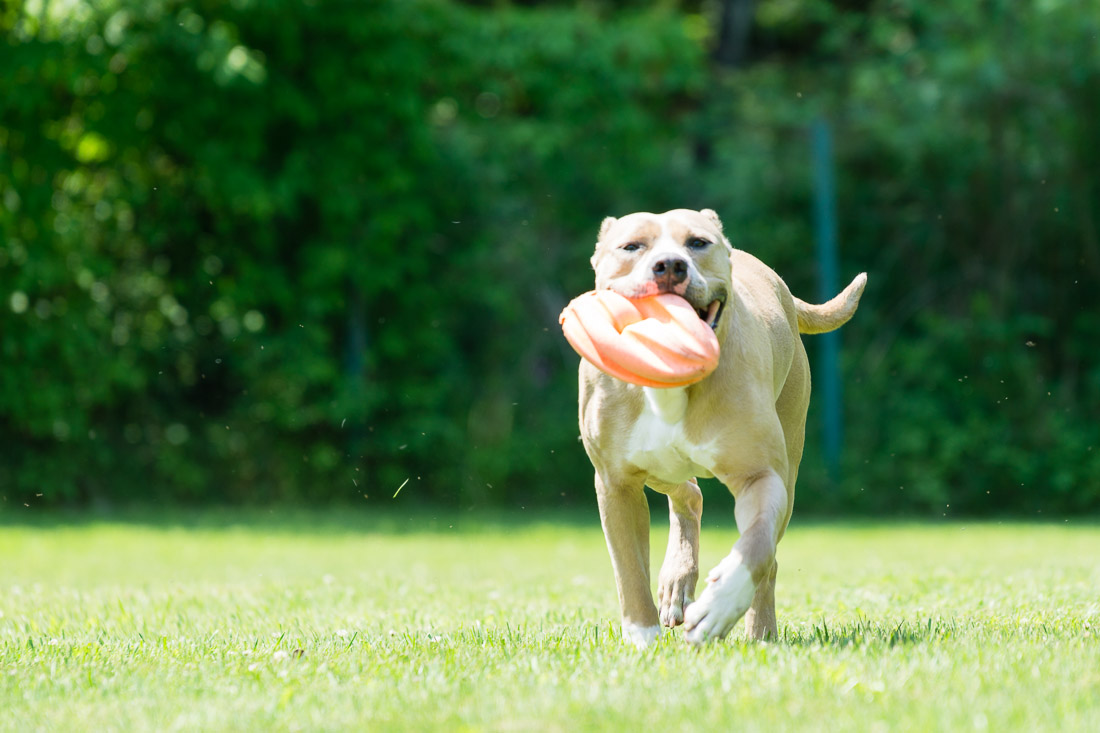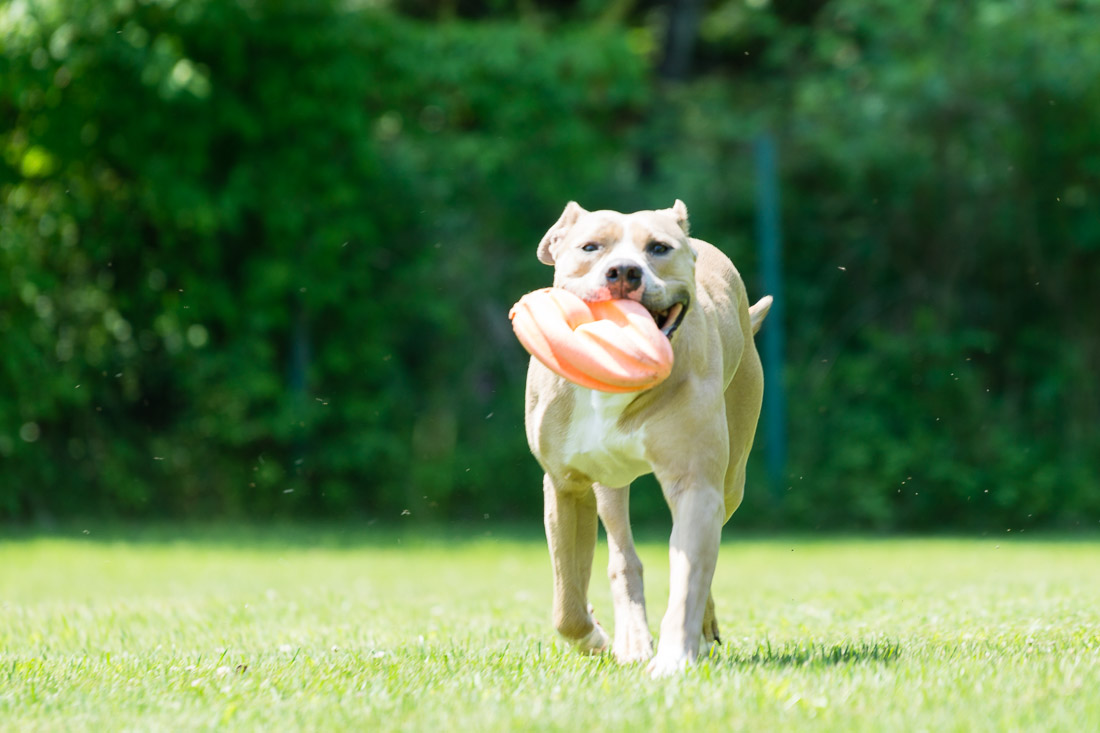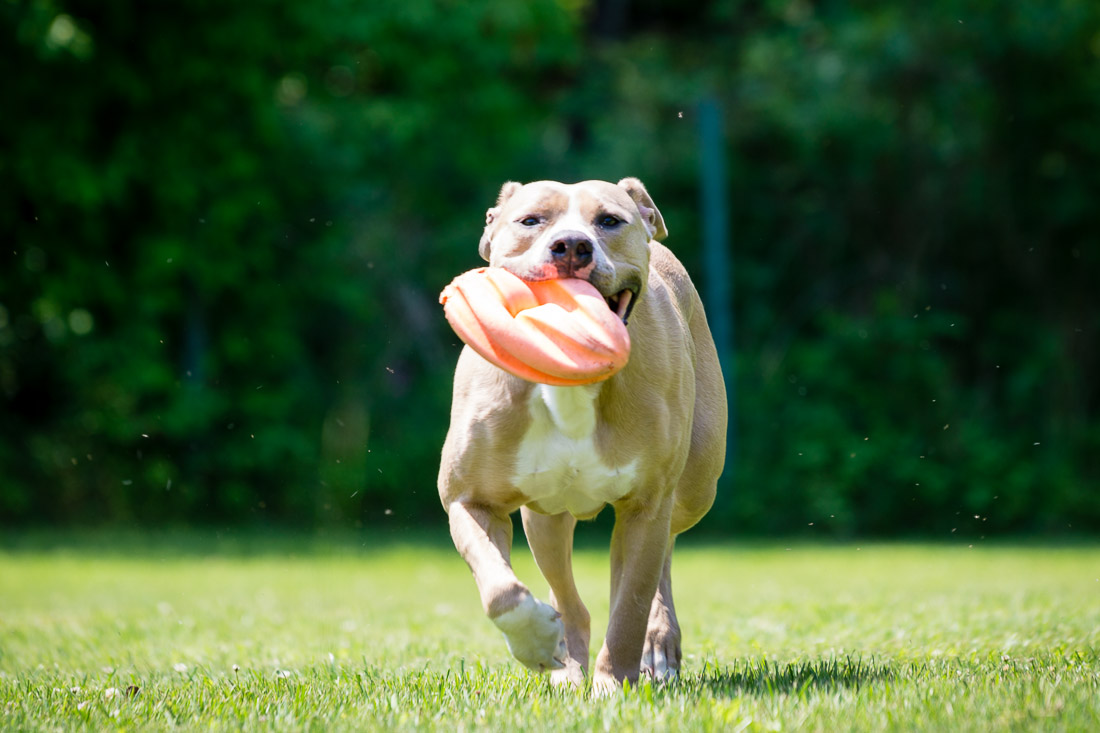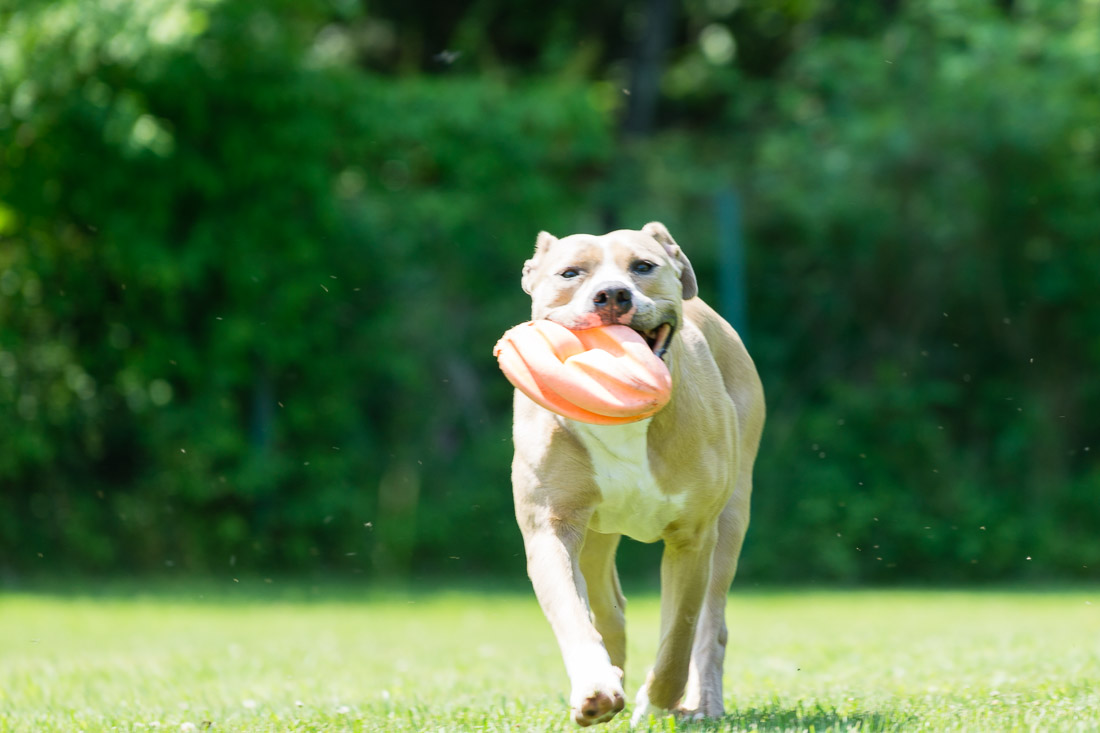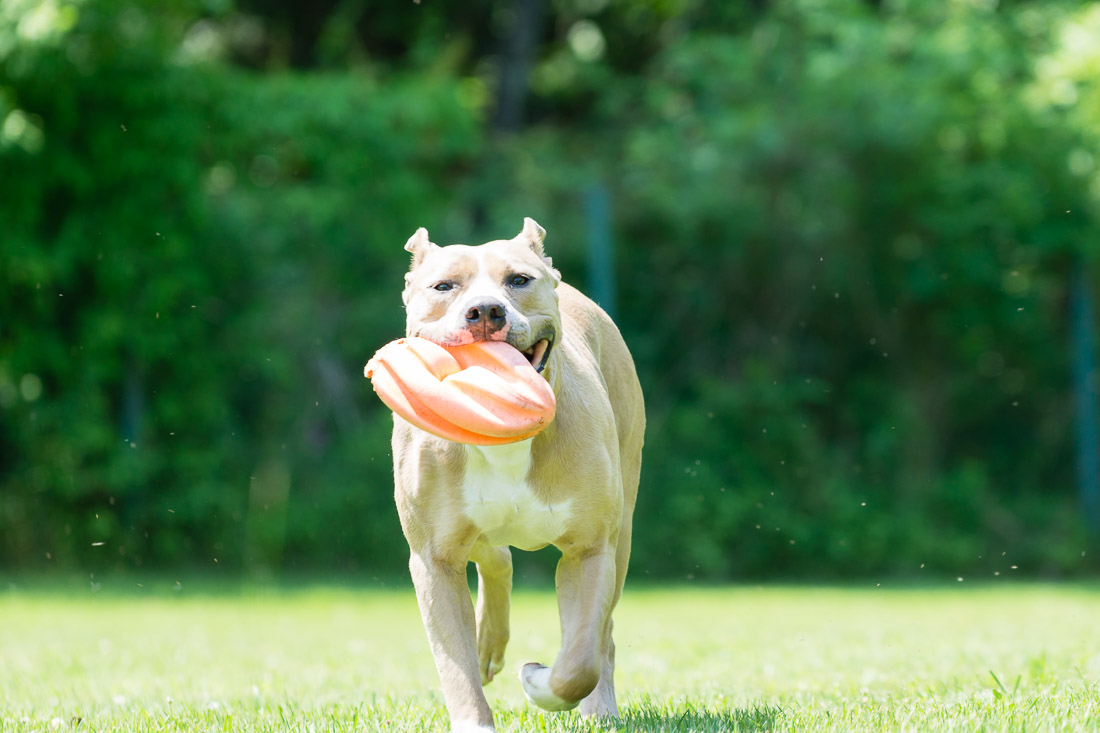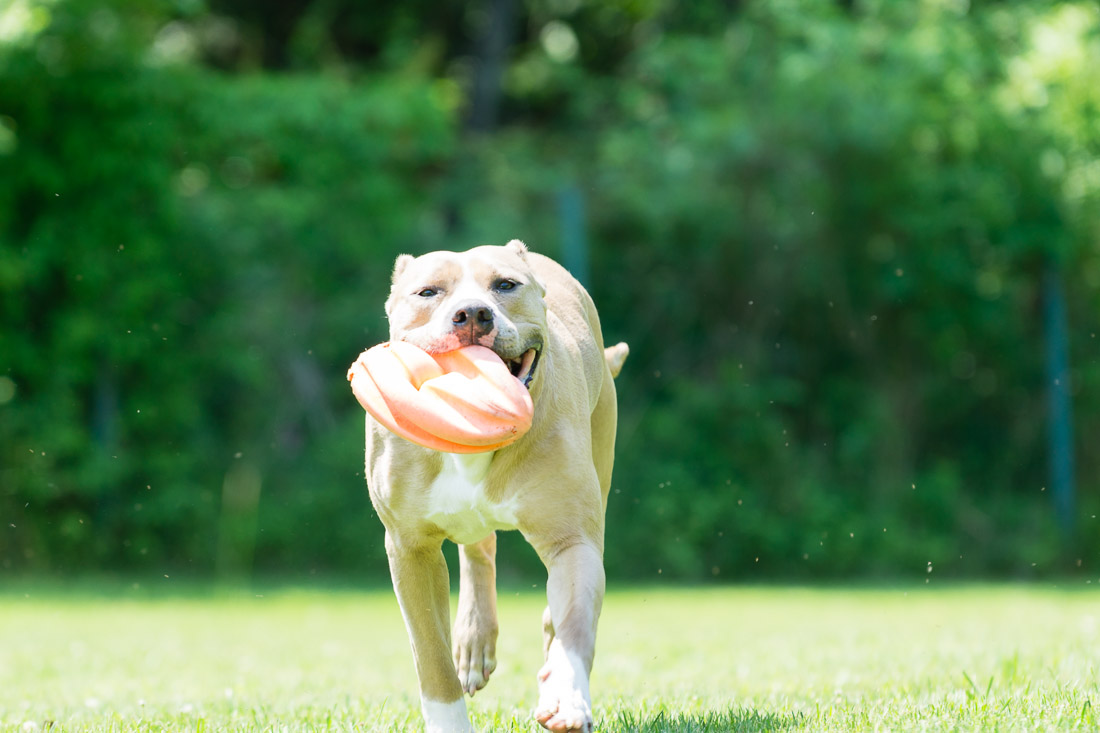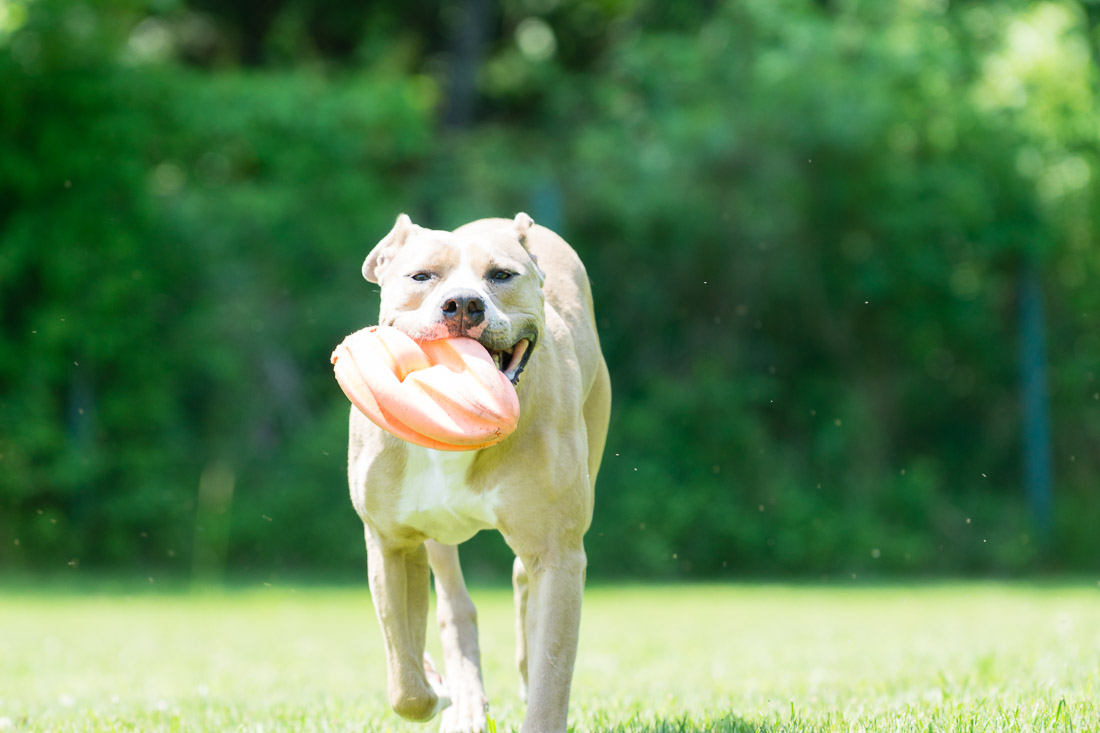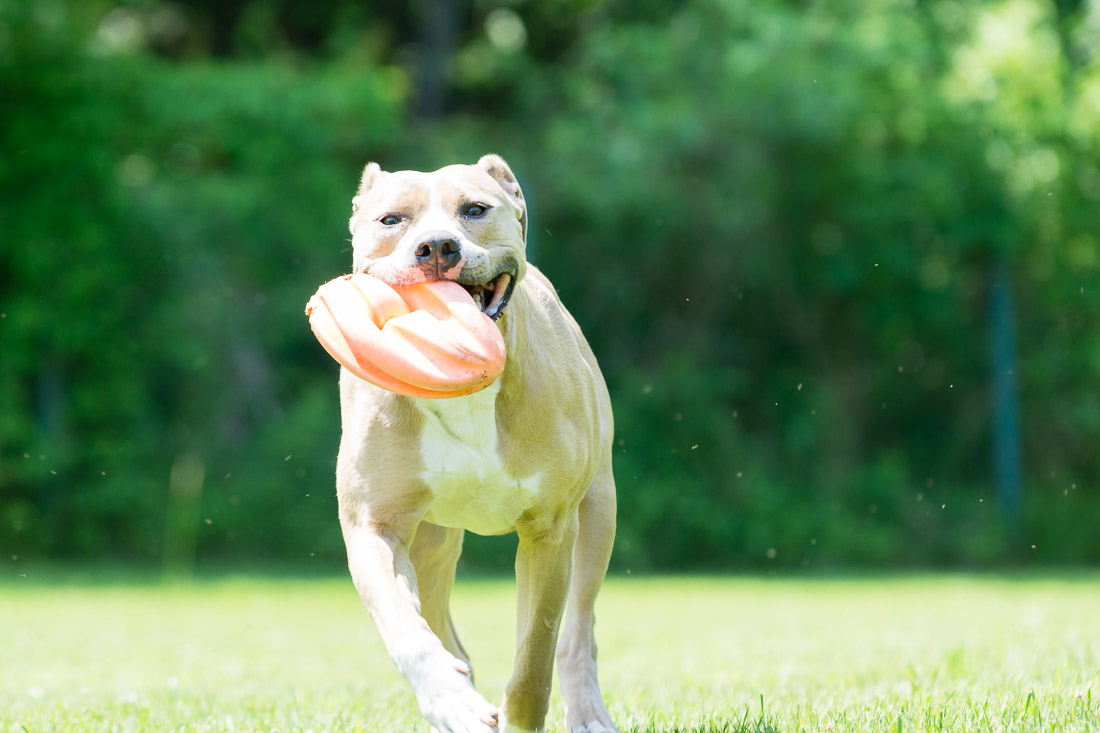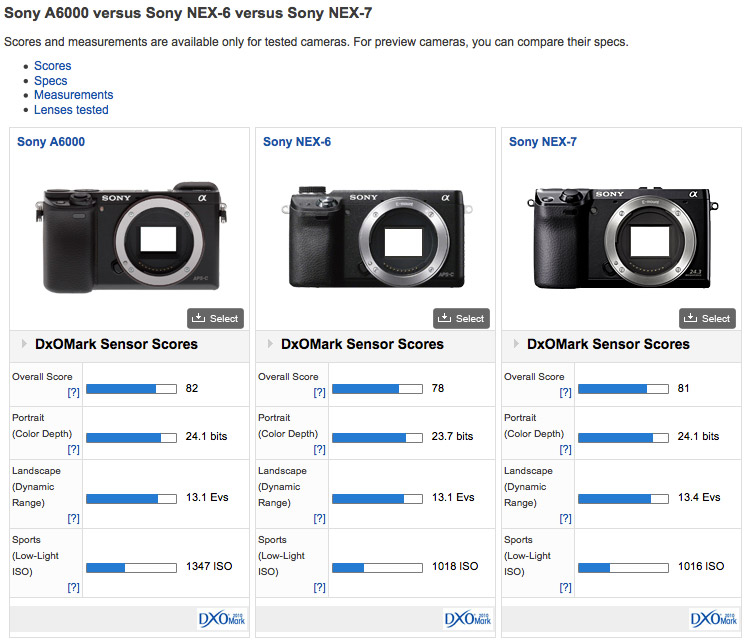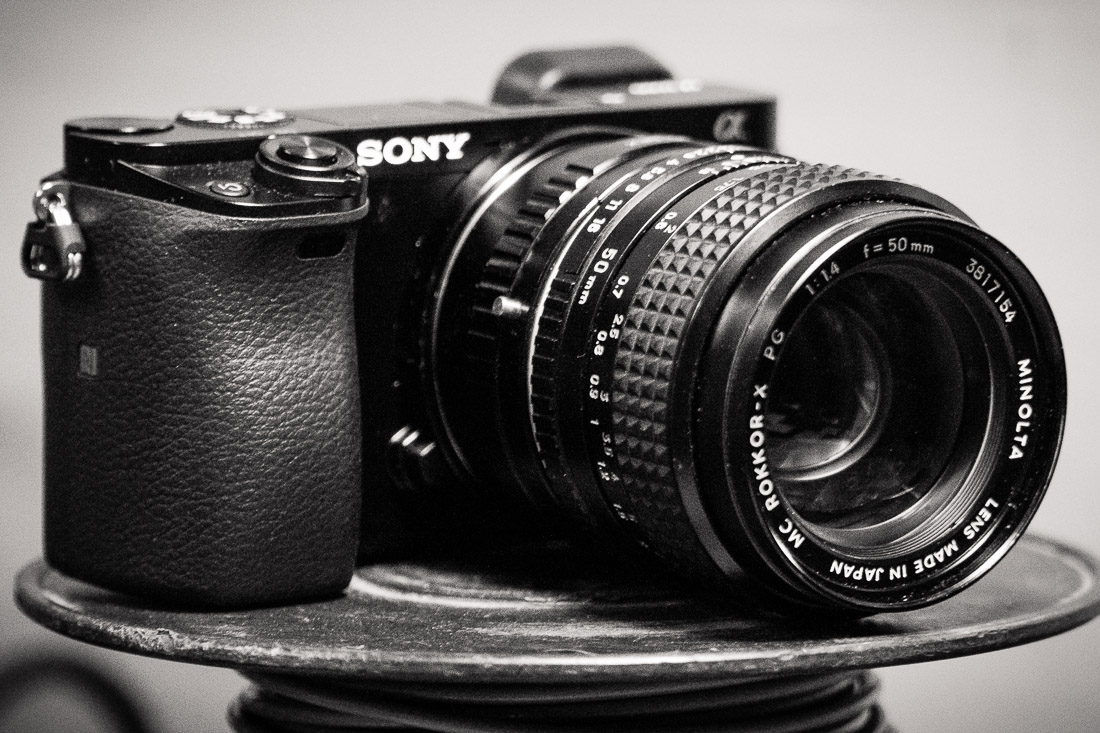In this Sony Alpha A6000 Review I will go over all the details you need to know using multiples lenses, real world and lab sample photos, video, and much more…
I really went in depth with the A6000 because the new 24mp sensor and fast hybrid autofocus needed a thorough testing after all the hype. Does it really replace a DSLR? The short answer is no, but for 90% of photography, yes it could effectively replace a DSLR for most users and so could the Nex-6 for that matter.
Please read on as I break down the camera feature by feature using real world situations and testing.
The lenses used for my Sony a6000 review include the E 18-105mm f/4 OSS G PZ Lens, the FE 70-200mm f/4 OSS G Lens, and other lenses via lens adapters.
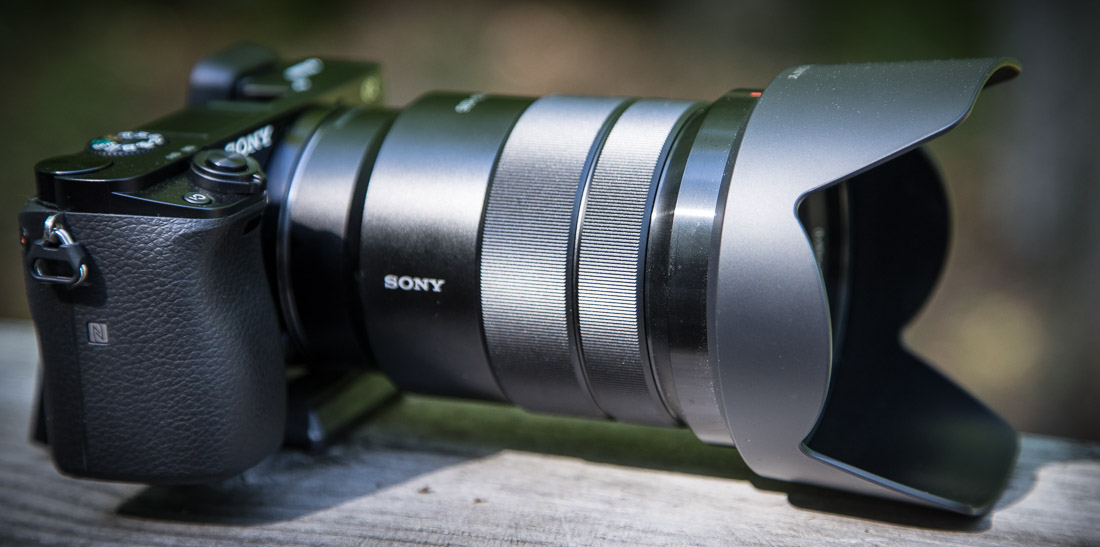
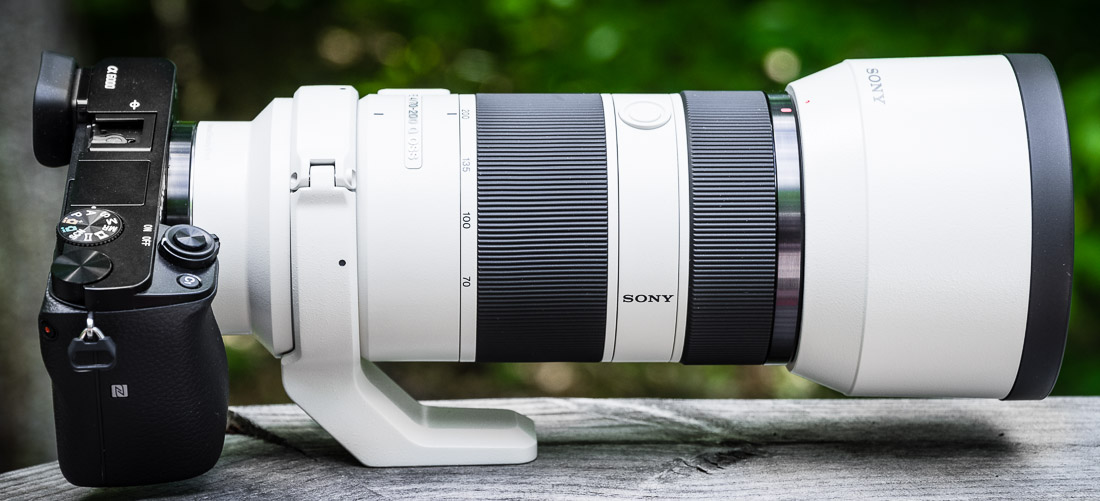
Sony A6000 Overview and Design
is the most versatile and advanced mirrorless camera from Sony to date! Retail price will be ~$650 US (body only) and current A6000 prices can be checked @ BHPhoto Click Here
That is a really fair price in my opinion and trounces the competition when you factor in all the features, versatility, and IQ for the money. It’s just a fact, Sony is the best value for the dollar hands-down 😉 Sony says this is a replacement for both the Nex-7 and Nex-6, so keep that in mind.
The Alpha A6000 has a new 24.3MP APS-C-sized Exmor APS HD CMOS sensor and BIONZ X image processor which produces high-resolution still images and full HD movies with up to 20% better low-light quality than the Nex-7 and about the same as the Nex-6.
Like the full frame Sony A7r sensor, which I recently reviewed Click Here, the A6000 sensor also has a gapless on chip micro lens design, which helps focus the light to each individual pixel more effectively. It certainly helps when comparing to the older Nex-7 sensor design in the high ISO performance department.
The A6000 also features blazing fast auto focus with up to 11 fps thanks to an intelligent Fast Hybrid AF system that uses both phase and contrast detection methods to quickly and accurately acquire focus. It’s really fast and accurate!
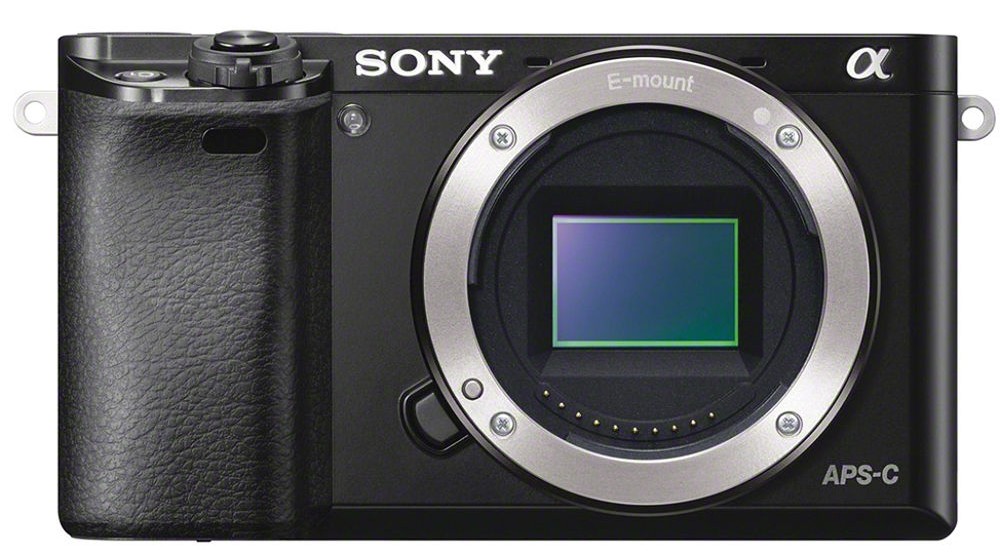
For live view monitoring, image playback, and menu navigation, both a large rear monitor and detailed electronic viewfinder are available. The 3.0″ 921k-dot XtraFine LCD screen features a tilting design to facilitate easier use from both high and low angles and also incorporates WhiteMagic technology for easier viewing in bright conditions. The 0.39″ 1,440k-dot Tru-Finder OLED EVF offers 100% frame coverage and a refined optical design to provide a natural viewing perspective and magnification. It is lower resolution from the Nex-6, but I can’t tell the difference even when A and B testing.
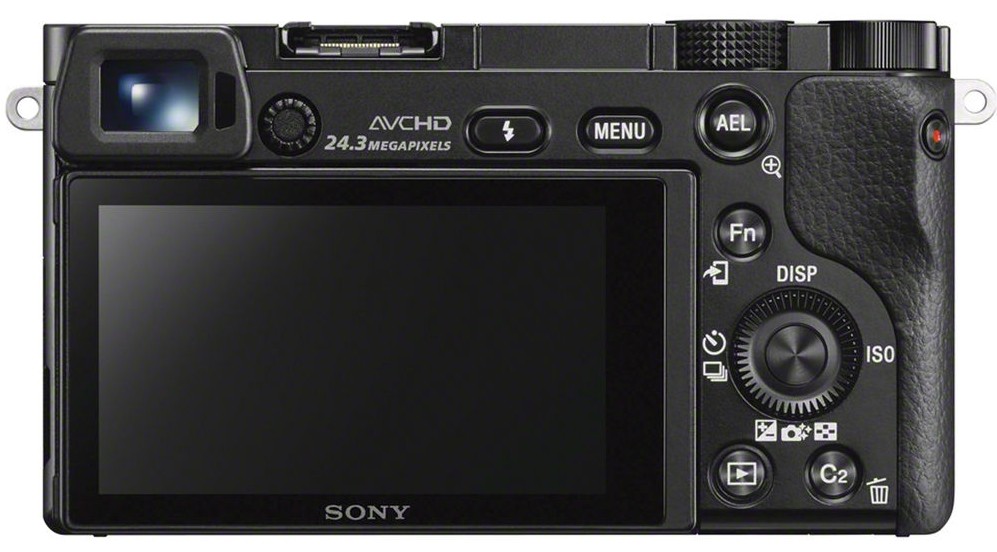
The body design of the A6000 incorporates the best from the Sony Nex-6 and Nex-7, in my opinion, by including several customizable buttons, two control dials, a built-in flash, and a Multi Interface shoe for attaching external flashes, continuous lights, or microphone type accessories. I also used it for tripping the studio lights with my Alien Bee flash trigger transmitter and it worked as expected in the shoe. The grip is slightly taller than my Nex-6 grip which I also like better.
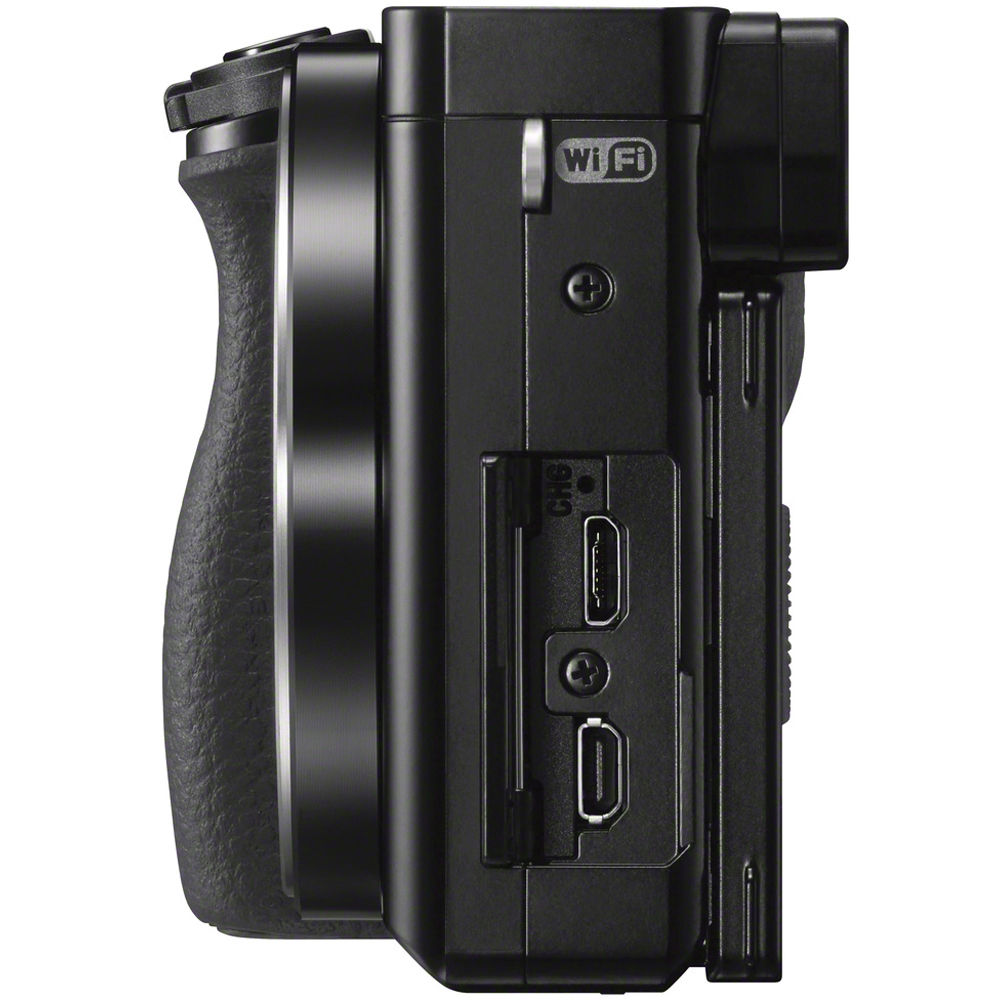
The A6000 also has Built-in Wi-Fi connectivity, with support for NFC-enabled devices, and the ability to remote control via apps and so fourth. Lightroom tethering support is not working yet, but you can remote capture and then auto-import that folder to Lightroom which is a very effective work around if needed 😉 The grip and in hand feel is very similar to the Nex-6 in my opinion and great overall. The top right control wheel could be moved to the left a bit so it’s not on the actual corner of the camera, because I have hit the record button a few times by mistake. I don’t hit the record button by mistake on my Nex-6 very often because the thumb contour design is different. Moving the pop-up flash to the far left of the camera body might help resolve this, but may cause other internal engineering issues. Overall I must say really well done Sony!
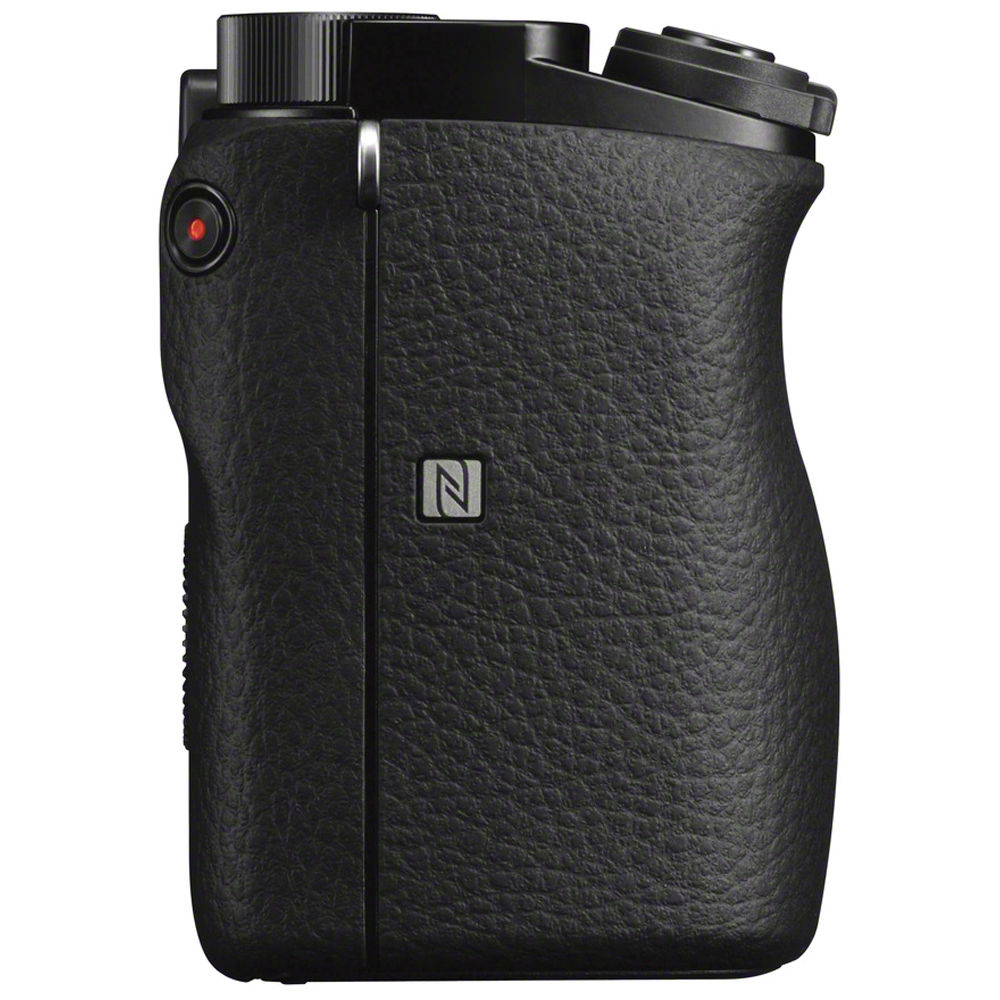
The A6000 features a few extra buttons on the camera body which makes it more usable in the real world without having to go into the menu system like on the Nex-6 for example. Plus the new function menu has two rows of six items that can be loaded with all the camera settings you would ever need. This makes it a one stop shop in combination with the C1 and C2 buttons that can be used for the really fast access features you use most often besides the already dedicated soft keys. C1 for example, I have set to focus magnify for when using manual focus. This is really helpful when using fully manual lenses and lens adapters, or when you just want to double check your focus accuracy. C2 I have set to the default still because the function menu has everything else I needed honestly. The configuration options are highly customizable and the menu system as a whole is a huge improvement over my Nex-6.
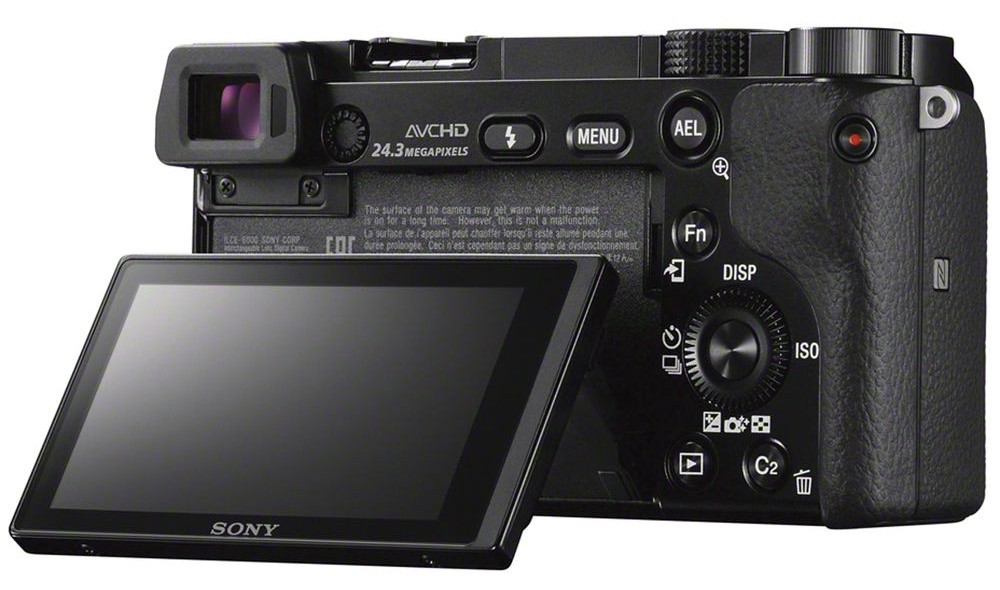
Not having a dedicated wheel for ISO, aperture, and shutter speed like the Nex-7, the A6000 lacks true manual control with physical dials unfortunately. Sony decided to keep the costs down and go for a more simple design. This leaves Nex-7 owners pissed off though, and I really can’t blame them. Sony really should come out with a higher end model at some point, but I don’t think their current marketing structure is set-up for that particular competition. I would like to see the tri-navi system brought back somehow and the incorporation of an exposure comp wheel would be a nice bonus. Slightly beefier build quality would also be welcomed if they could keep the cost under $1000 US. Pro’s want the full manual control is the bottom line and Sony really needs to accommodate their users in my opinion, because not everybody wants to go full frame. Yes, a lot of folks do, but many don’t have the money and prefer the larger APS-C depth of field plus smaller size/ weight etc..
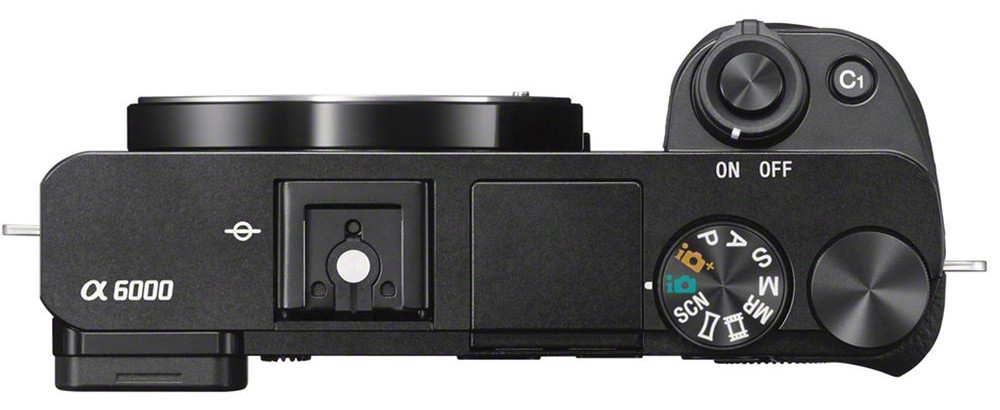
A suggestion for the menu system would be the addition of a favorites area, or most commonly used history for example. Finding the format option for example is harder than it should be, and this would save users a lot of menu scrolling time in my opinion. Format is in the suitcase area of the menu system by the way 😉 The user manual linked below has a detailed breakdown of the menu system and explains what each item is in order. A great reference for learning the camera!
Sony A6000 Review – Video Version
Here is the video version of this review which used my older website as a reference, but this article here is basically identical, so please enjoy and scroll down for more detailed analysis, sample photos, and sample video.
Sony A6000 Manuals and Firmware Updates:
Sony A6000 Sample Photos
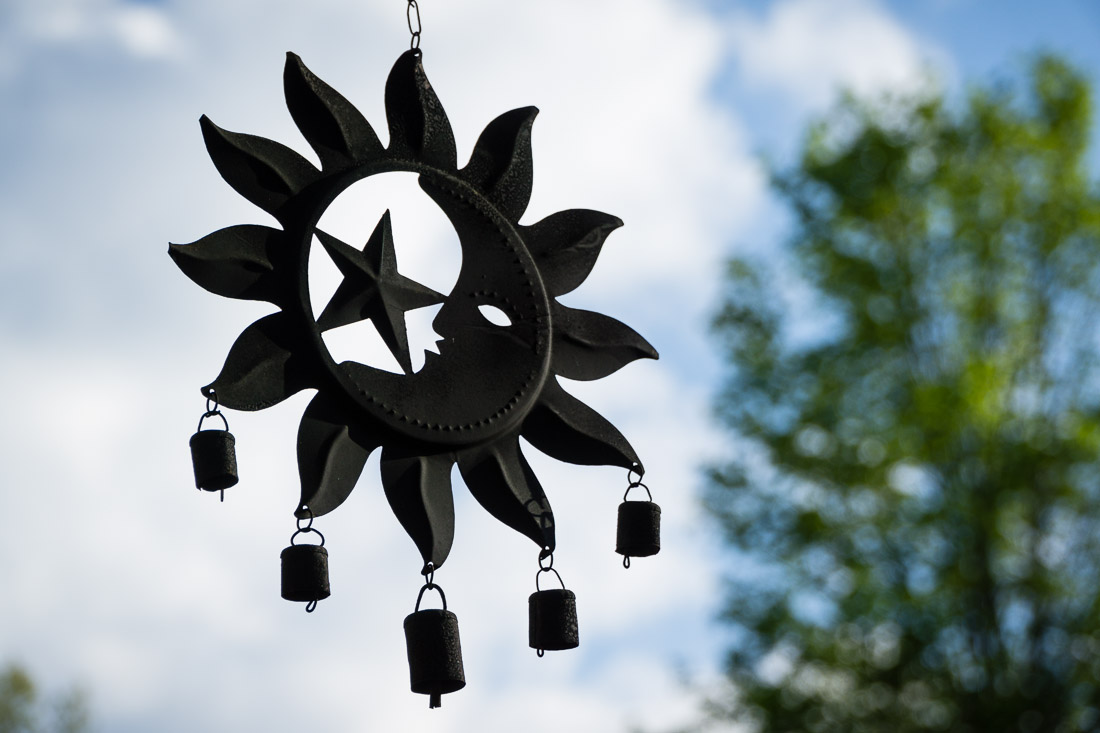
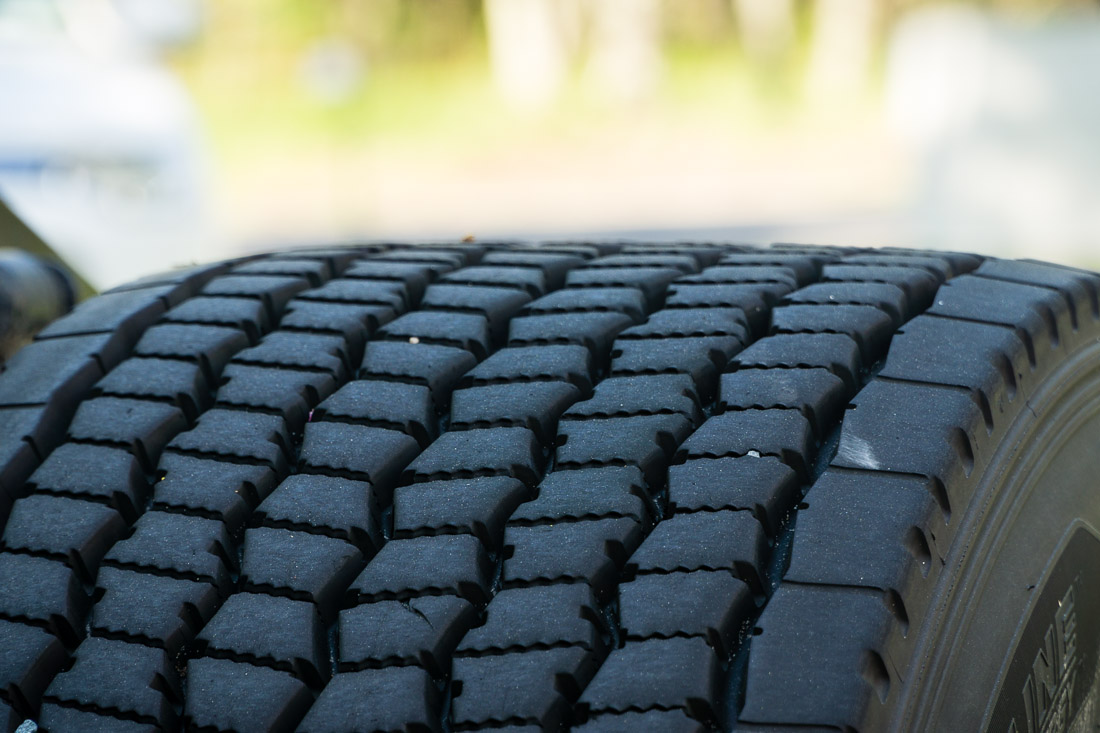
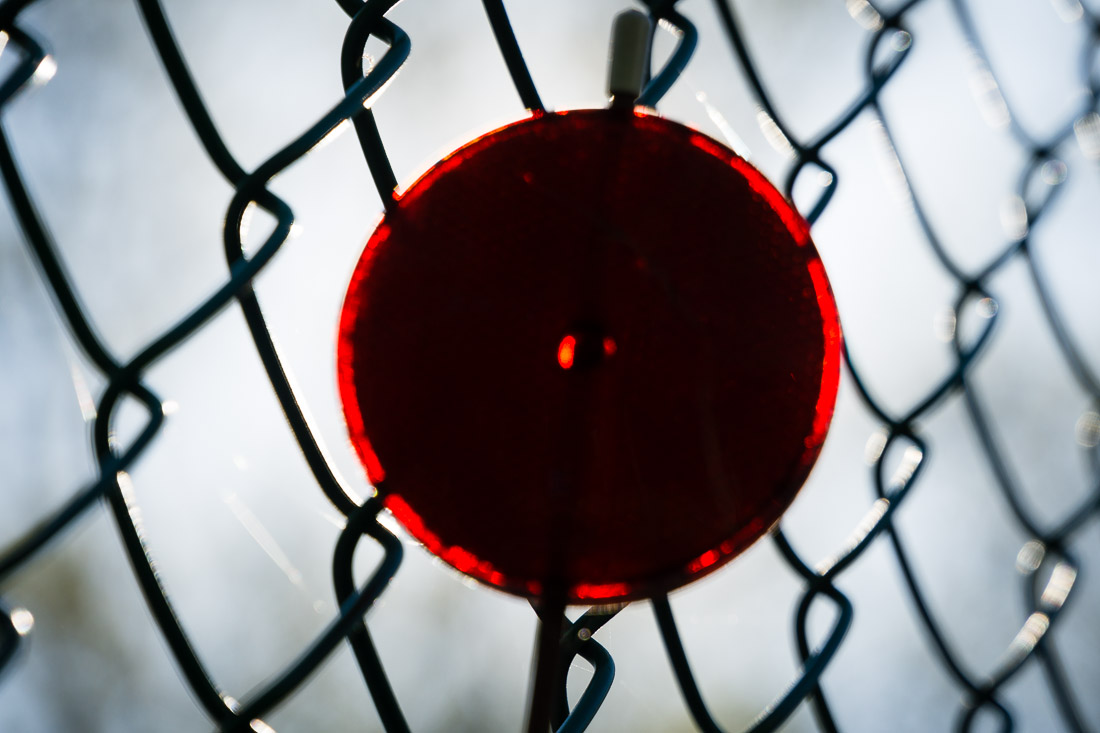

My little photographer:
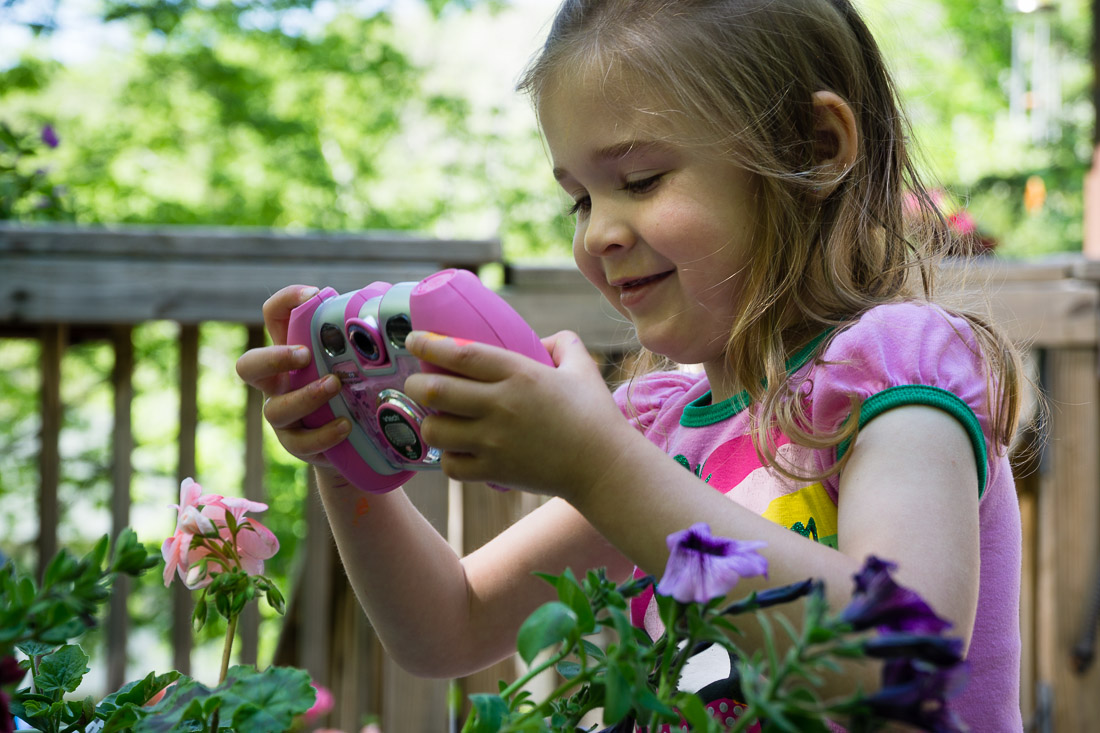

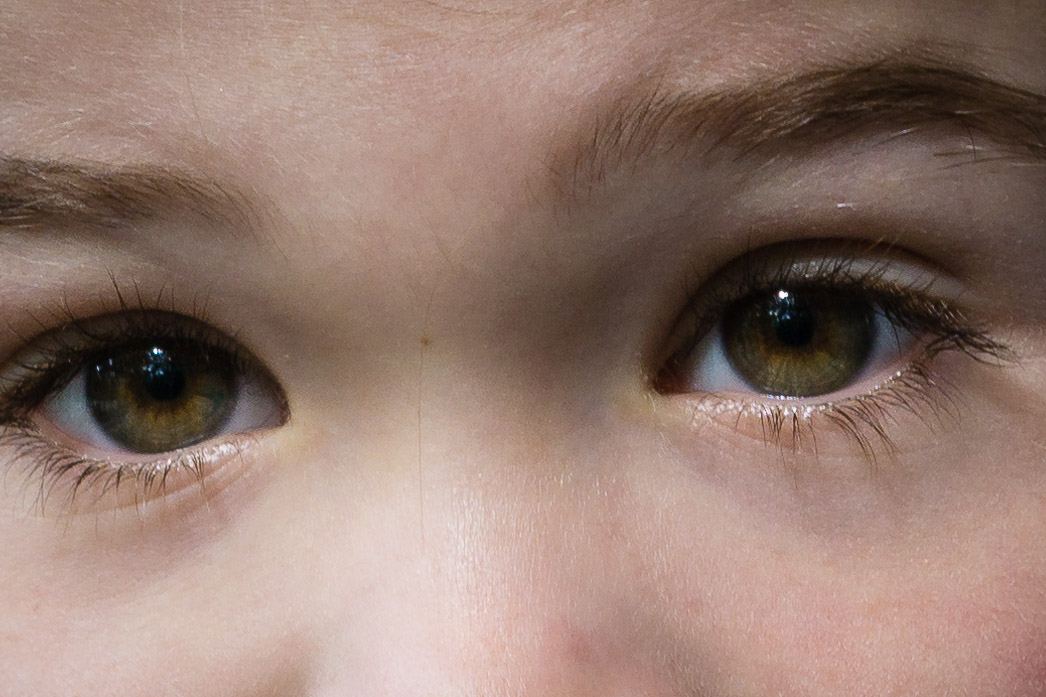


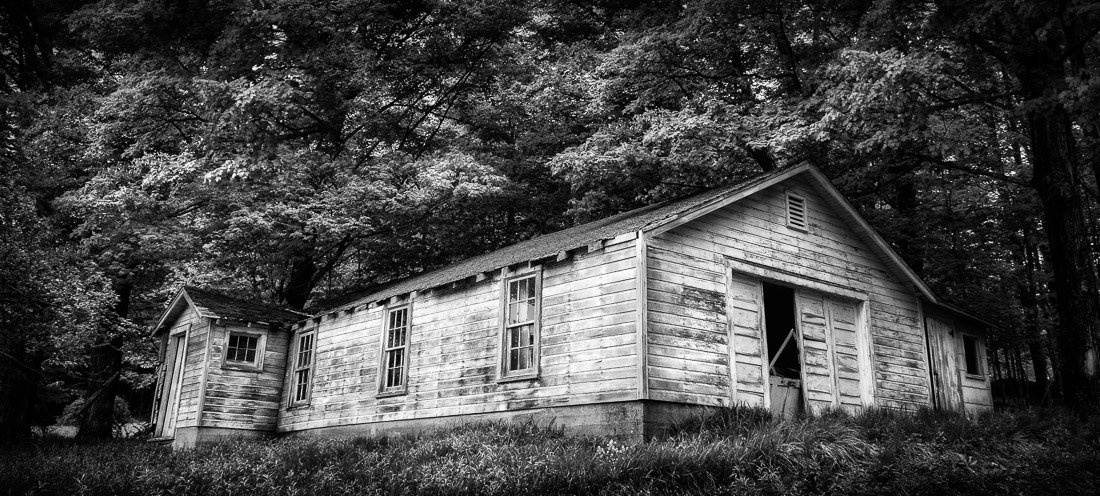
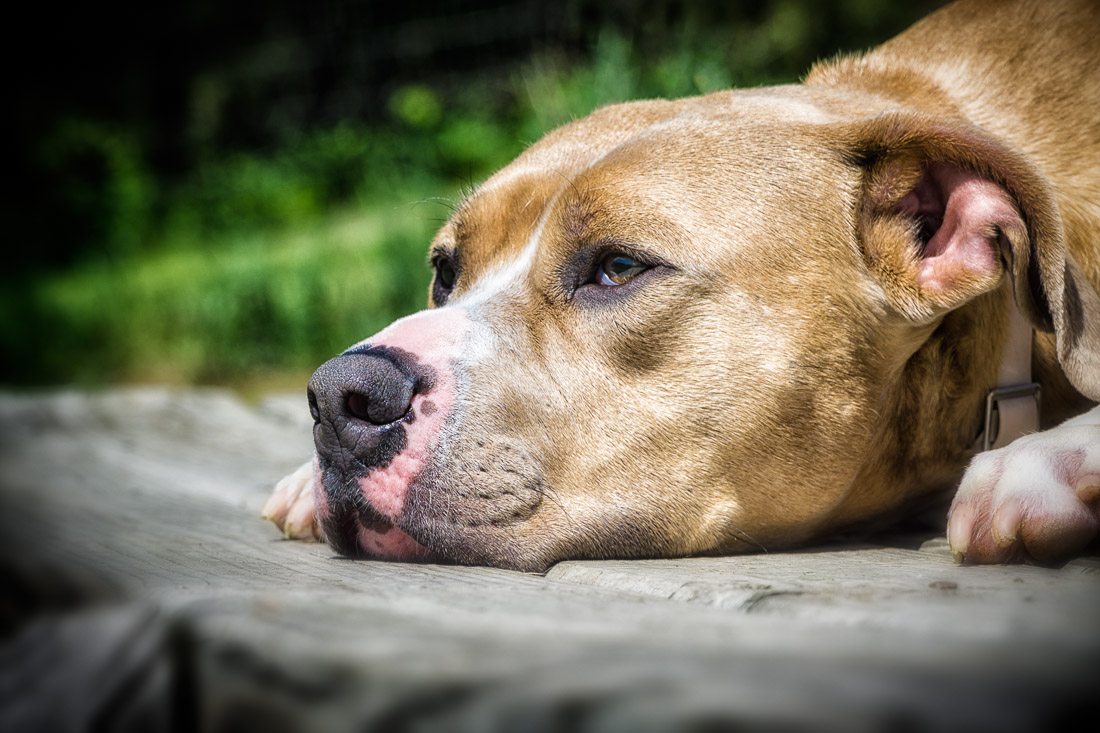
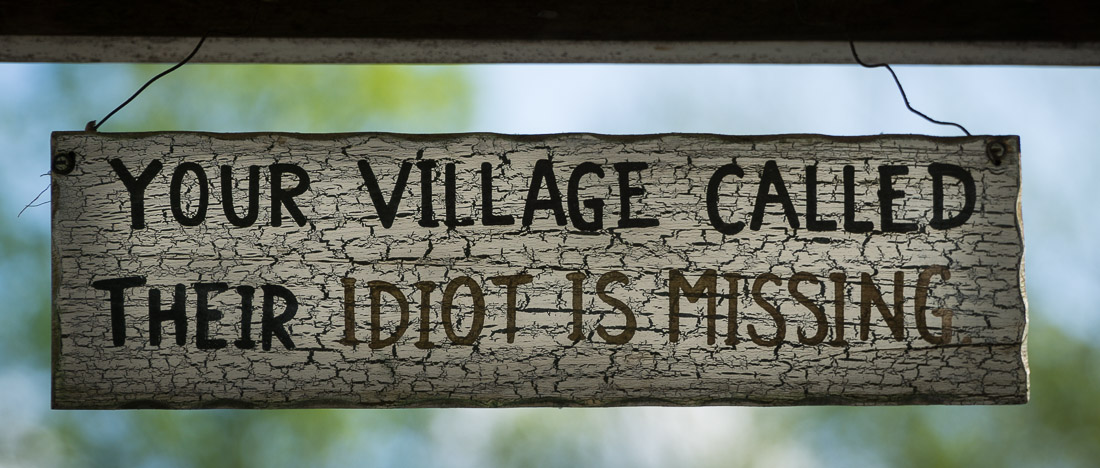
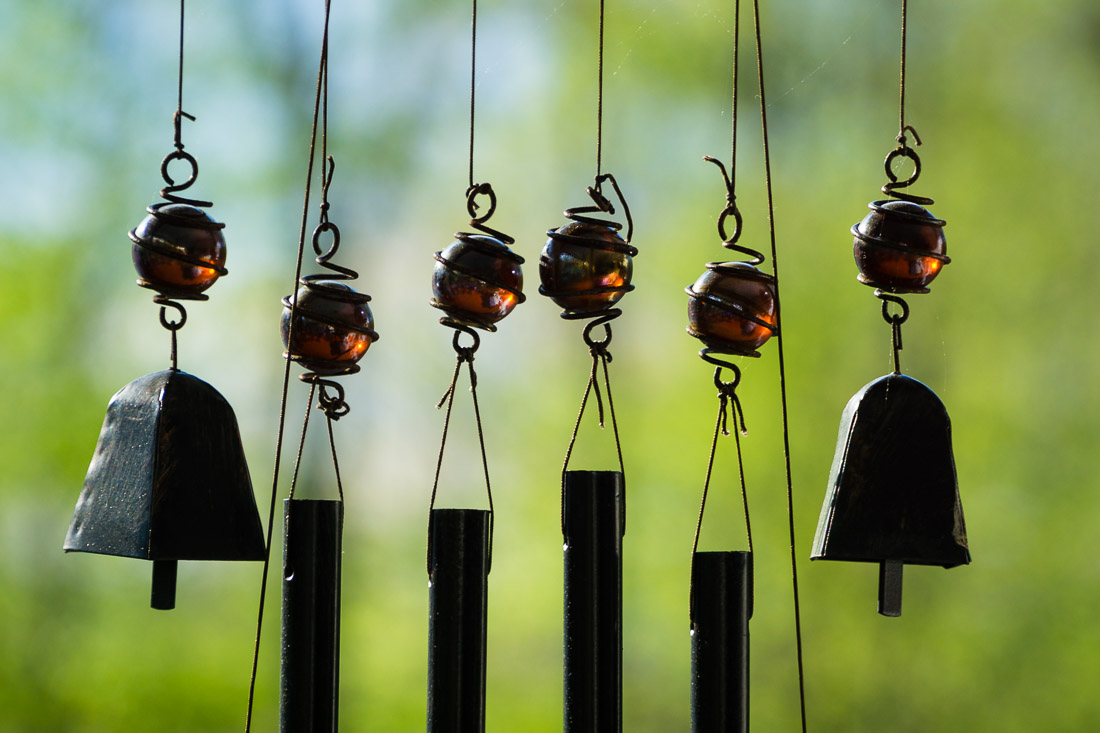
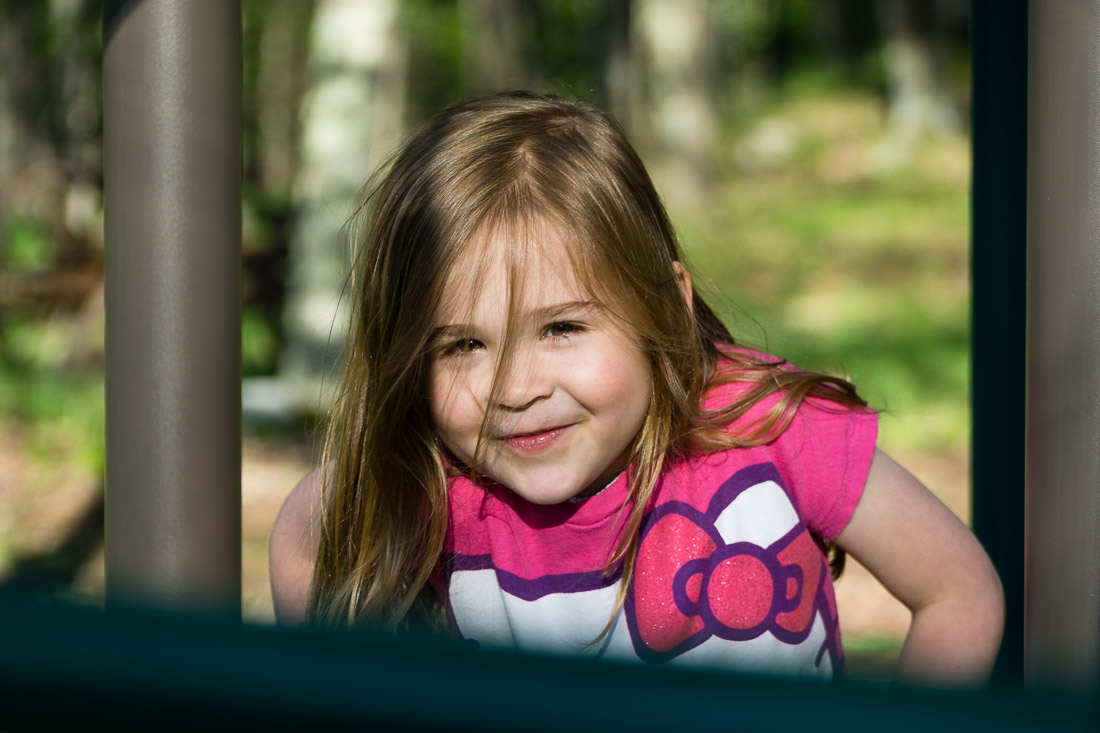



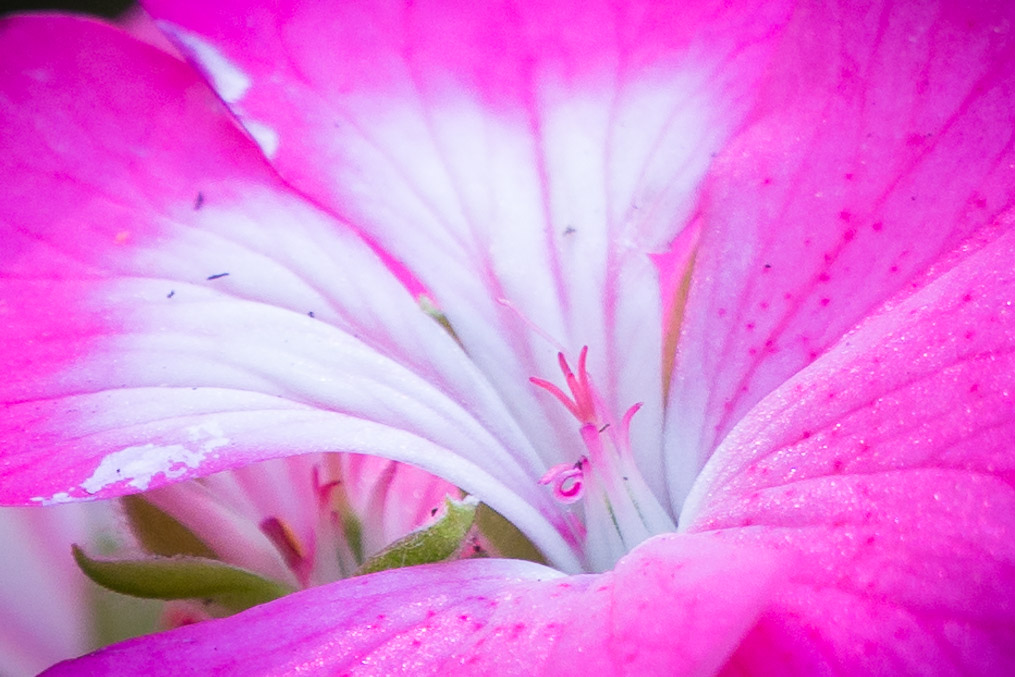
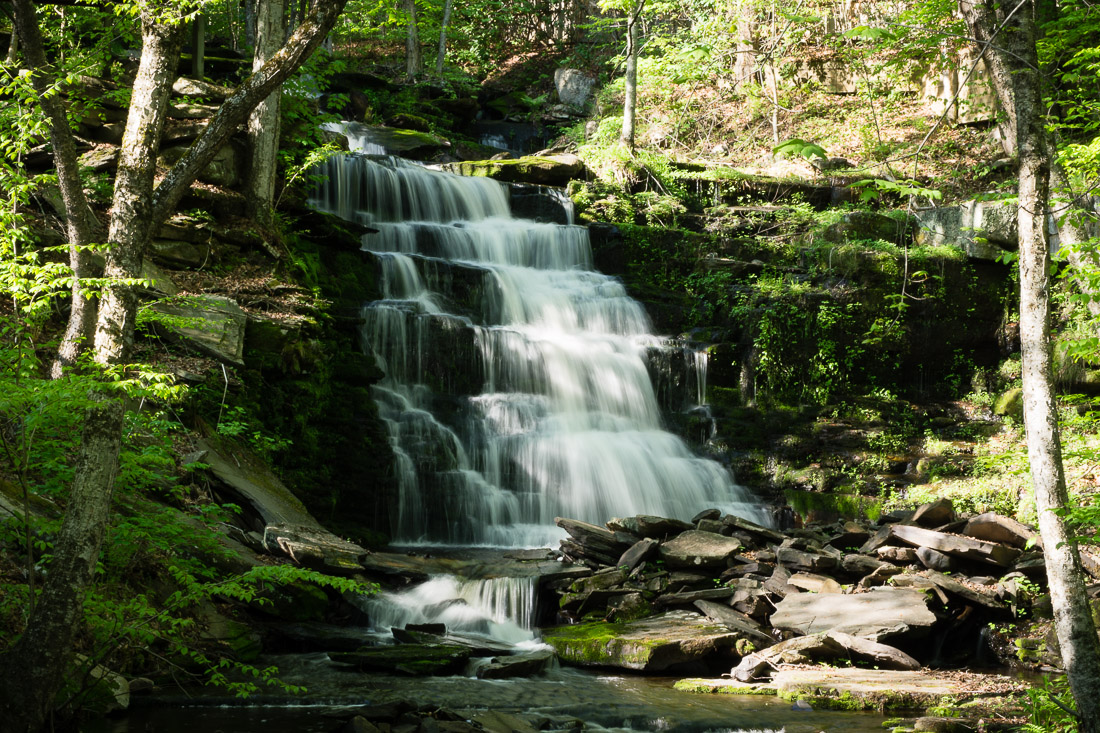
Taylin with Layla running in the background.
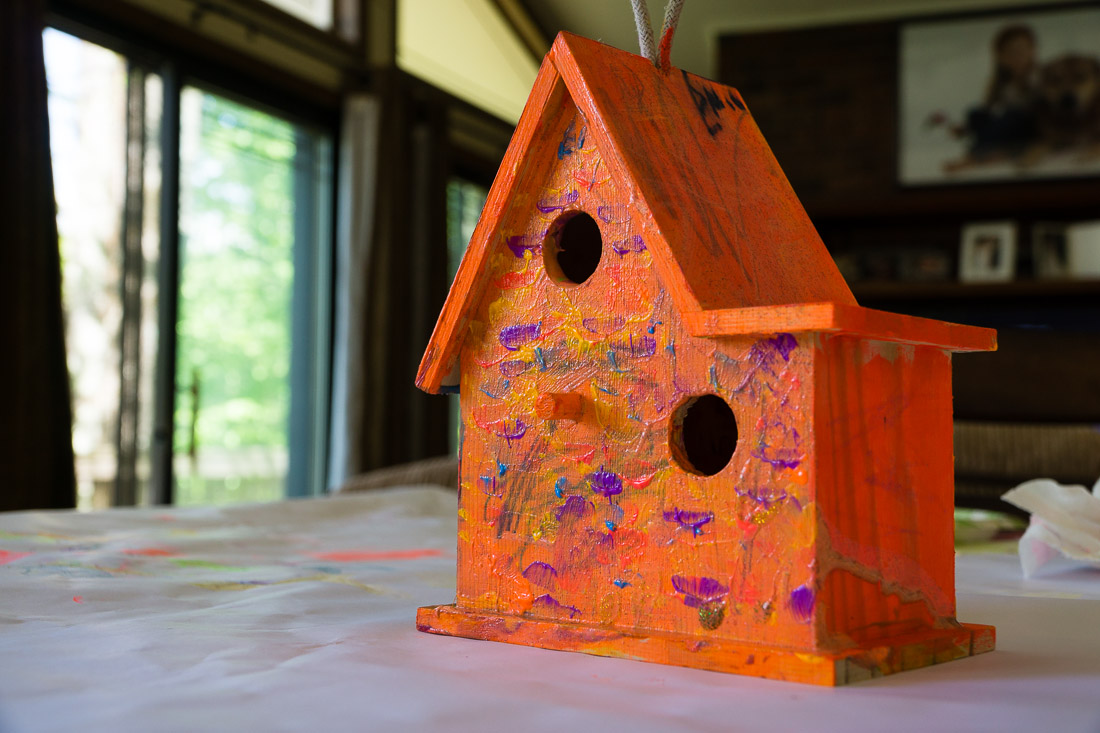
[divider] High ISO and Low Light From the Aquarium I got a lot of low light sample photos and I was very pleased with low noise considering the high resolution sensor and pixel density.

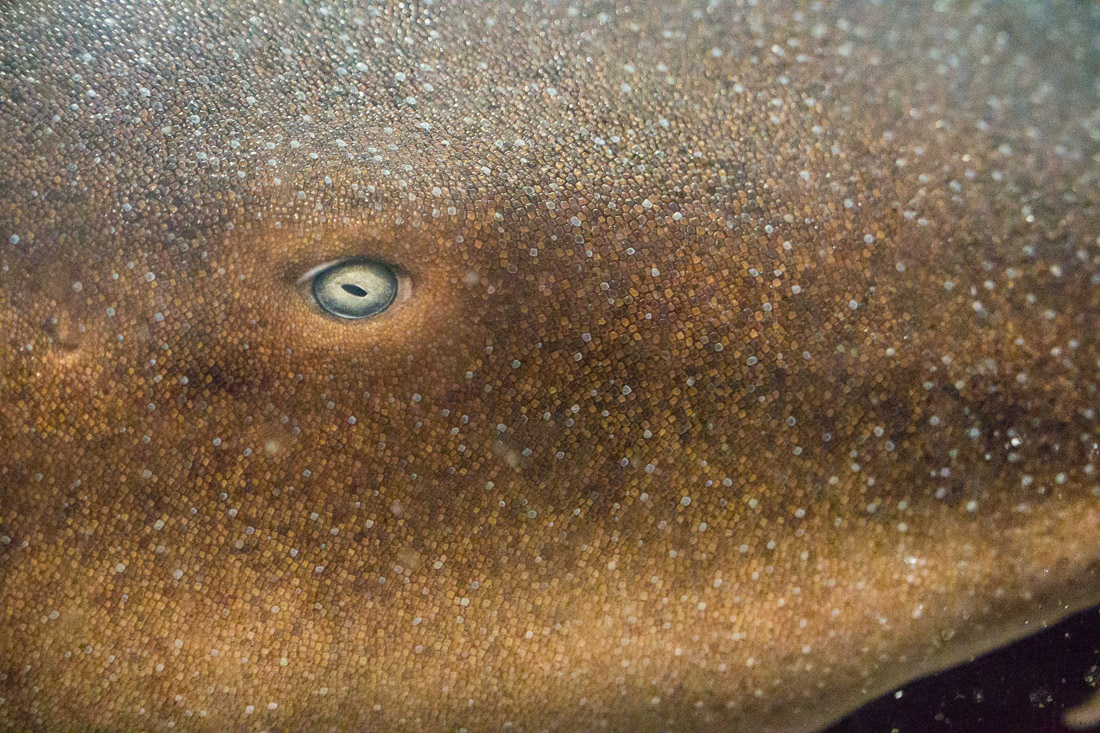
Layla at school enjoying her ice cream under the horrible fluorescent lights using Auto ISO.

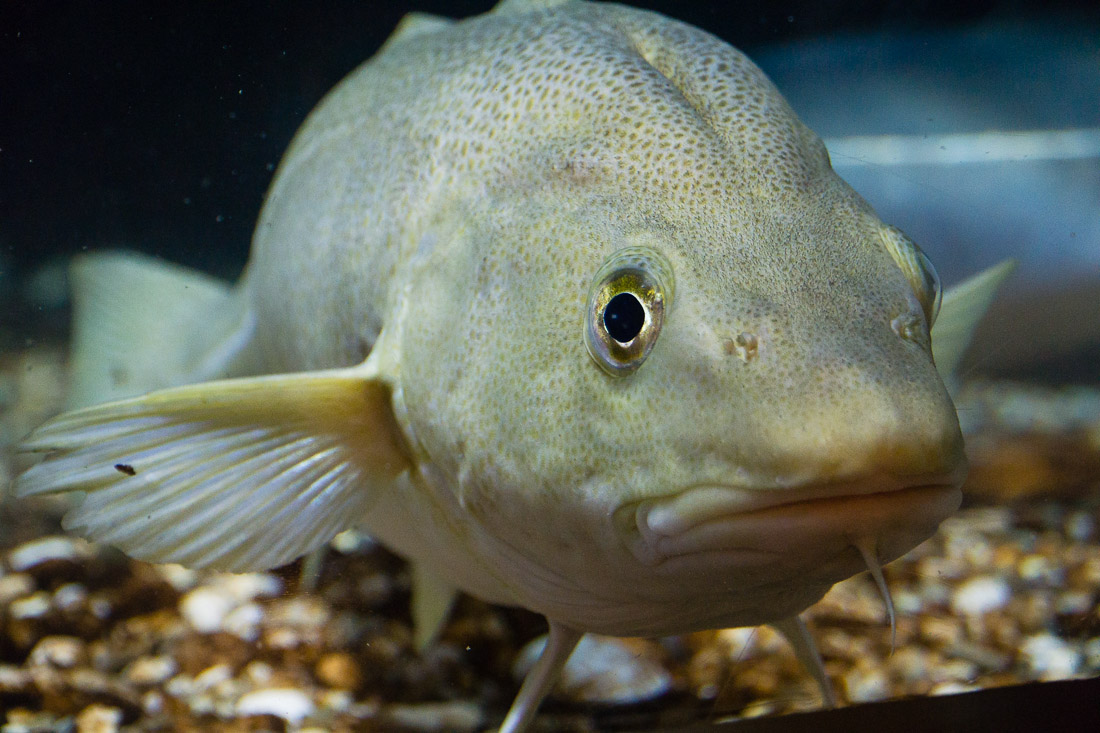
More Aquarium Sample Photos this way >>
Lab Testing and High ISO
Check out the current lab scene via the e-mount 70-200mm f/4 OSS G lens first for a really high quality sample of what the camera and sensor can do.
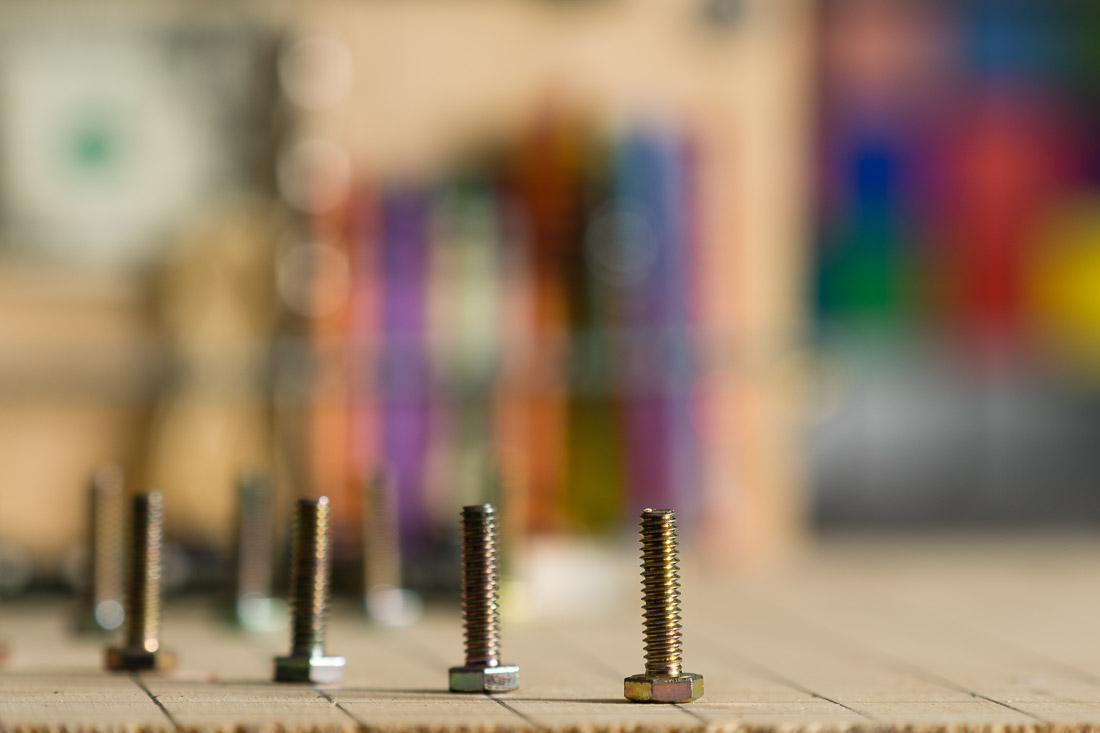
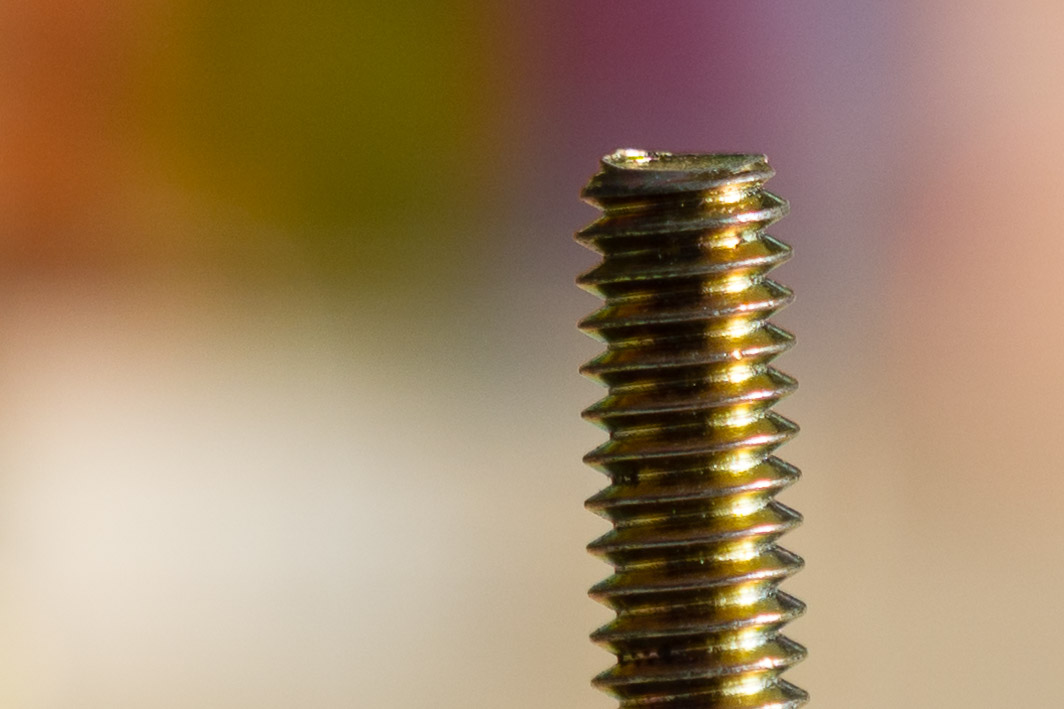
High ISO Testing – Raw Quality
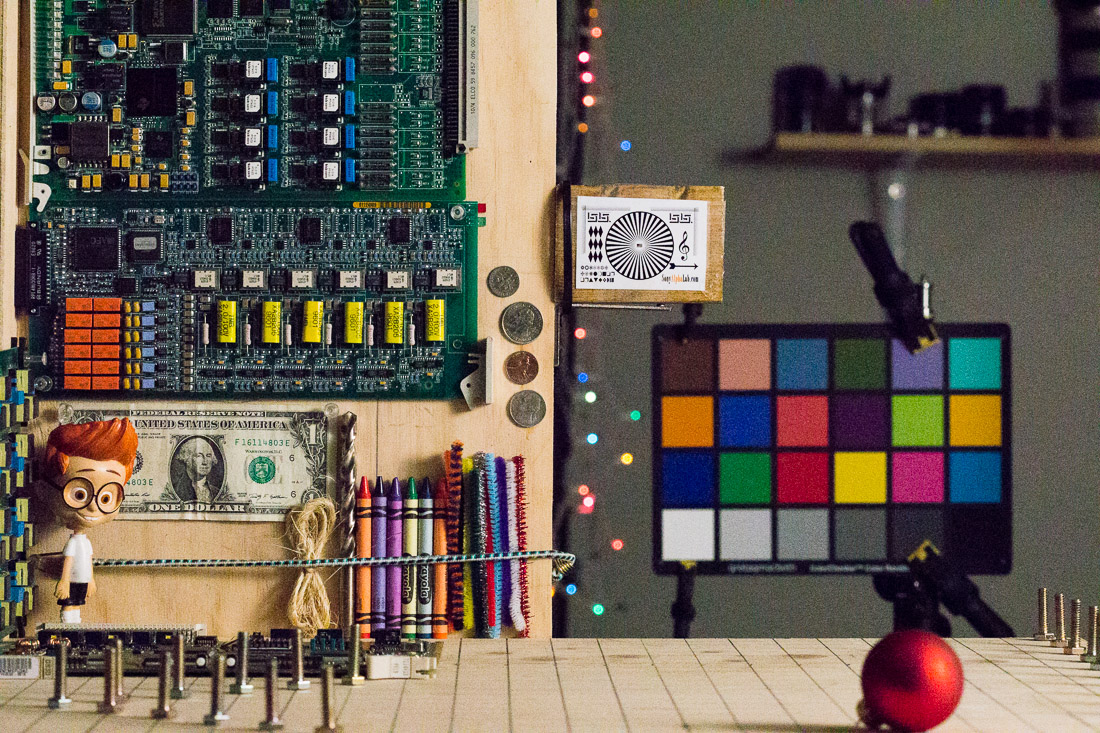
Sony A6000 @ ISO 25600 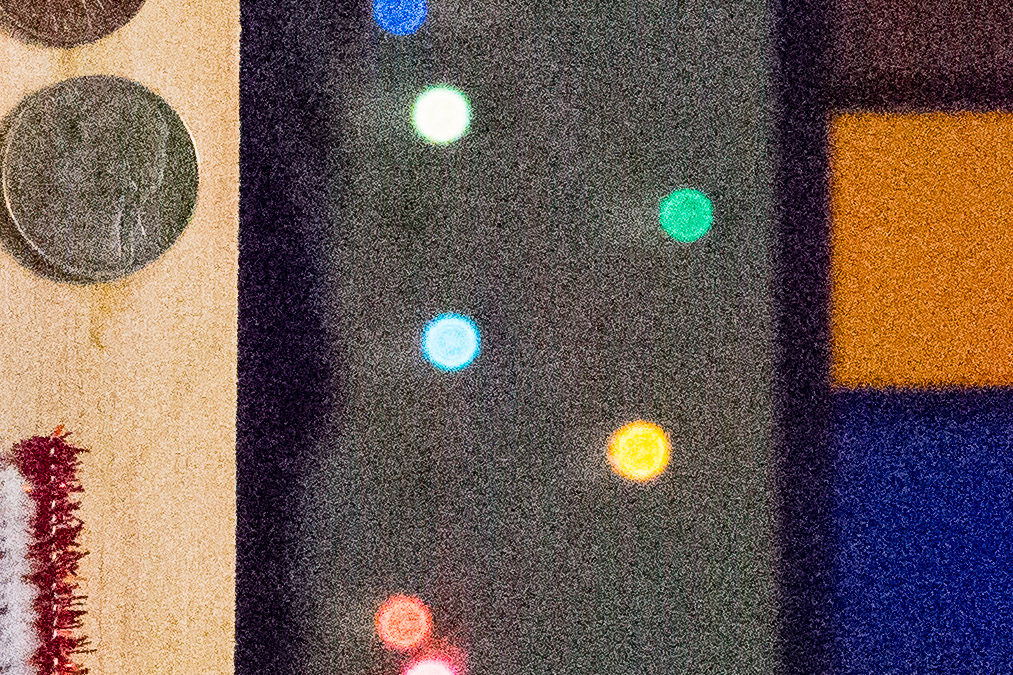
100% Crop 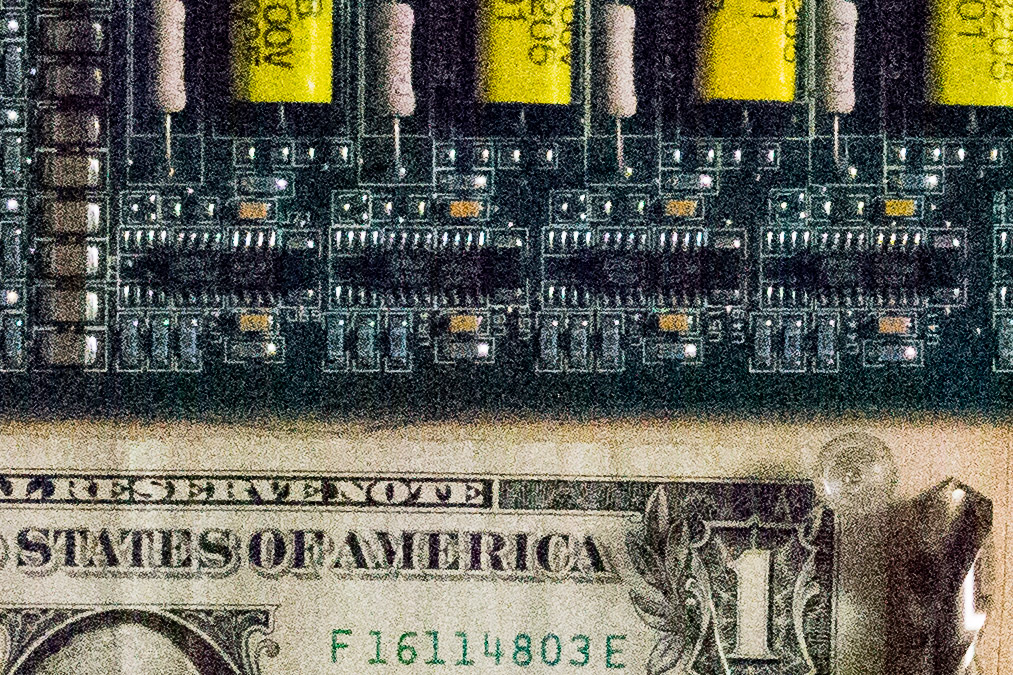
100% Crop 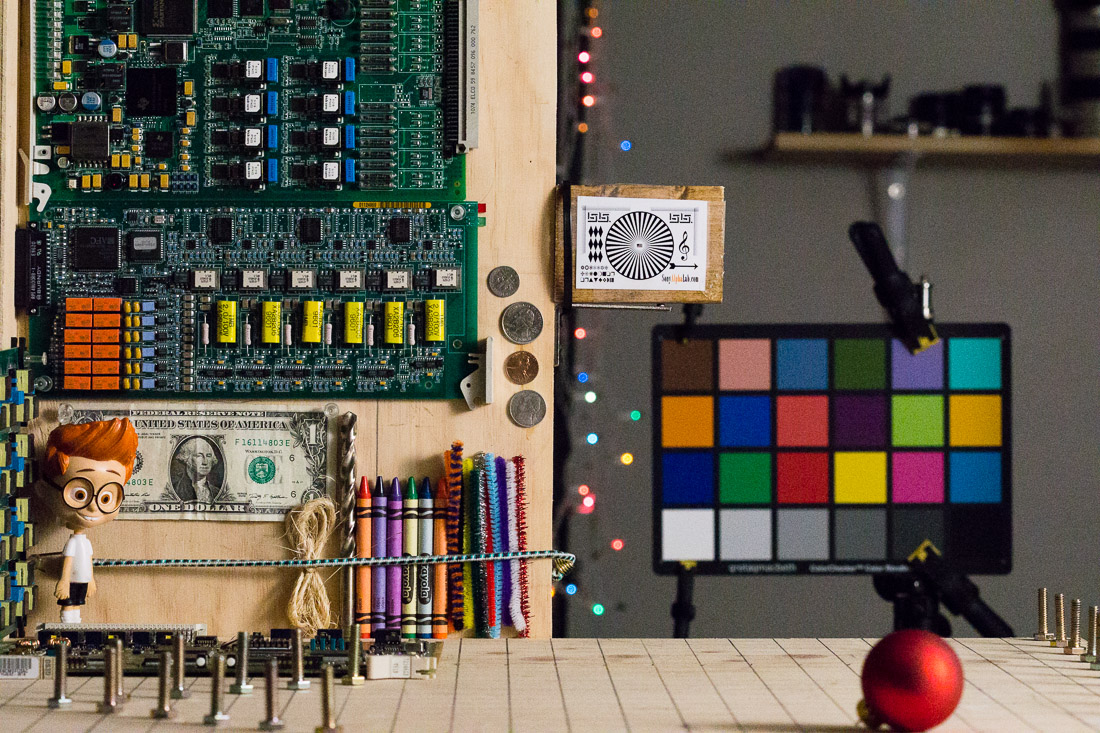
Sony A6000 @ ISO 12800 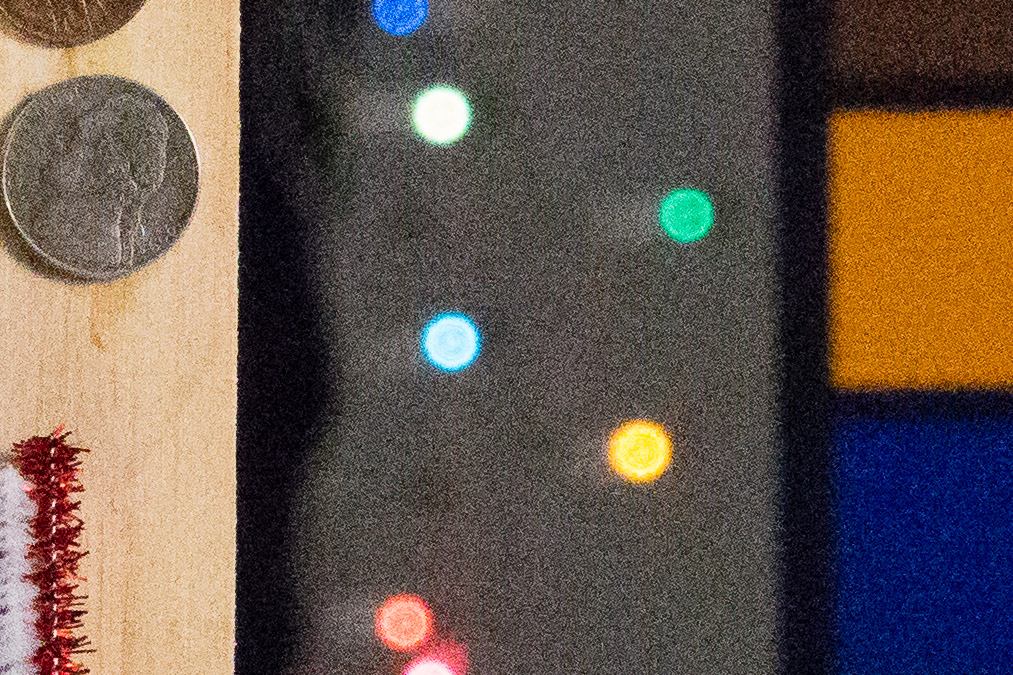
100% Crop 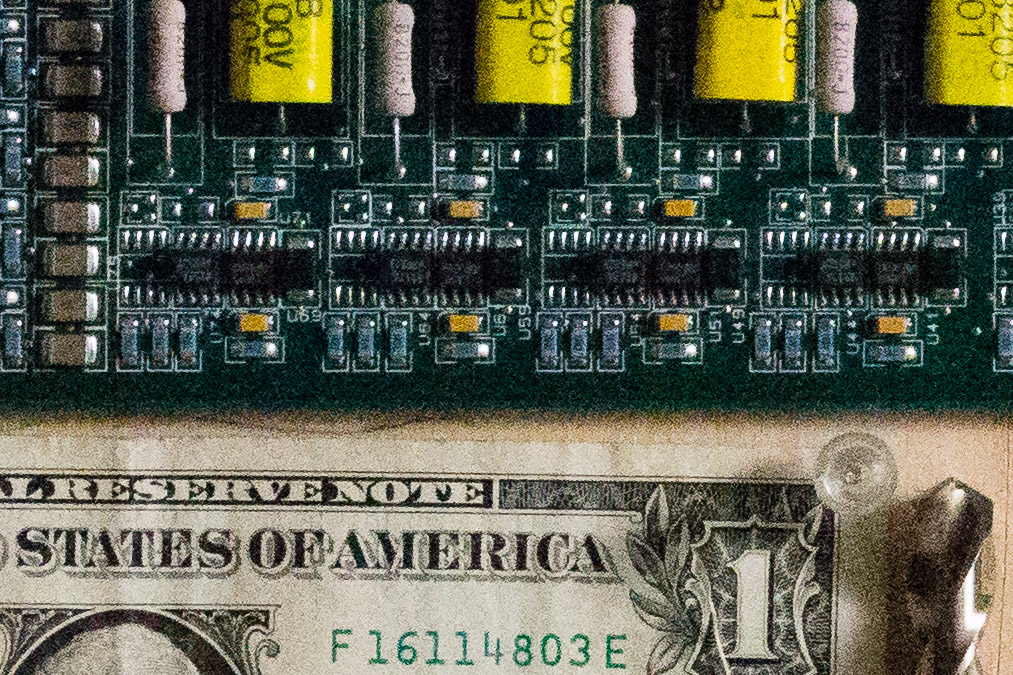
100% Crop 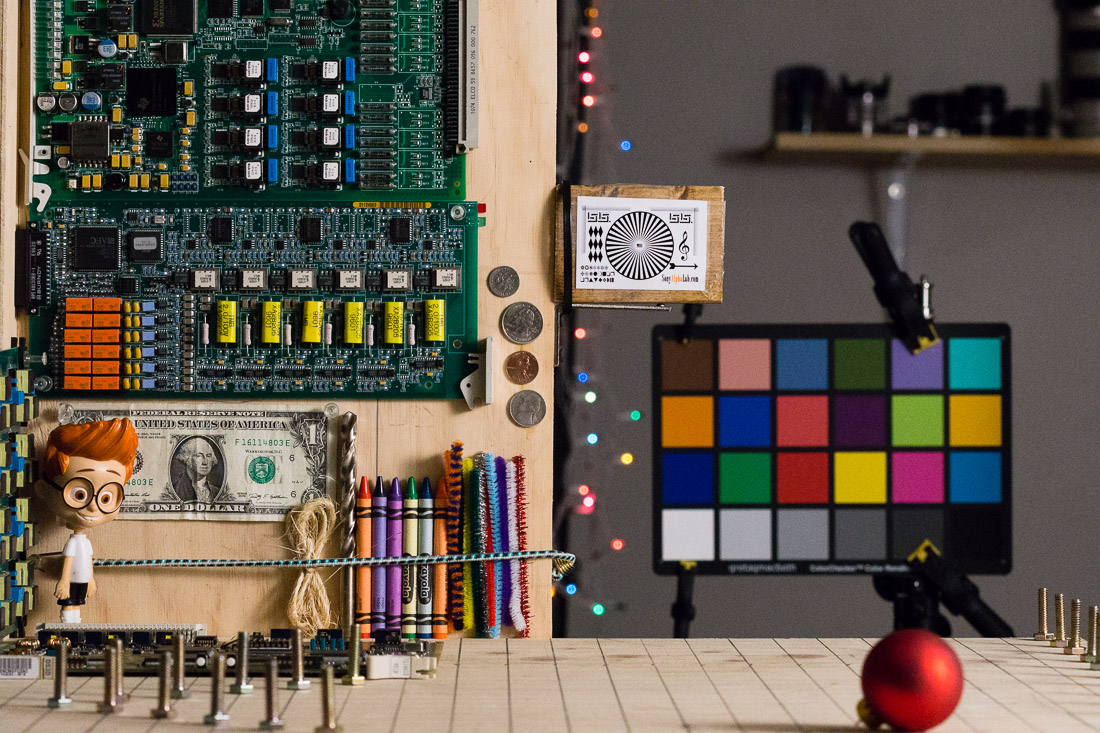
Sony A6000 @ ISO 6400 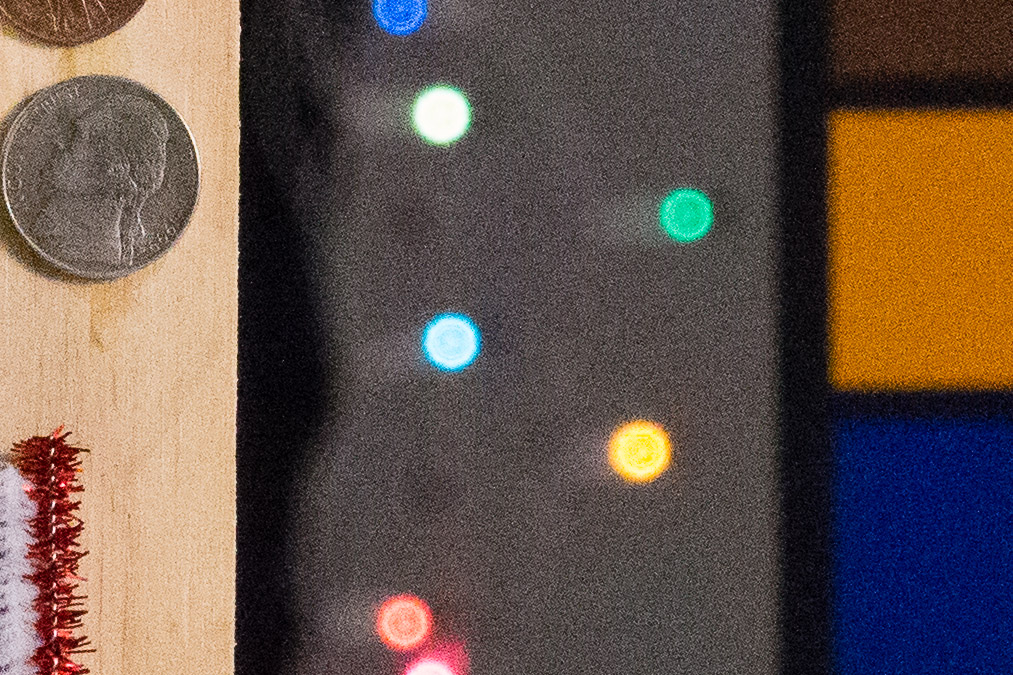
100% Crop 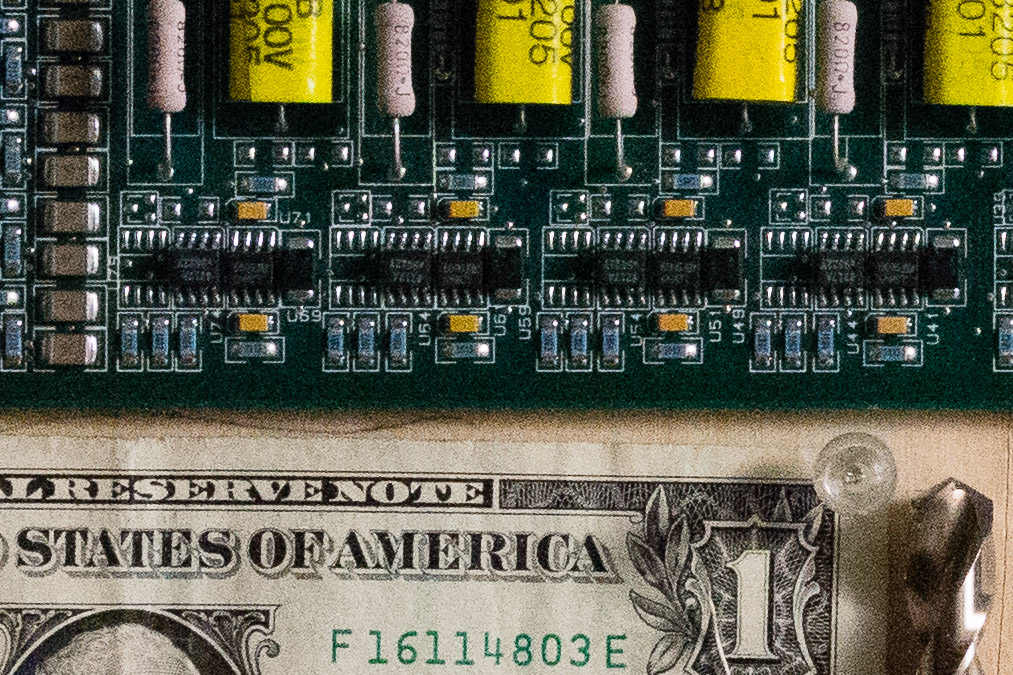
100% Crop 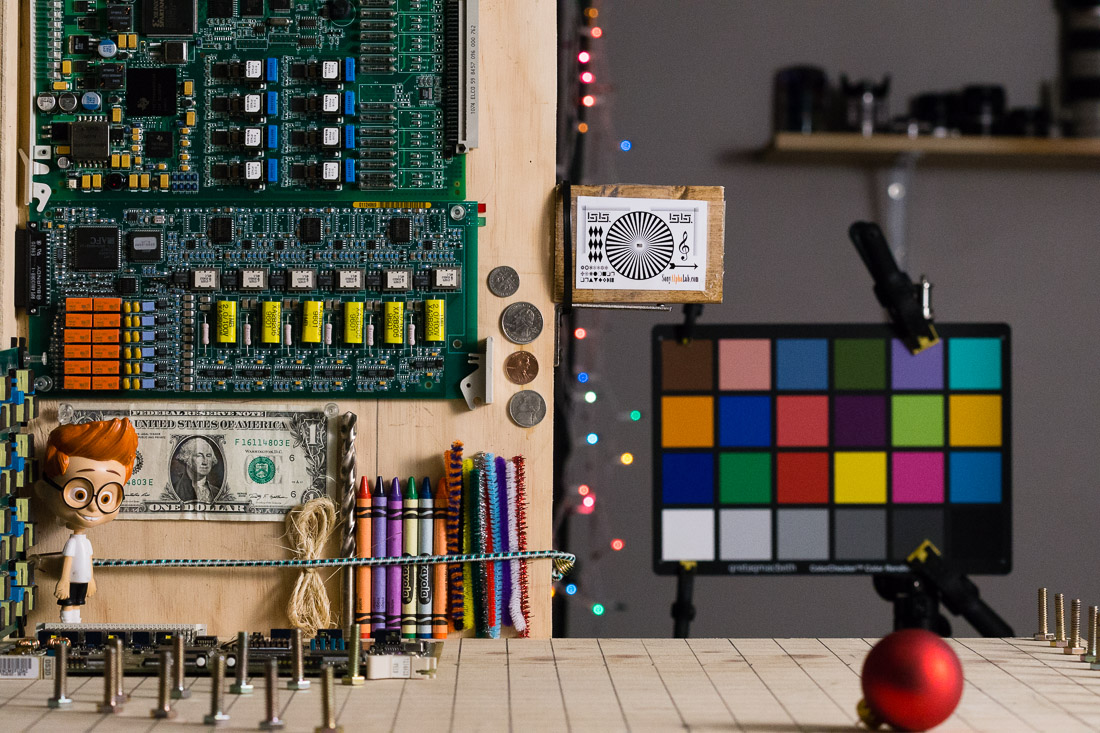
Sony A6000 @ ISO 3200 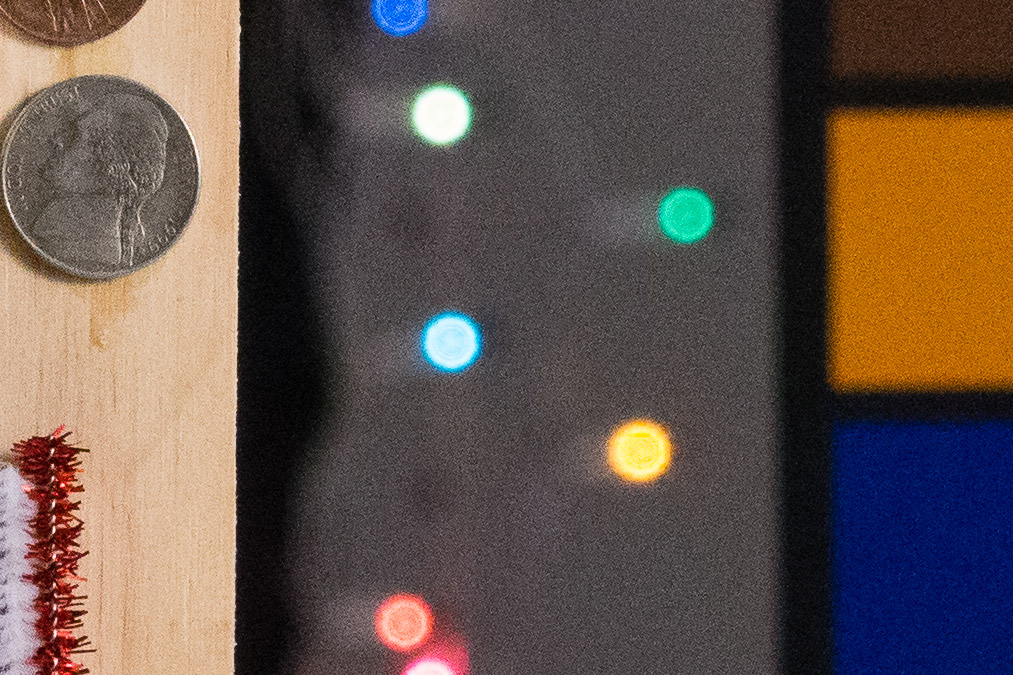
100% Crop 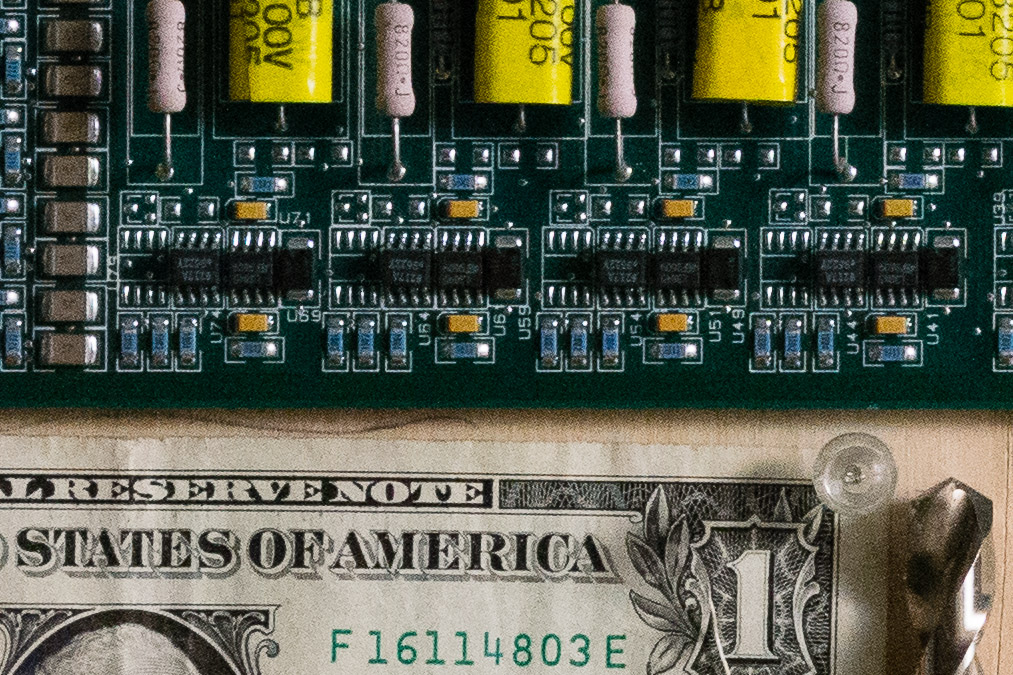
100% Crop 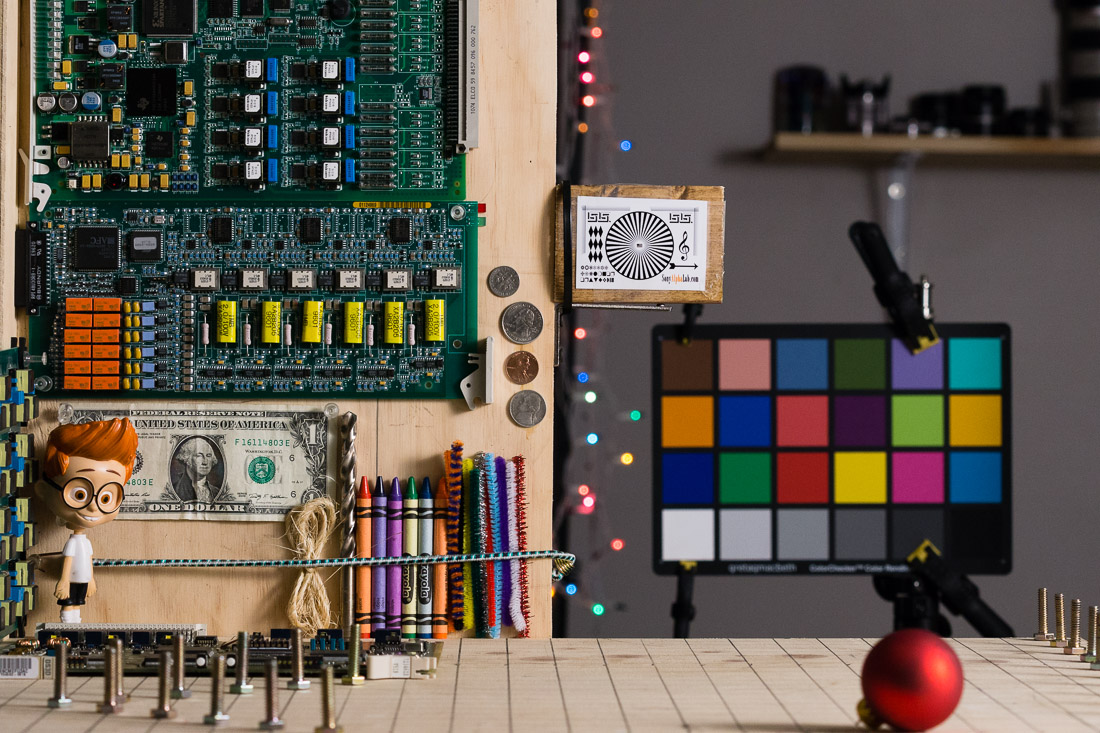
Sony A6000 @ ISO 1600 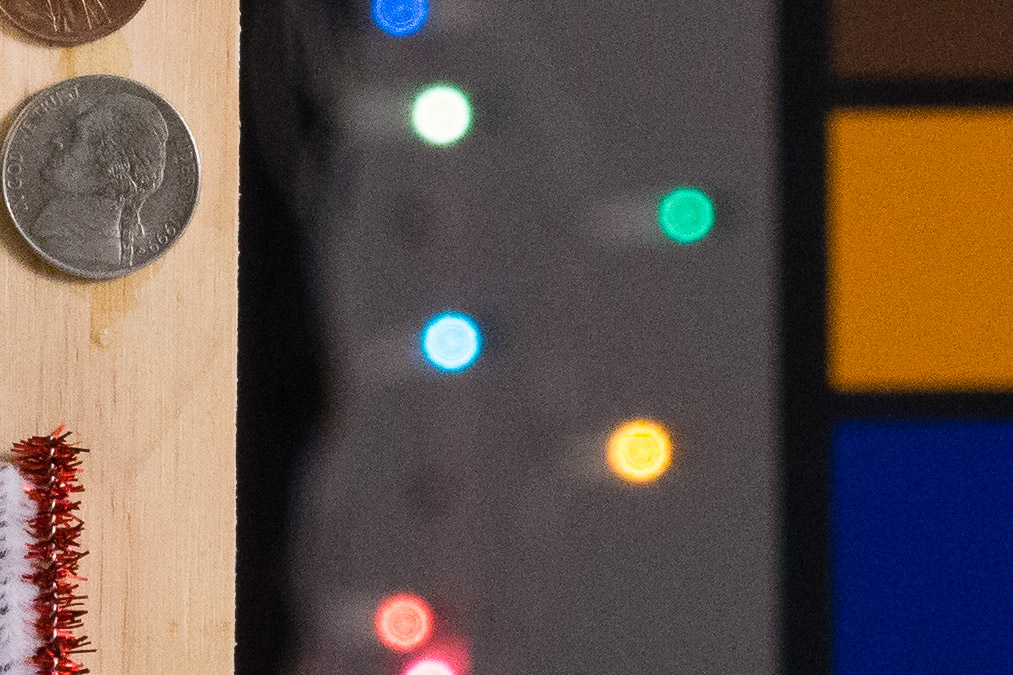
100% Crop 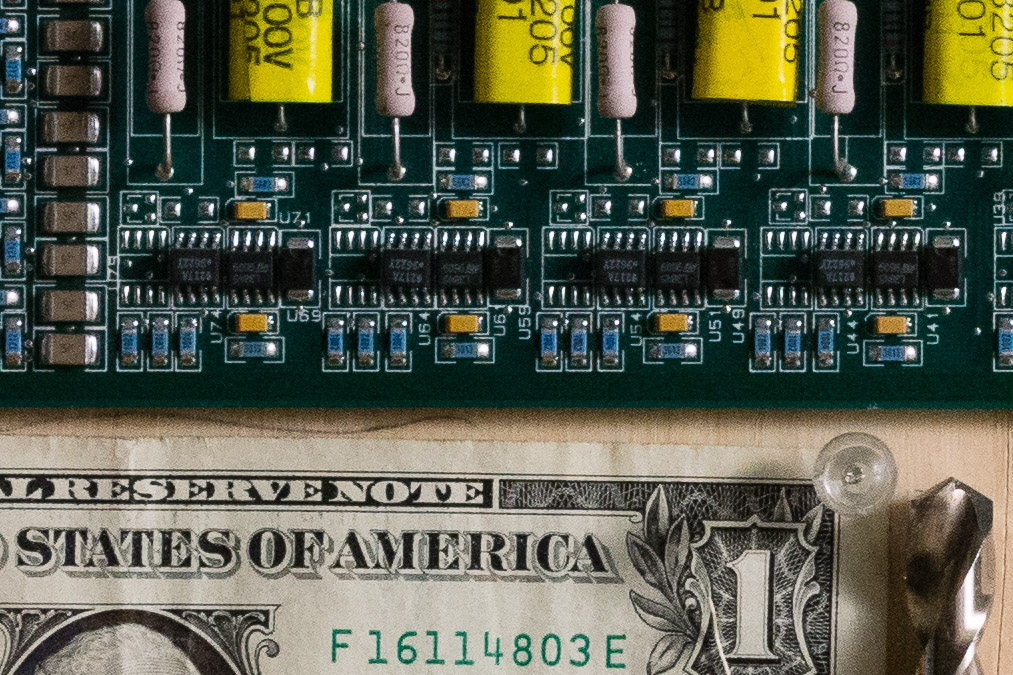
100% Crop 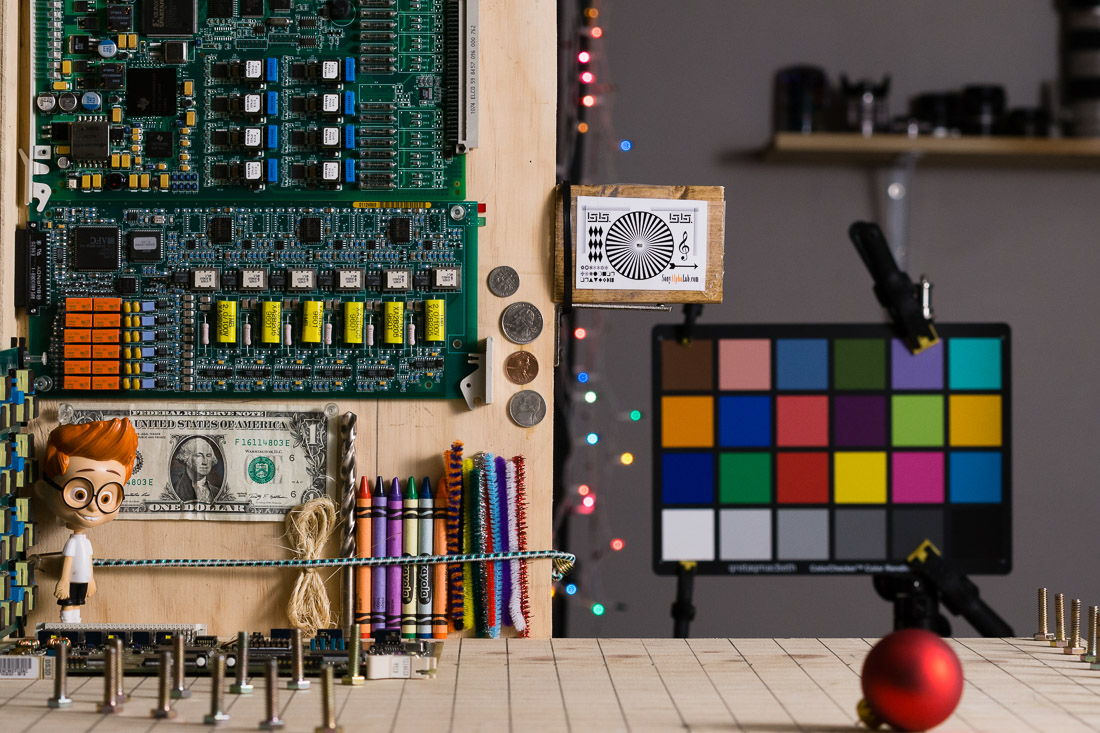
Sony A6000 @ ISO 800 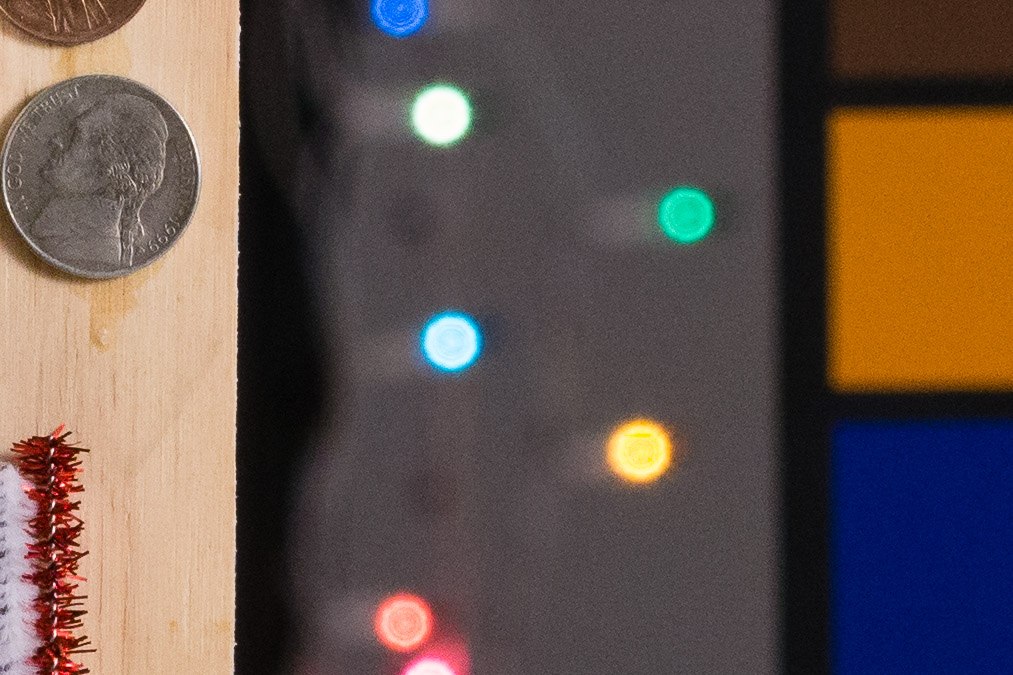
100% Crop 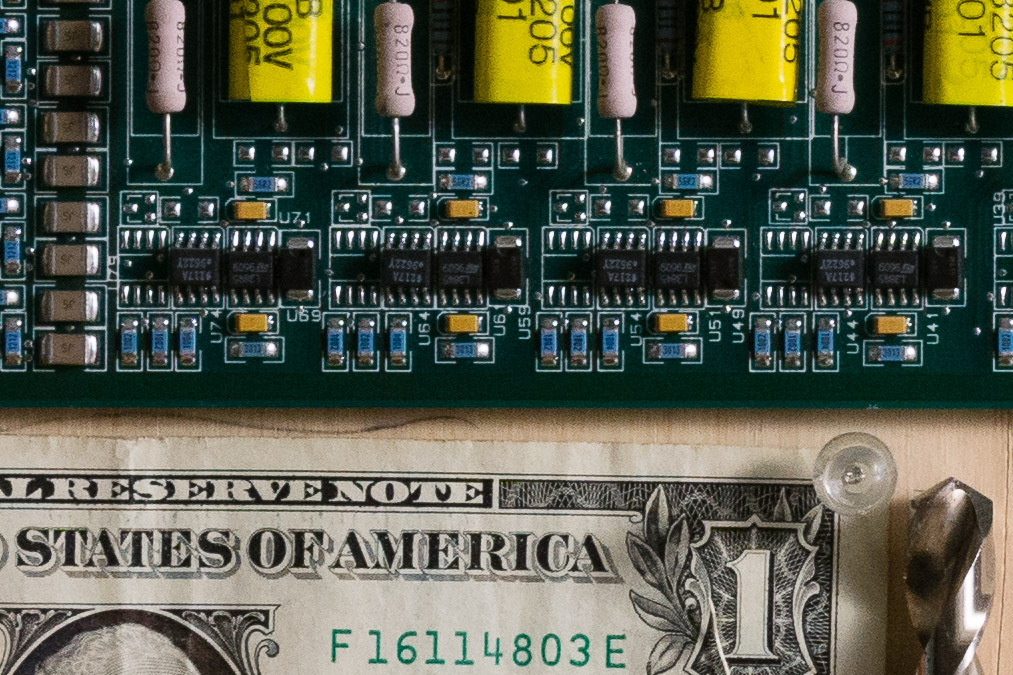
100% Crop 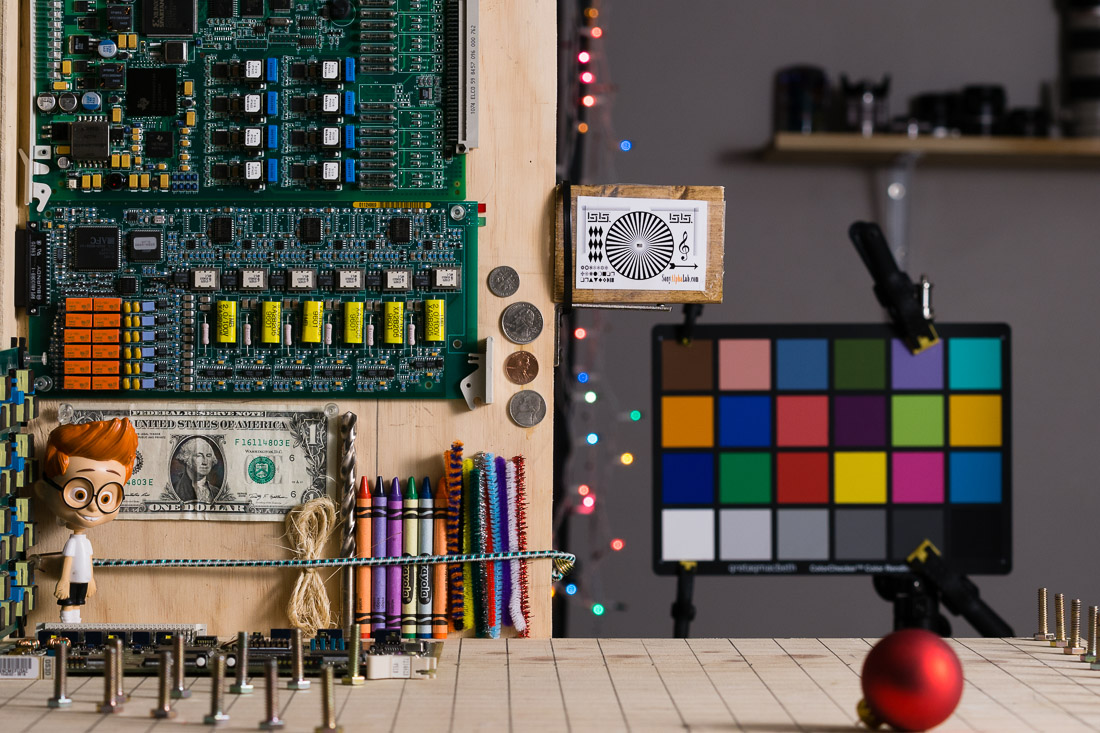
Sony A6000 @ ISO 400 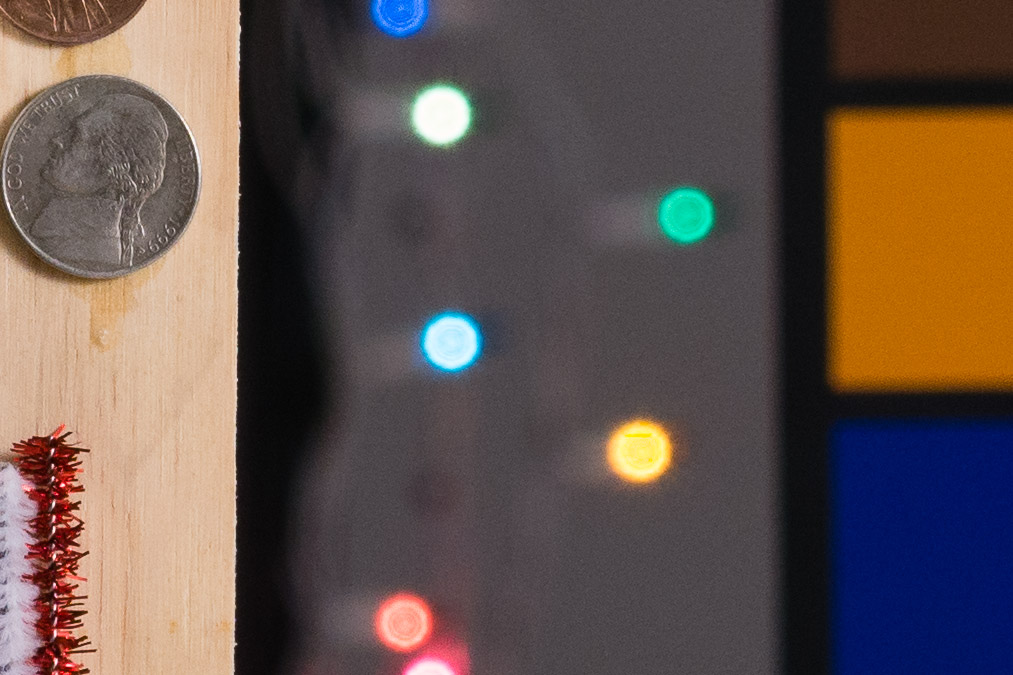
100% Crop 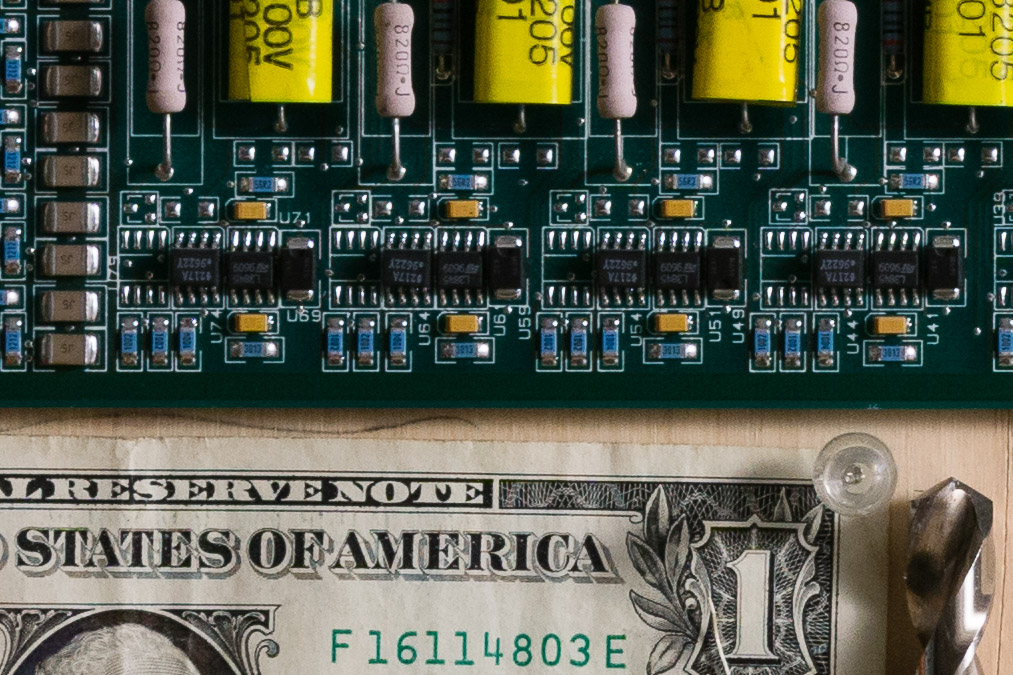
100% Crop 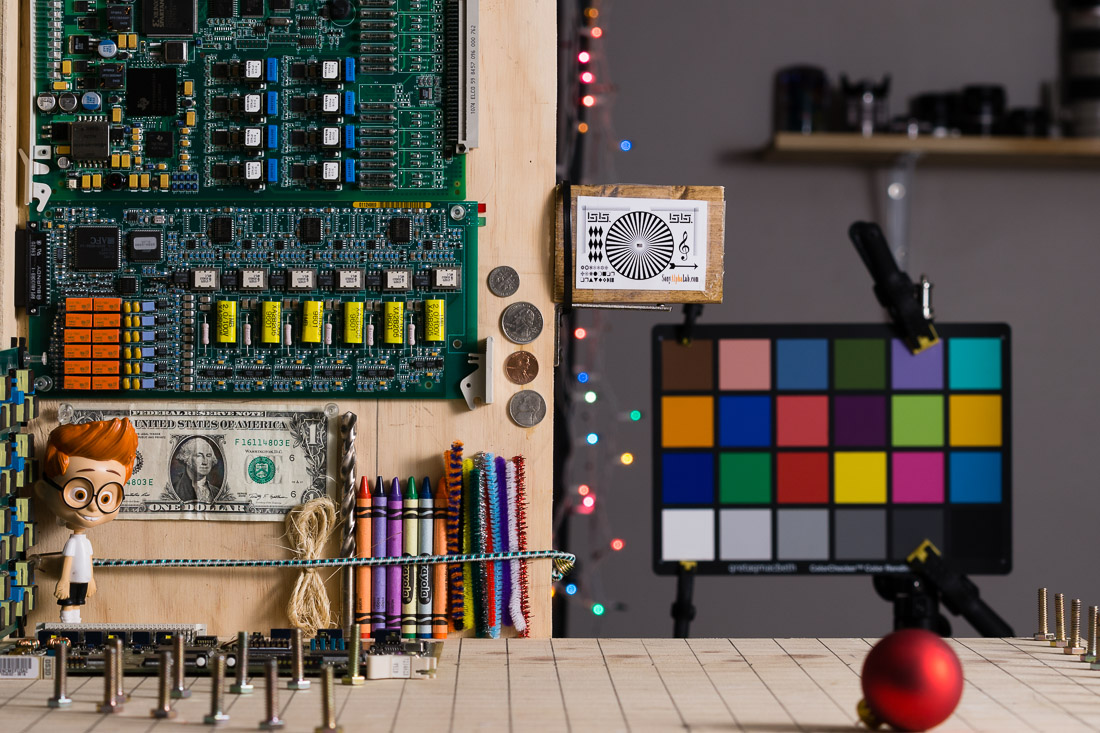
Sony A6000 @ ISO 200 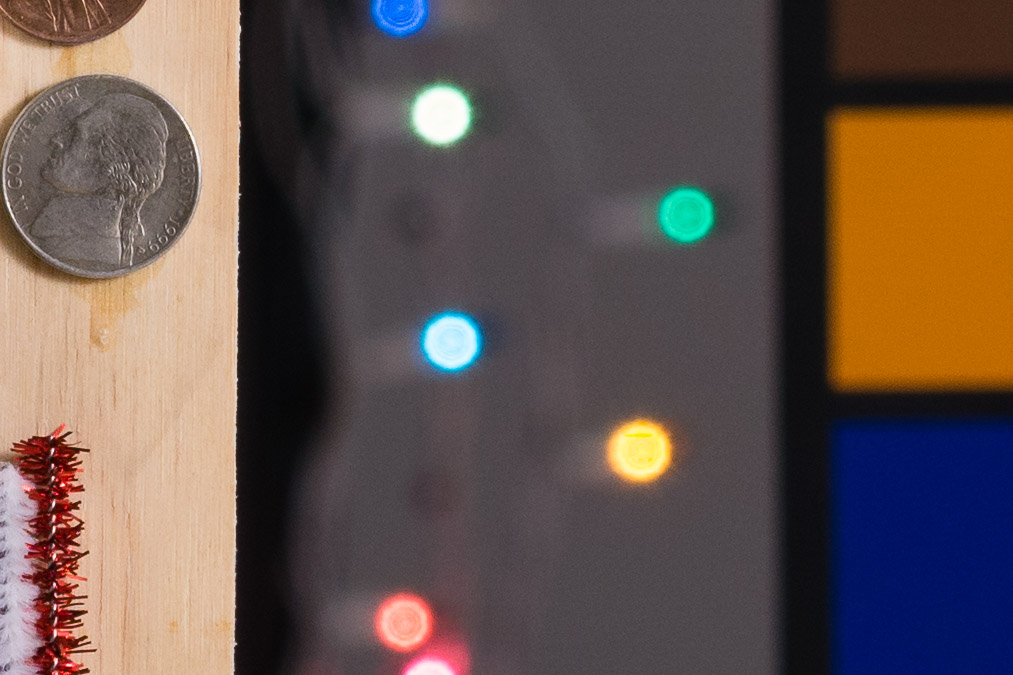
100% Crop 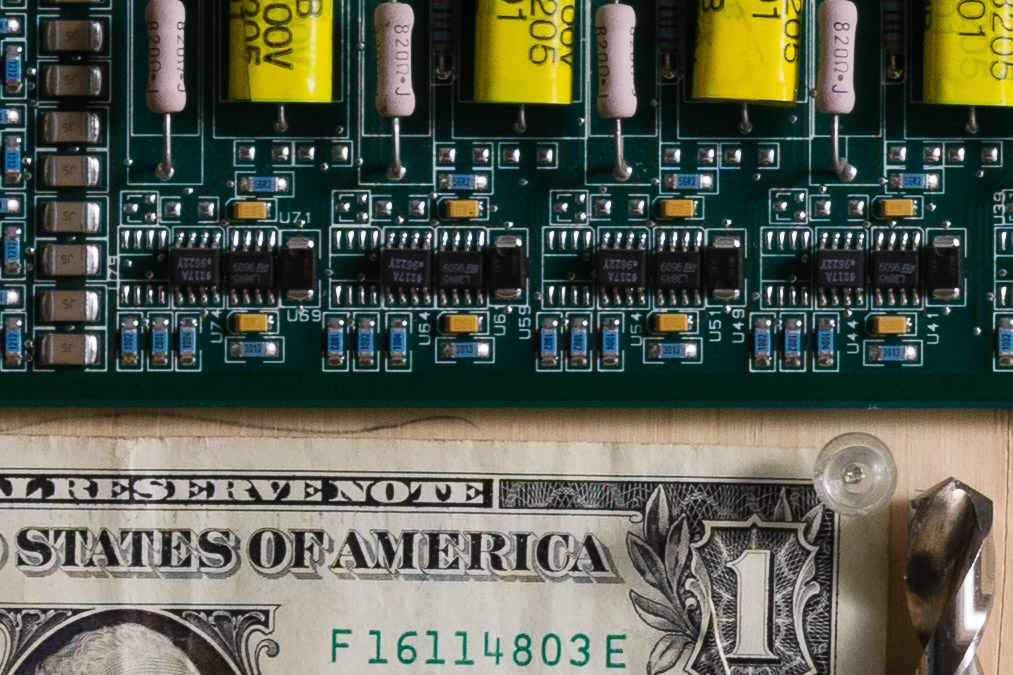
100% Crop 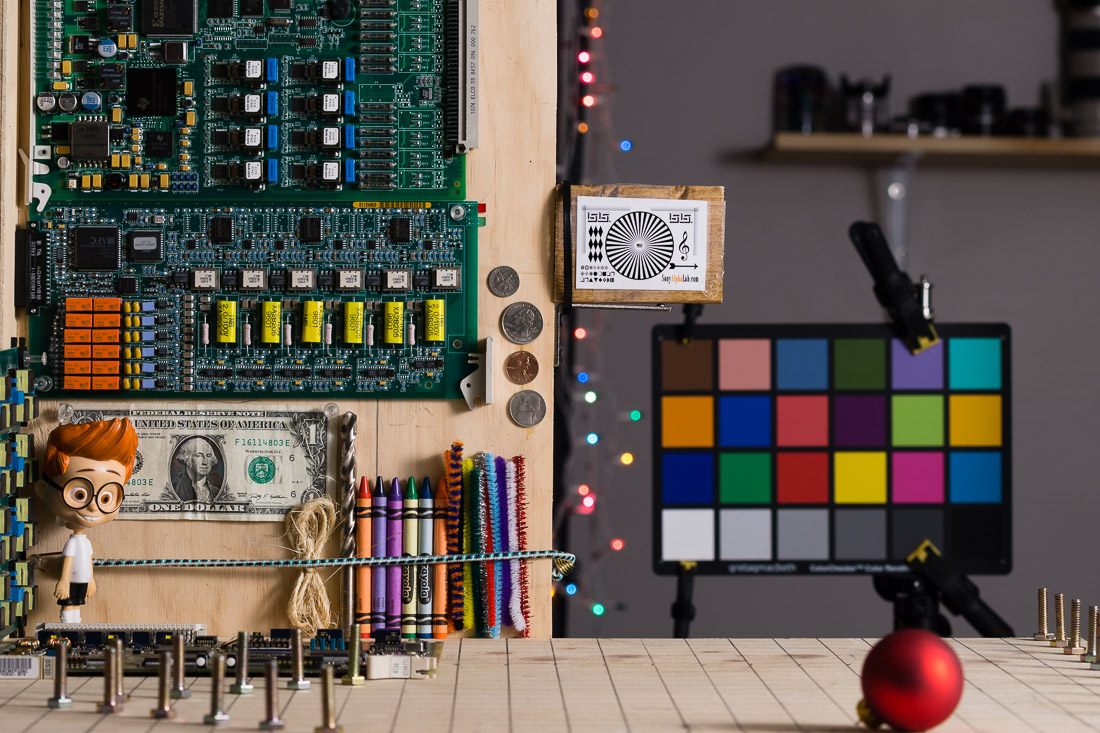
Sony A6000 @ ISO 100 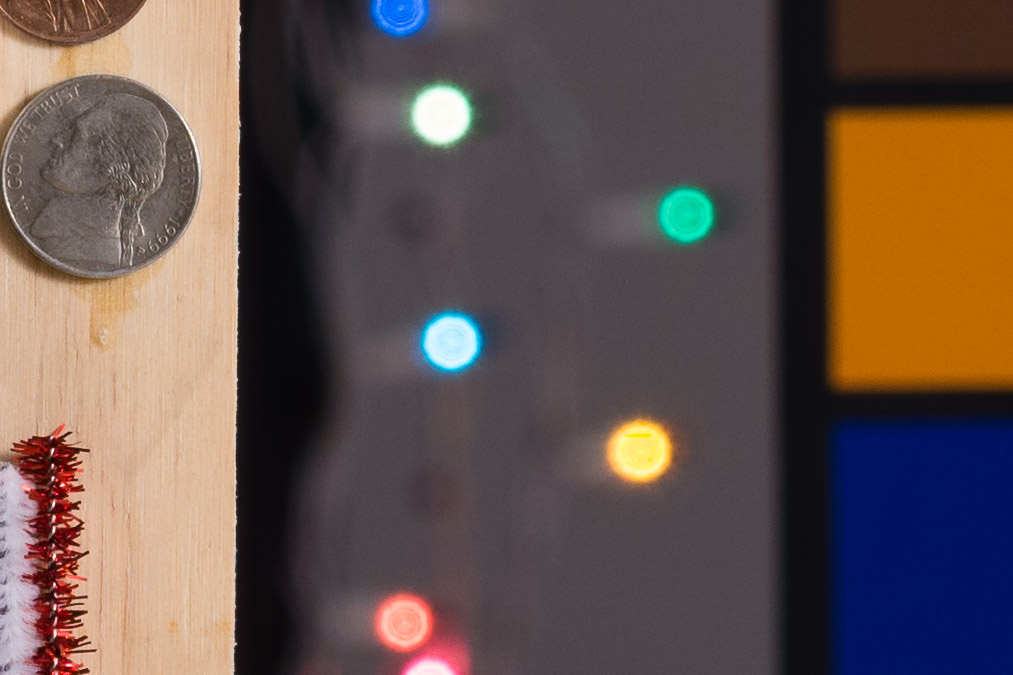
100% Crop 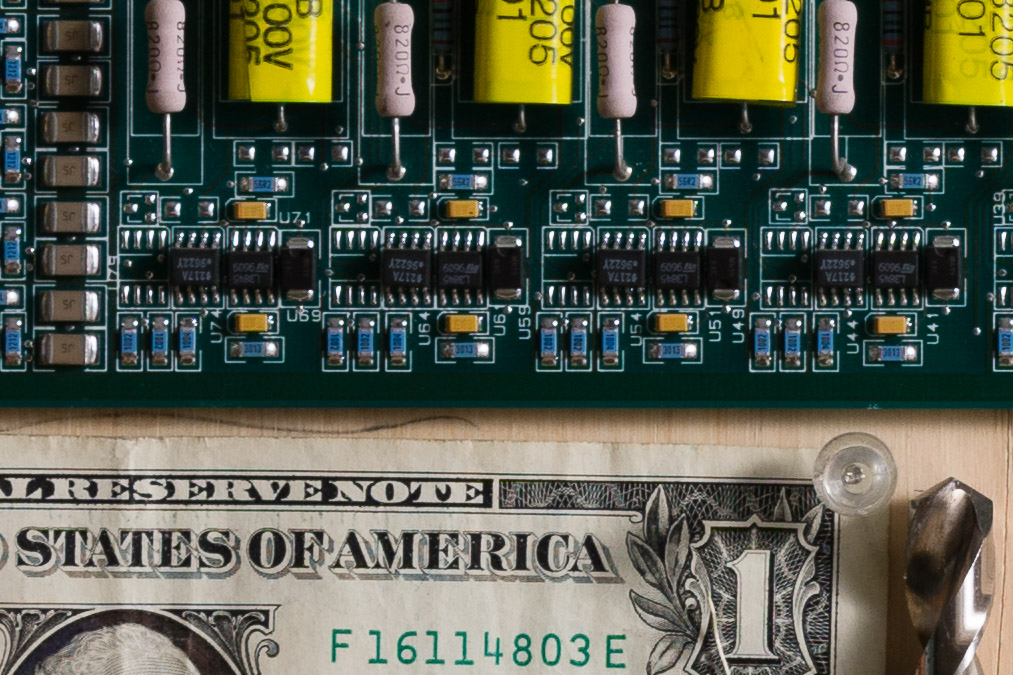
100% Crop
Sony A6000 Autofocus Testing
So I tried on a few occasions to see just how fast the Sony A6000 is in the real world and I came to a few conclusions. The new 172pt Hybrid AF is really fast and can track a moving subject at a relatively low speed when a shallow depth of field is being applied. At high speed and low depth of field, the hybrid AF is just not as good as the modern DSLR like the A77 II, A77, A58, A57, A99, and so on.
It just can’t keep up in some situations like Layla on a swing and me zoomed in to 105mm so she fills the frame. Her movement relative to the camera and depth of field is too fast for the A6000 when I tested it like this. If I zoomed out and created a much larger depth of field I did have some success, but I think that was more the fast shutter speed that saved the day rather than the actual AF speed. The swing test is a really hard one, so I went for Layla riding on her bicycle next and that was also really hard due to the shallow depth of field I created by zooming way in.
The A6000 did capture a few frames and did a decent job overall, but again did not perform to a DSLR standard that some might be looking for if debating a format switch.
Lastly I was playing around with the dogs at my brothers house and Sandy was running out to get her football and just trotting back to me at a reasonable speed. So, I went and got the A6000 and mounted up the killer 70-200mm f/4 OSS Lens and set the camera to High Speed shooting mode, Continuous Focus, and the Center Focus area. I then tossed the football and zoomed in to the dog while also trying to get as low as possible.
Sandy is one of the fastest dogs ever, so by the time I get down she is at the ball 😉 In any event, the slower trotting speed that Sandy carried on her way back to me me with the ball was captured by the A6000 with success. Shot after shot was sharp and it tracked accurately for almost the entire sequence of images over and over.
I was very impressed by this even though the speed was slower, because the fact that it tracked continuously on a moving dog is amazing in any situation. The Nex-6 for example can’t do this from my extended testing, but a DSLR can. A really good DSLR can track the dog at full speed with practice just for reference. All that being said, the A6000 AF performance is really good and a noticeable jump in tracking ability and hit rate over the Nex-6, Nex-7, and A5000.
Here’s a few sample photos showing off the fast tracking capabilities of the A6000, but first a photo of Sandy edited a bit from the testing sequence.

Consecutive high speed tracking sample photos @ 11FPS
Sony A6000 Sample Video
I took tons of sample video with the Sony A6000 using mostly the 18-105mm f/4 OSS G powerzoom lens which I’m also currently reviewing. The video quality is far superior to my older Nex-6 which is one of the reasons I took so much video in the first place. The focus is also significantly better in video mode with way less hunting.
The new BionzX processor really helps speed things up and allows for the camera to process the video more in the limited time available. The results are really good in my opinion, although the output format is still the same AVCHD which is limiting for editing purposes, but small in file size as a compromise. Regardless of the format, the output quality is much less grainy and has much less moire’.
First a low light video from an aquarium trip the family and I took a few weekends ago 😉 Be sure to select the HD Video Quality once the videos start playing!!
I then took even more video in good light to see how it performs and was very impressed yet again! See for yourself:
Sony A6000 vs Sony Nex-6
Below is an illustration I made up in Photoshop comparing the A6000 vs the Nex-6 side by side, but I also wrote an article dedicated to this linked below.
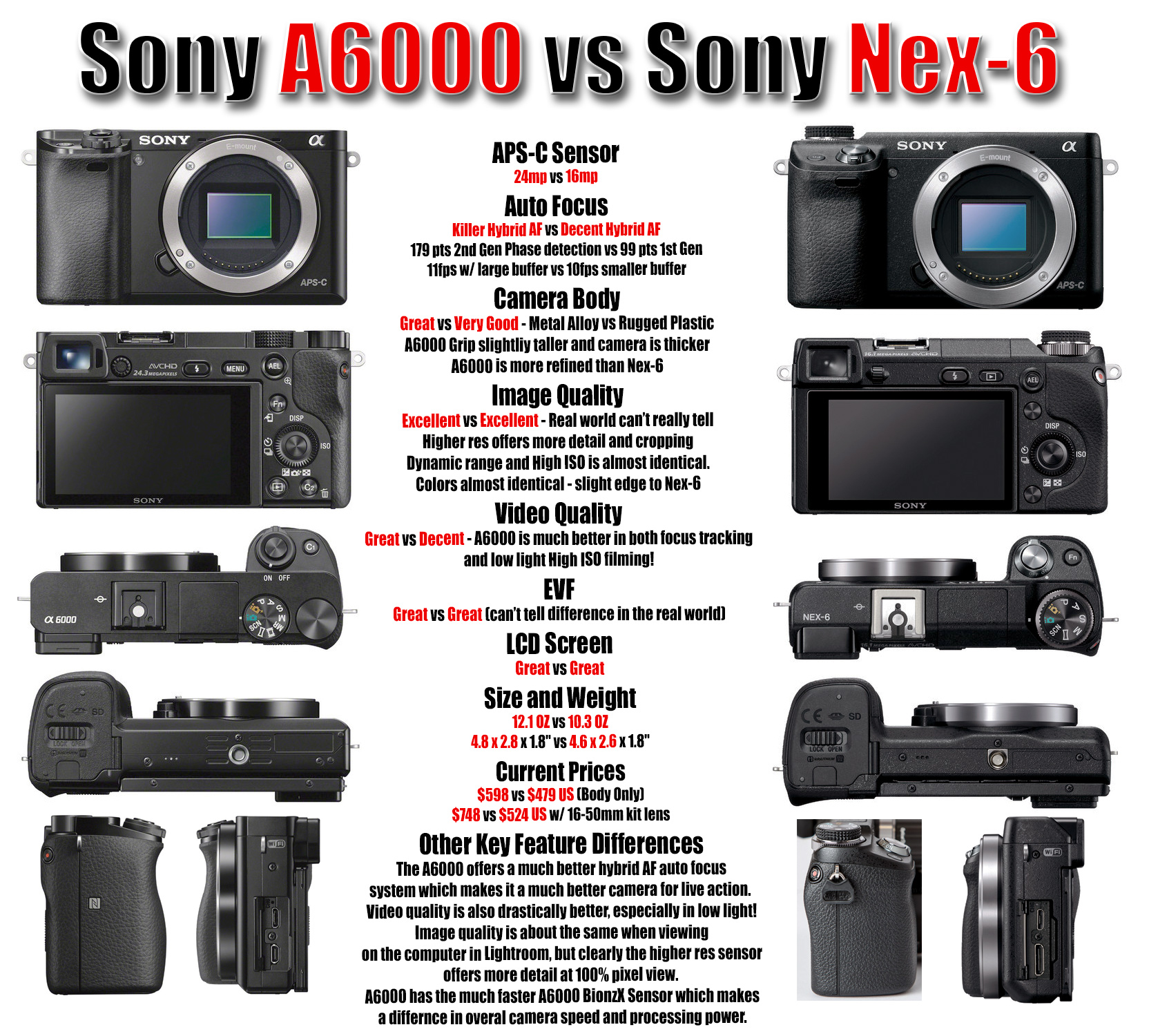
A6000 vs Nex-6 Comparison Video
I also recently created an entire article dedicated to comparing the A6000 vs the Nex-6 Here >>
Sony A6000 vs Nex-6 VS Nex-7 – Sensor Scores
Courtesy of DXOMark.com (Click here and scroll down a little), we have the sensor scores from all three cameras and see for yourself their scientific testing and scores:
Sony A6000 and Lens Adapters
I tested a few lens adapters on the A6000 including the powerful Metabones III electronic unit which I use with my Canon EF lenses, and the passive RainbowImaging adapter which mounts to the old school Minolta lenses.
I created an entire article on this with tons of sample photos and much more detail here: Sony A6000 and Using Lens Adapters >>, but I do want to share a few shots I took with the various adapted lenses in this review though, so first a simple flower photo taken with the Canon EF 24-105mm f/4 L IS Lens via the Metabones III lens adapter.
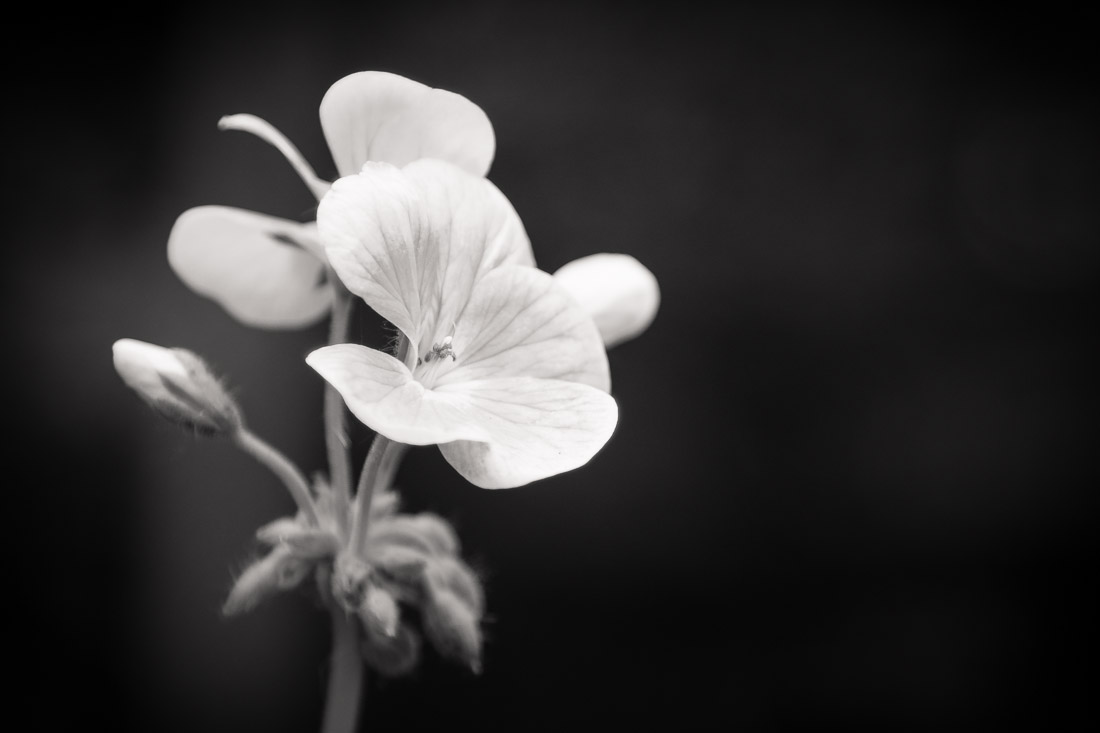
I took the next two photos with the Minolta MC 50mm f/1.4 Rokkor-X lens and you see just how narrow the depth of field can be 😉
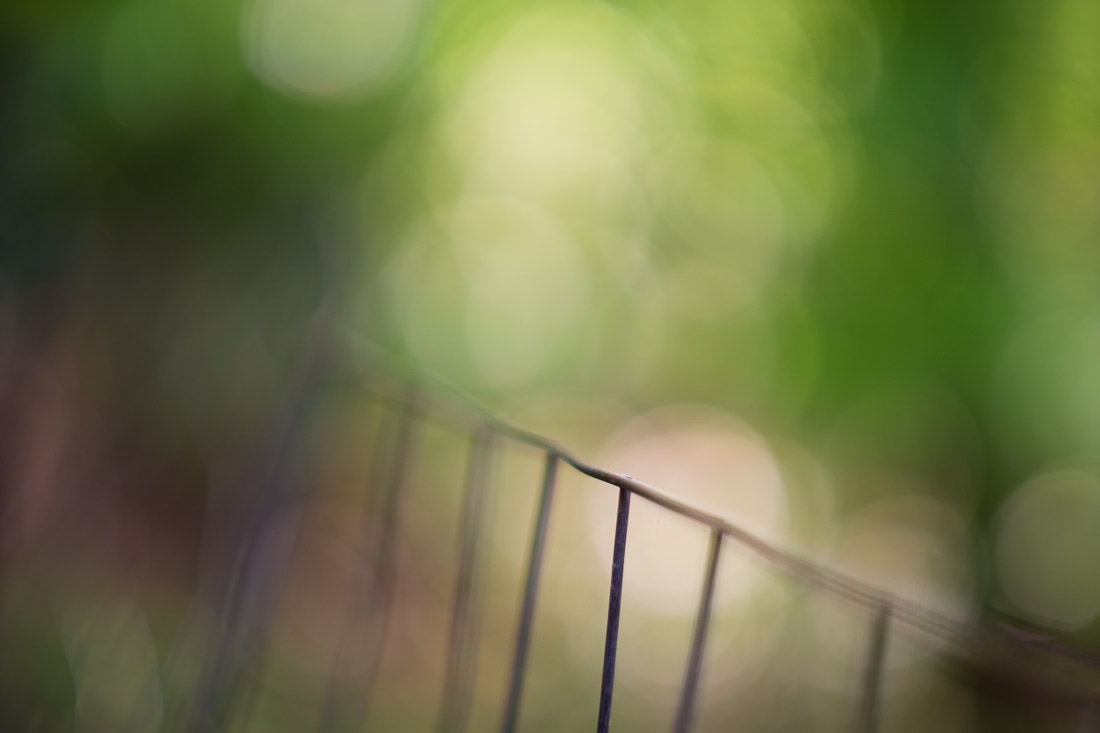



Conclusions
The Sony Alpha A6000 is the best all around mirrorless camera Sony has made to date! It really has everything we “need” to get the job done in one convenient well made and affordable package. Is it perfect? Well considering everybody wants slightly different things in a camera, of course it’s not perfect. However, it’s as close as you can get for the given price point in my opinion. It could use another manual control dial though for a true tri-navi system and a touch screen would be nice. I also notice the level gauge is gone which I did really like and use often on my Nex-6. The cost is really kept down though by leaving these few things out. Remember it’s only $648 Off for the A6000 Body Only!
So, coming from the Nex-6 the A6000 has more mega-pixels, faster processor, a much better autofocus system, much better video quality, better build quality, and an overall refined design. Coming from the Nex-7, you get an updated 24mp sensor that has lightning fast auto focus in comparison, huge high ISO improvements for low light shooting, and a new body design that does not have the killer tri-navi layout. It’s worth upgrading for the faster auto focus, high ISO abilities, and better video if you use those features, otherwise not really worth it in my opinion. Same goes for the Nex-6 as the image quality is not that much better in the real world.
The A6000 has a lot to offer and if you are ready to upgrade from a point and shoot or try out the mirrorless cameras for the first time instead of the bulky DSLR you are lugging around, it’s a great option! The older Nex-6 is also a great option being on sale and all with the newer A6000 in the spotlight and all. If you need a 180 degree flip screen, then the A5000 is the way to go which I recently reviewed here>>
I hope you got what you’re looking for in my Sony Alpha A6000 review, and please feel free to ask questions below if you have them.
Support and purchase links:

